Everything Apple Announced at Its “Far Out” Event
The September Apple event, known this year under the subtitle "Far Out,” has come and gone. So, what did the Cupertino tech giant unveil this year? In case you missed it, I’ve pooled all the information in one place so that you can stay up to date.
If you want to see the event, click the video below to watch the replay.
Apple Fitness+
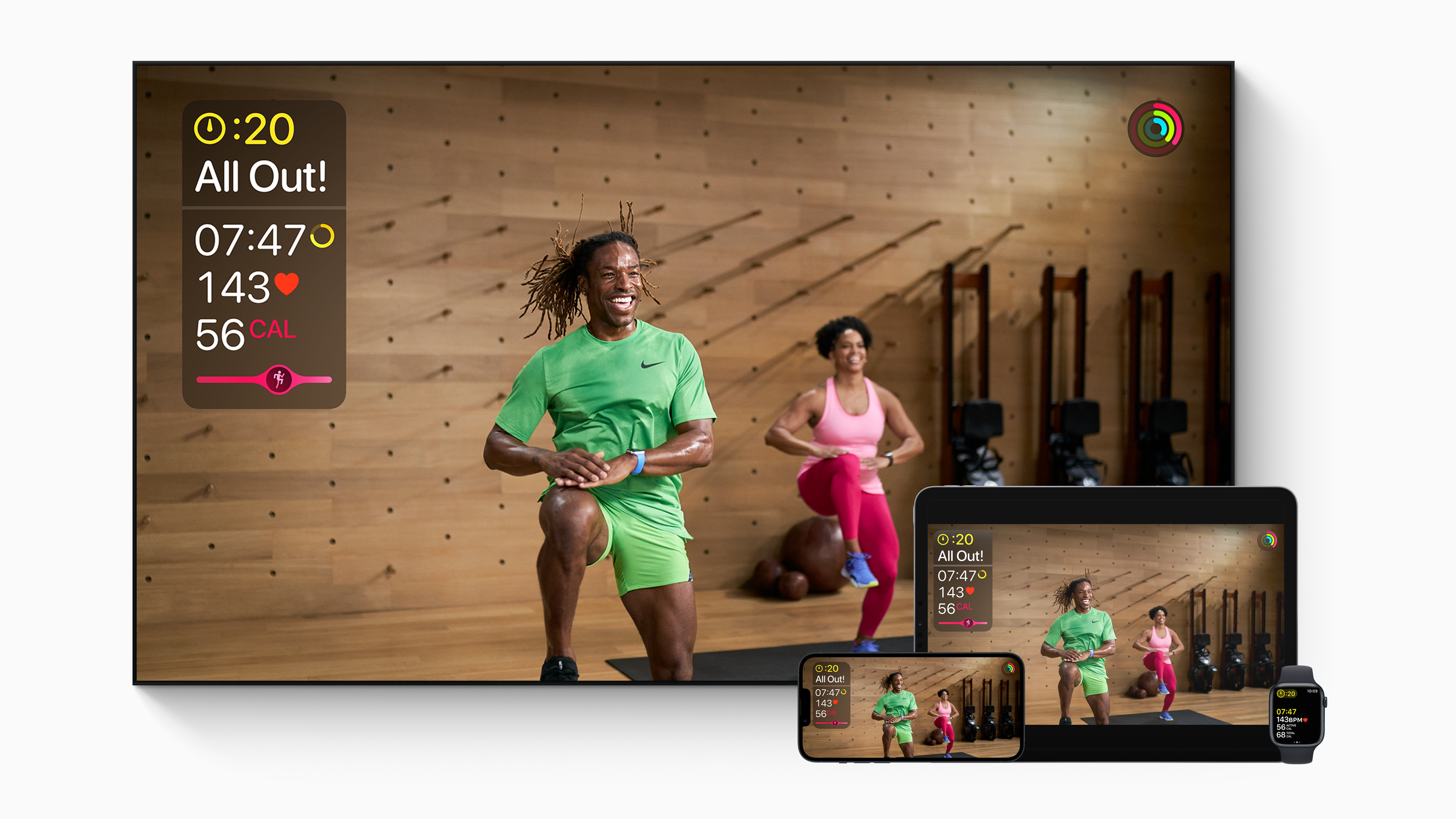
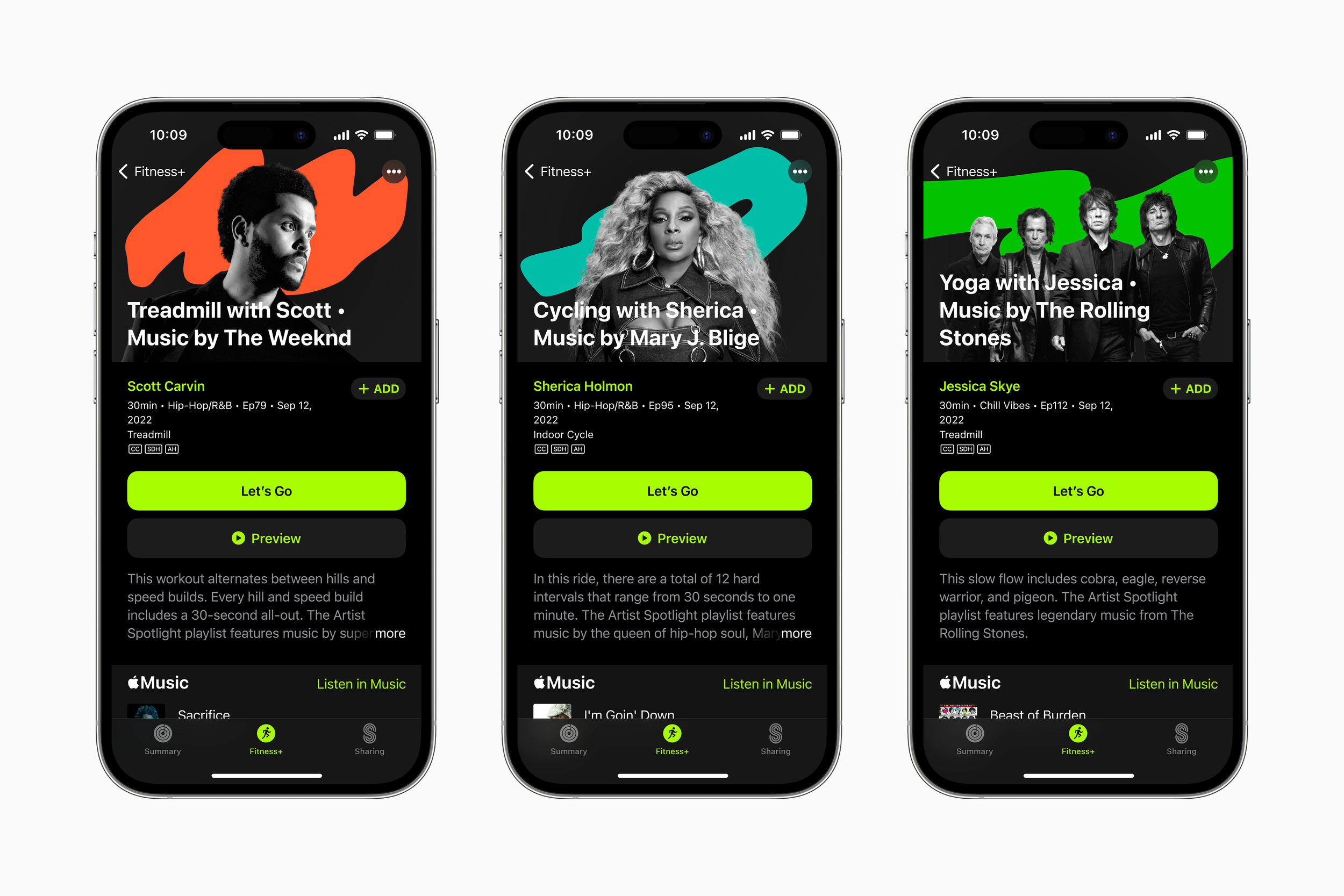
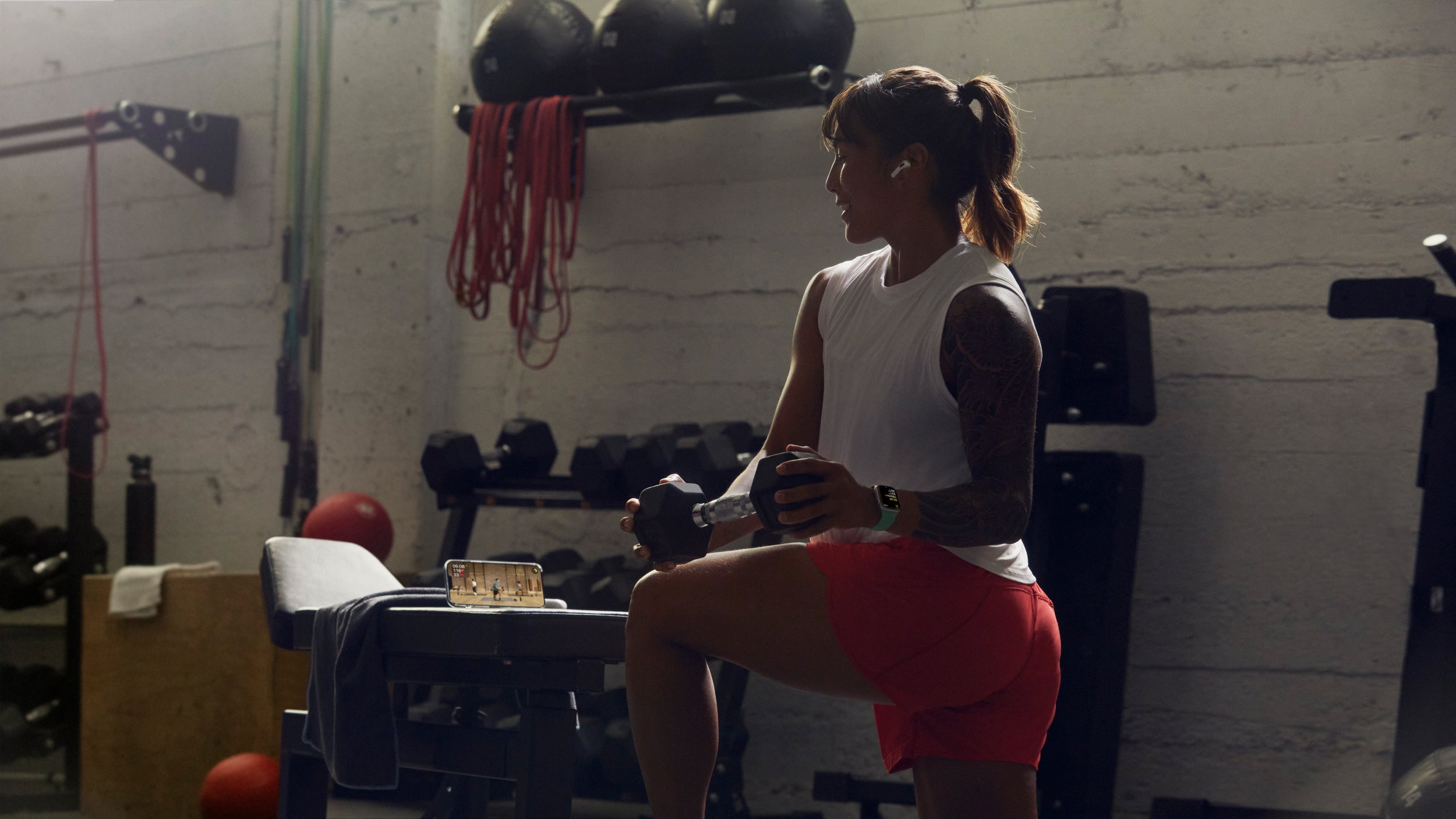
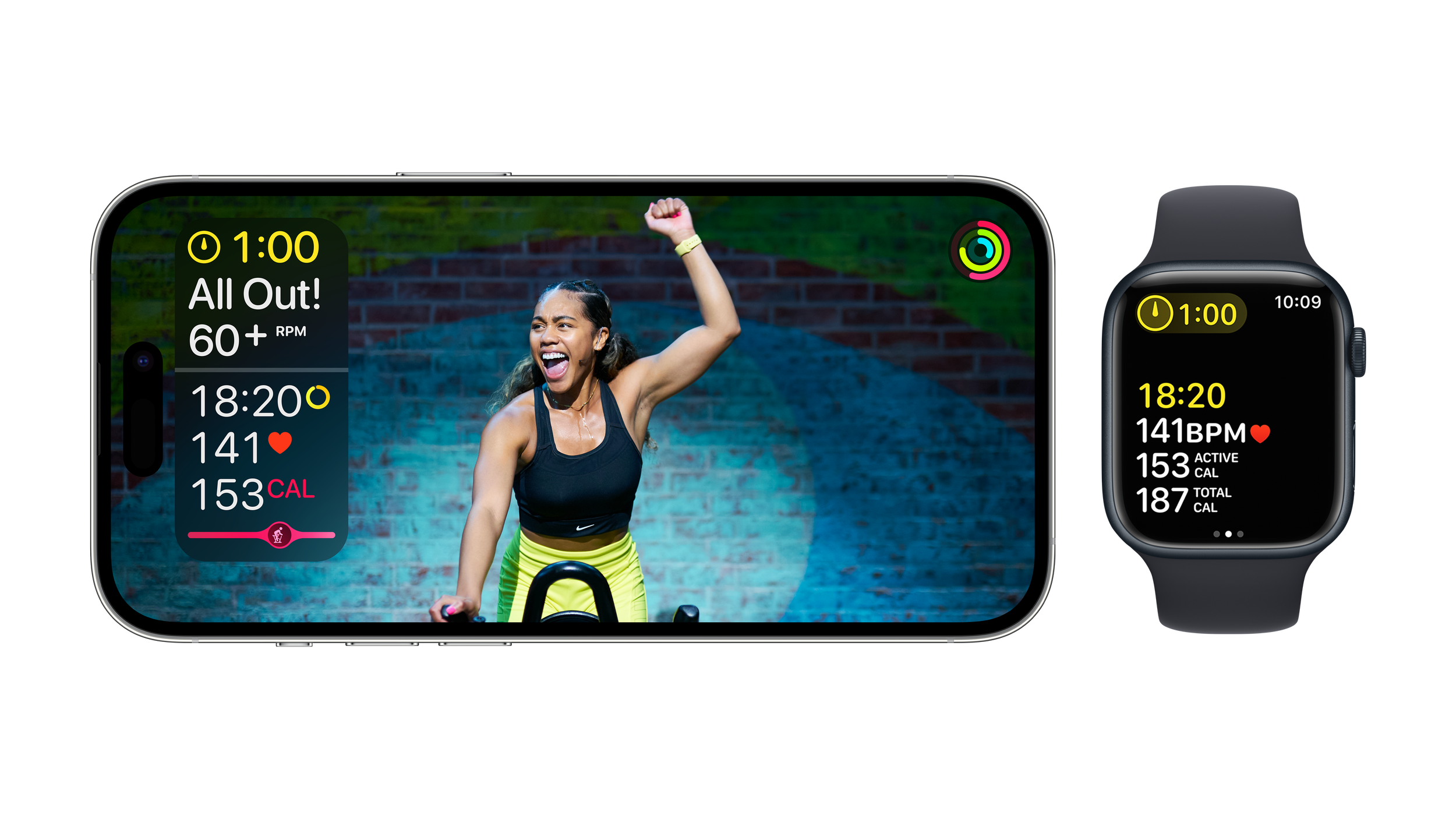
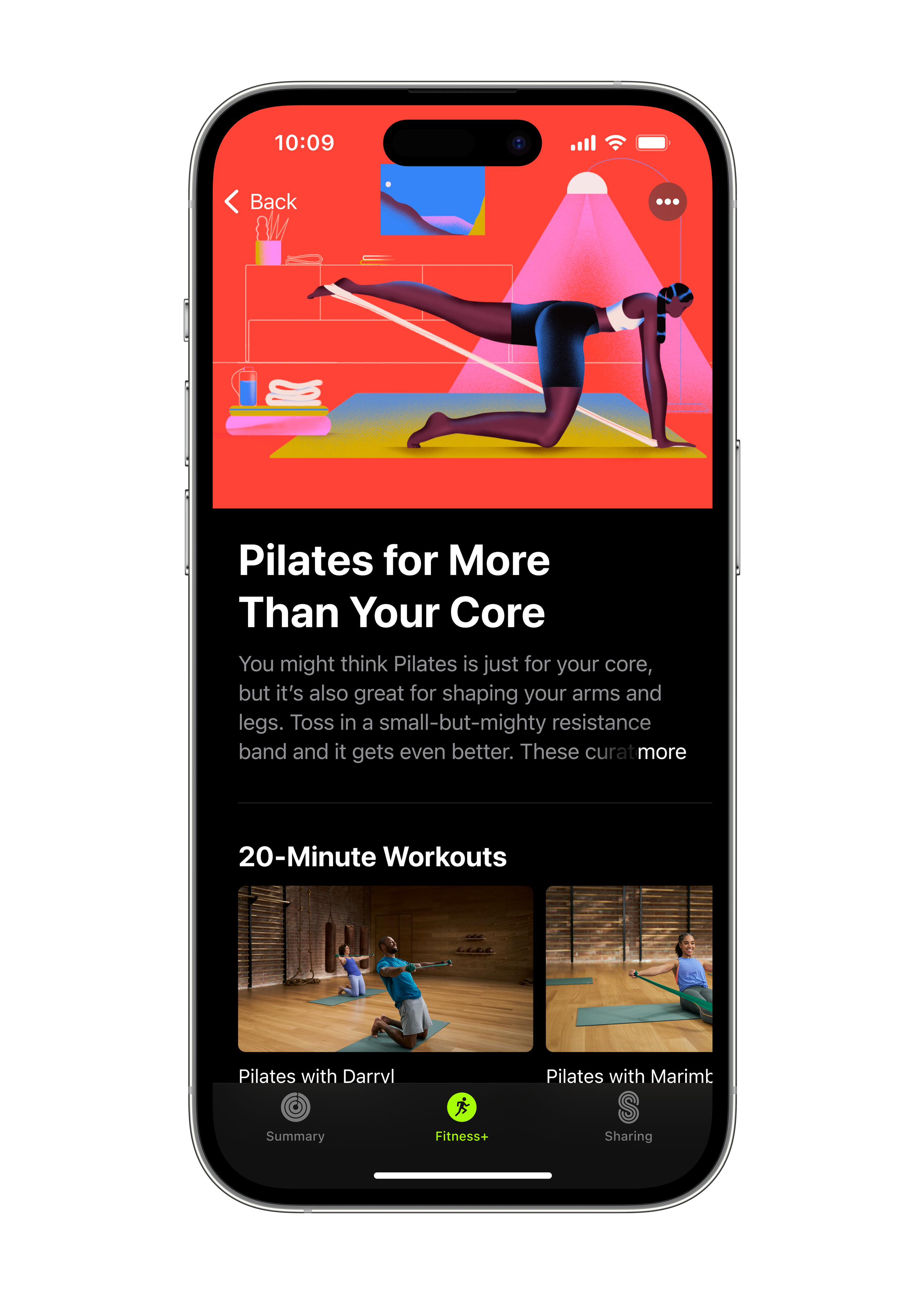
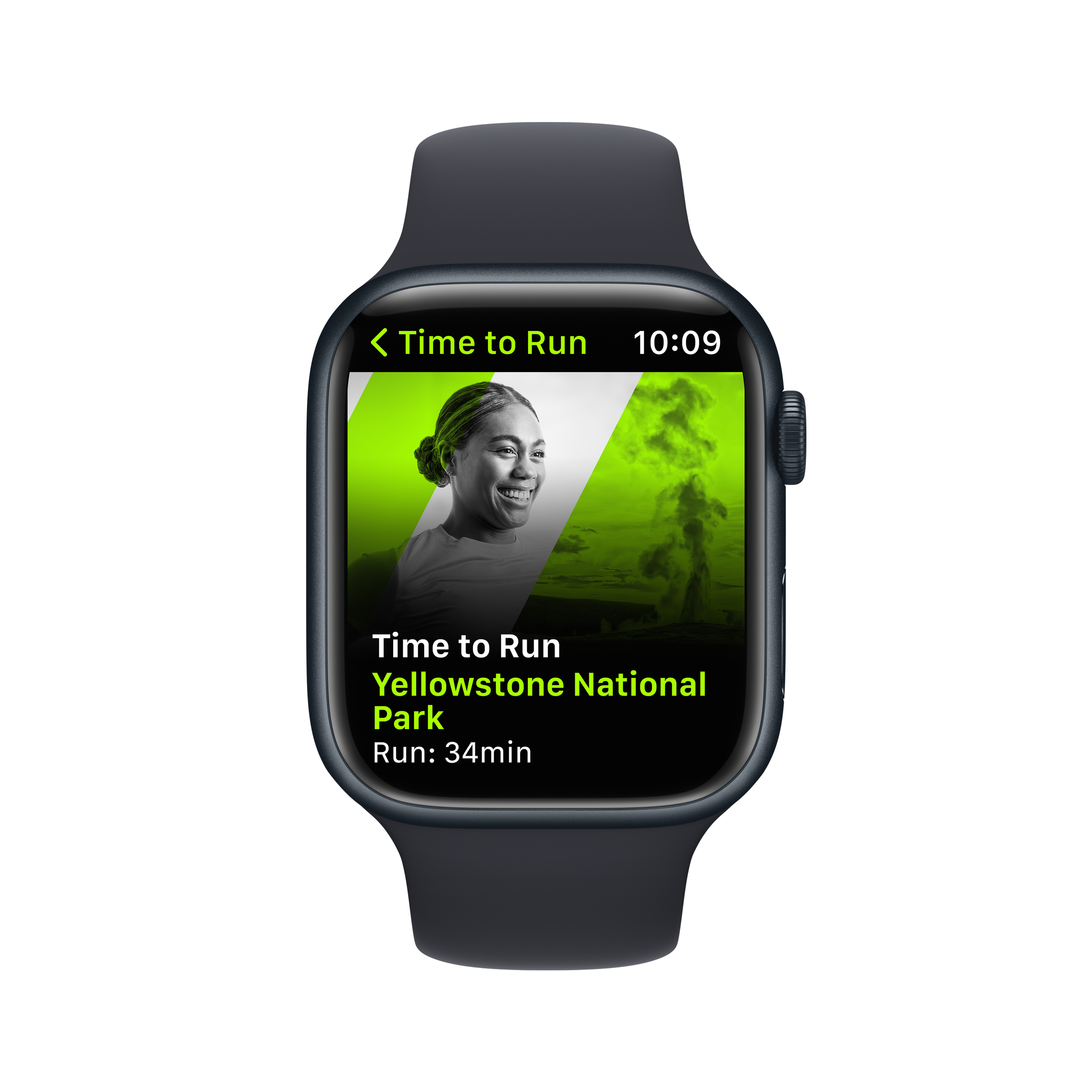
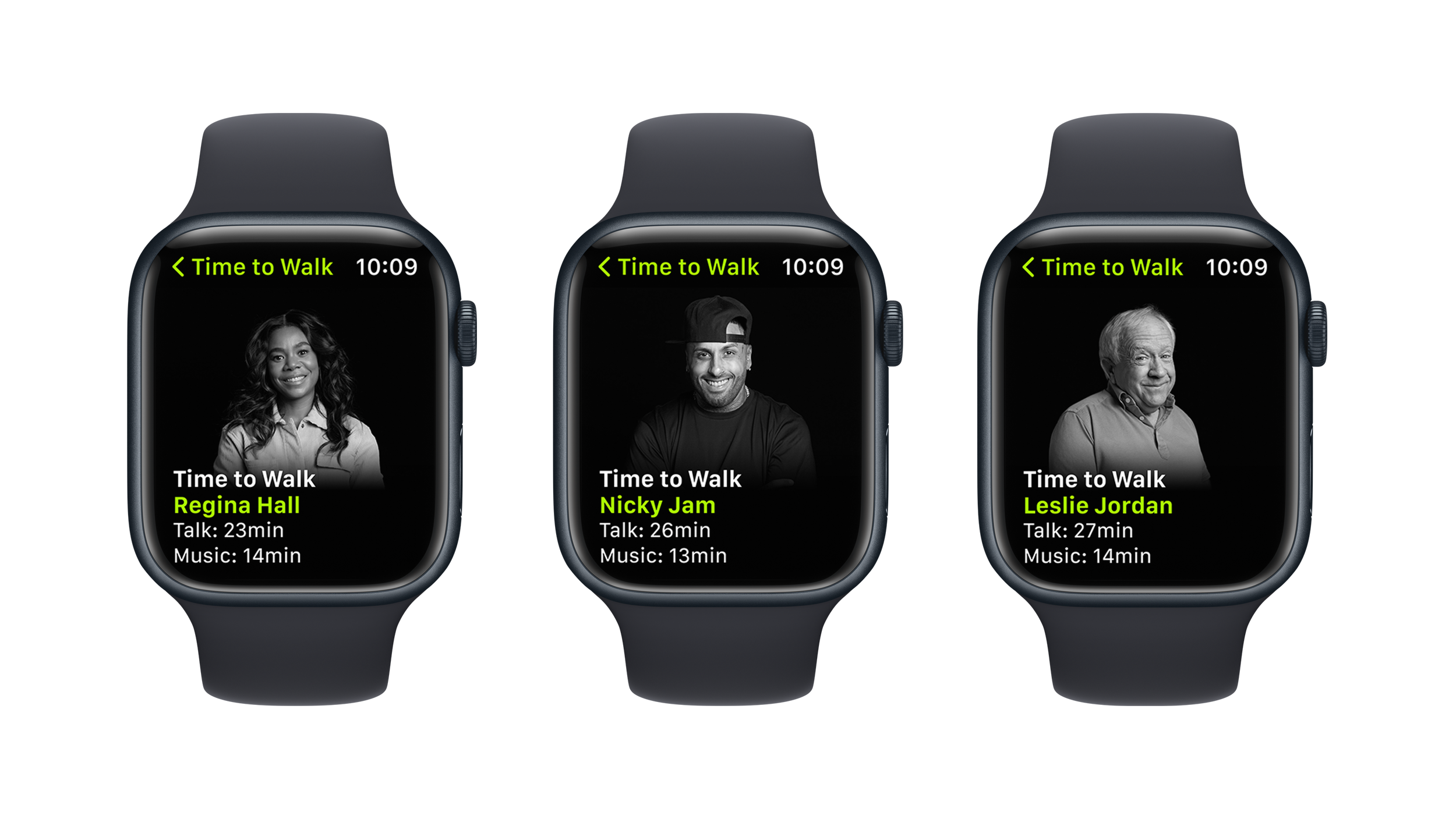

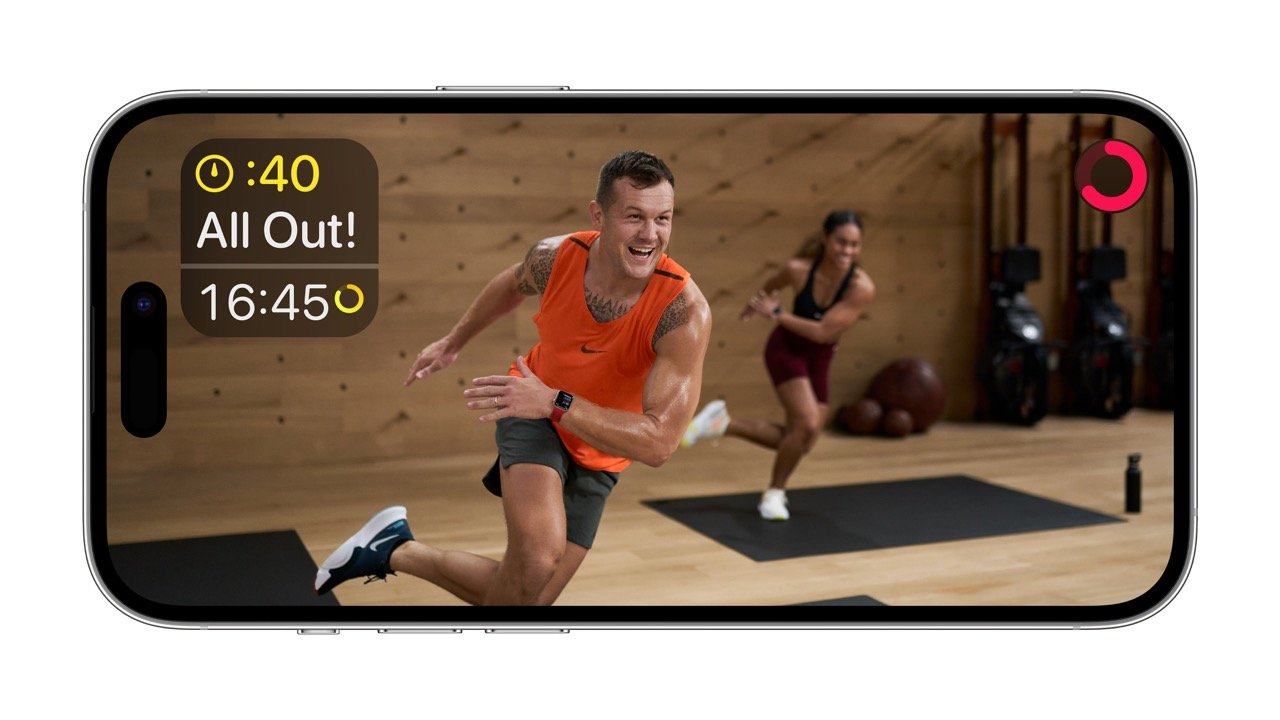
For those who subscribe to Apple Fitness+, Apple gave a brief update on the fitness and wellness service during the event. The first update to the service is that the service will now be able to all iPhone users (well, with an iPhone 8 or later with iOS 16 installed) without needing an Apple Watch. This update will come “later this fall,” according to Apple. Today, the service will introduce the fourth season of Time to Walk, featuring new guests, including award-winning actor Regina Hall, Latin Grammy winner Nicky Jam, and Emmy Award-winning performer Leslie Jordan. In addition, Time to Run will start its second season exploring new locations like Yellowstone National Park in Wyoming, Mexico City, and Queenstown, New Zealand. On the same day, Fitness+ will launch an Artist Spotlight series featuring music from Mary J. Blige, The Rolling Stones, and The Weeknd. Additionally, the newest Collection, Pilates for More Than Your Core, will debut and expand its team by introducing a new Yoga trainer, Dice Iida-Klein.
“Since launching just under two years ago, we have heard incredible feedback from users on what a difference Fitness+ is making in their lives. We are thrilled to bring the award-winning service to even more people by making Fitness+ available to all iPhone users later this fall, even if they don’t have an Apple Watch,” said Jay Blahnik, Apple’s vice president of Fitness Technologies. “We can’t wait for more people around the world to stay motivated toward their fitness and wellness goals, and live a healthier day.”
The Apple Watch Lineup
First, let's talk about Apple Watch Series 8 and the new Apple Watch SE.
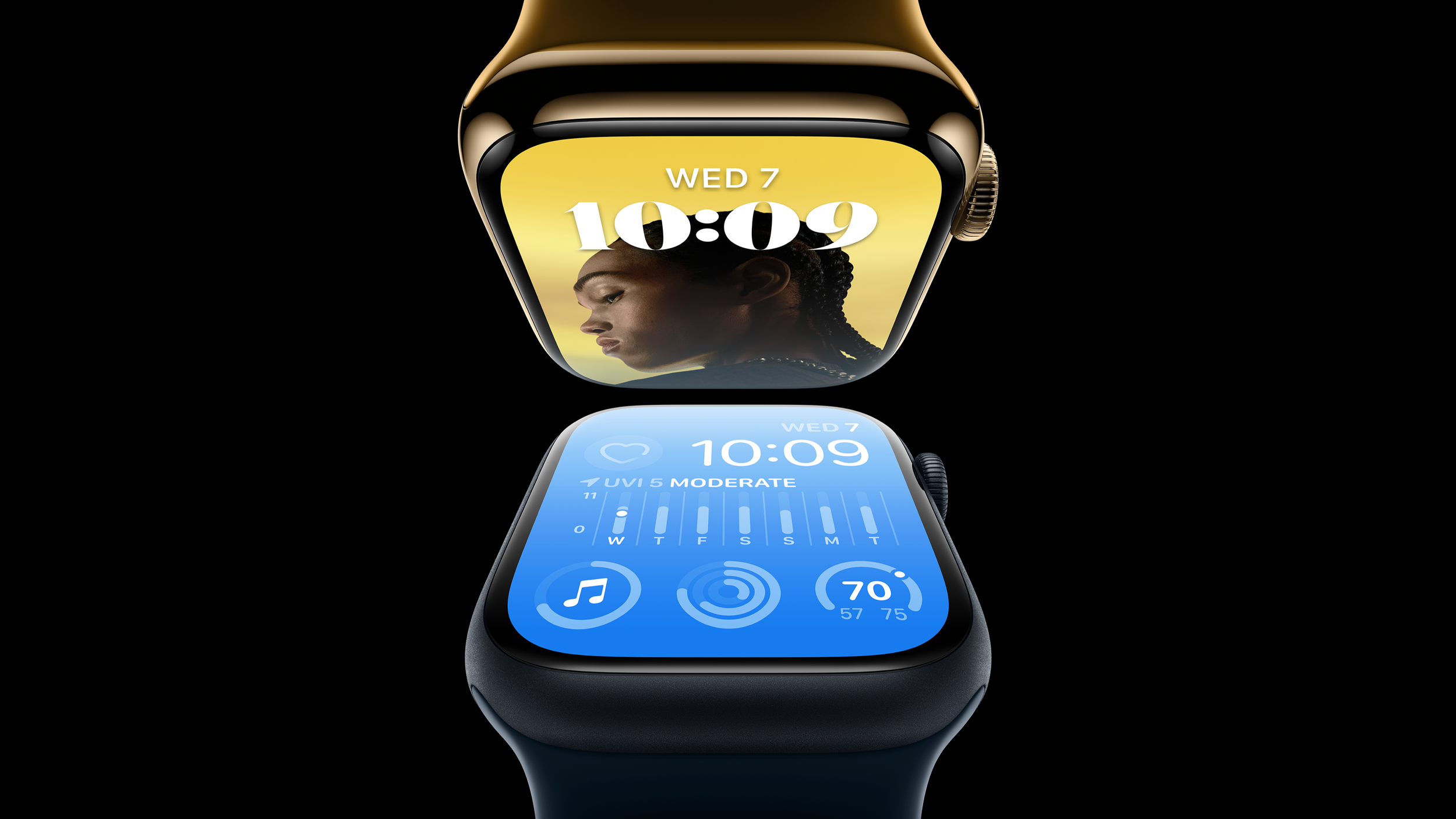
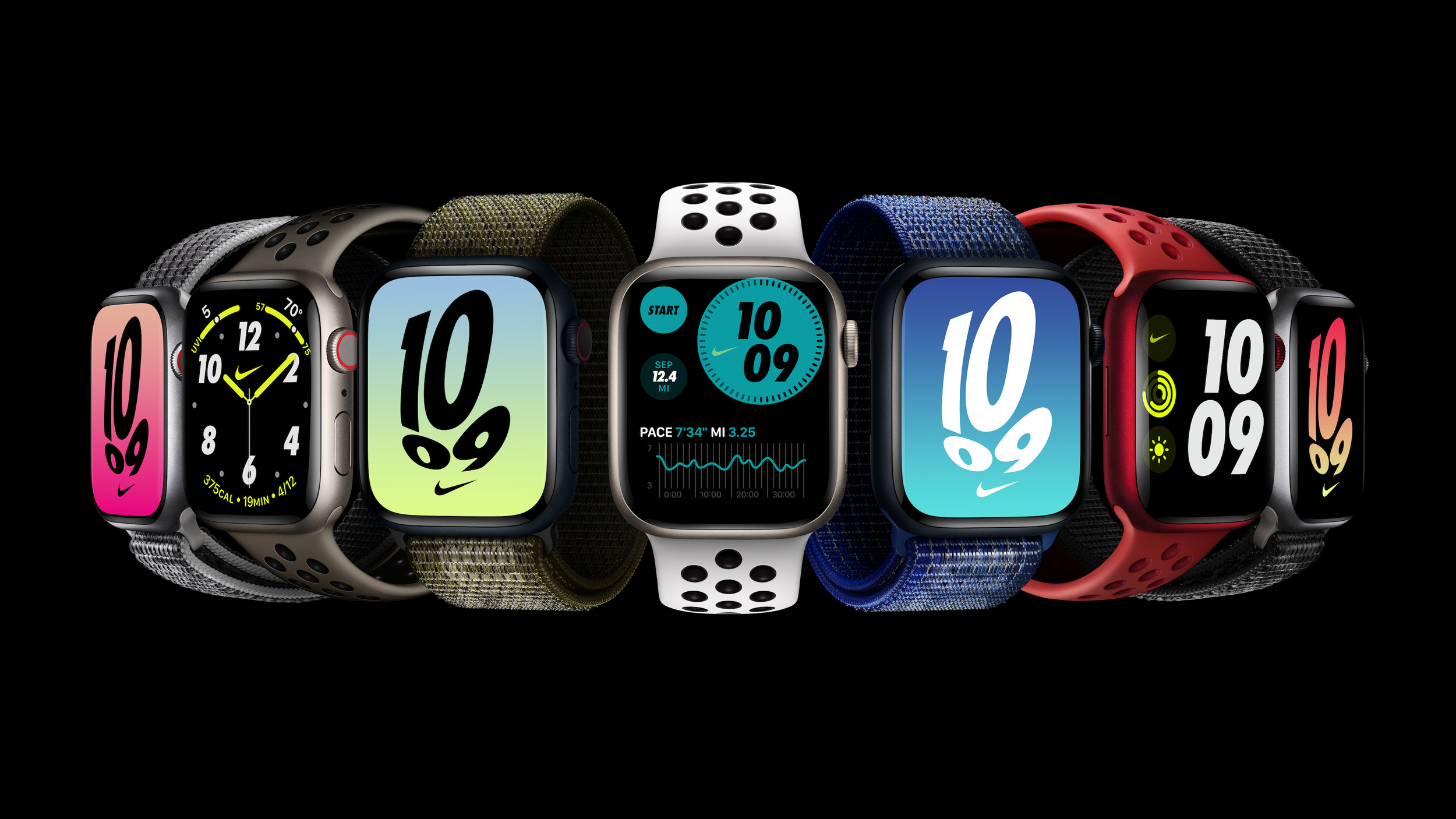
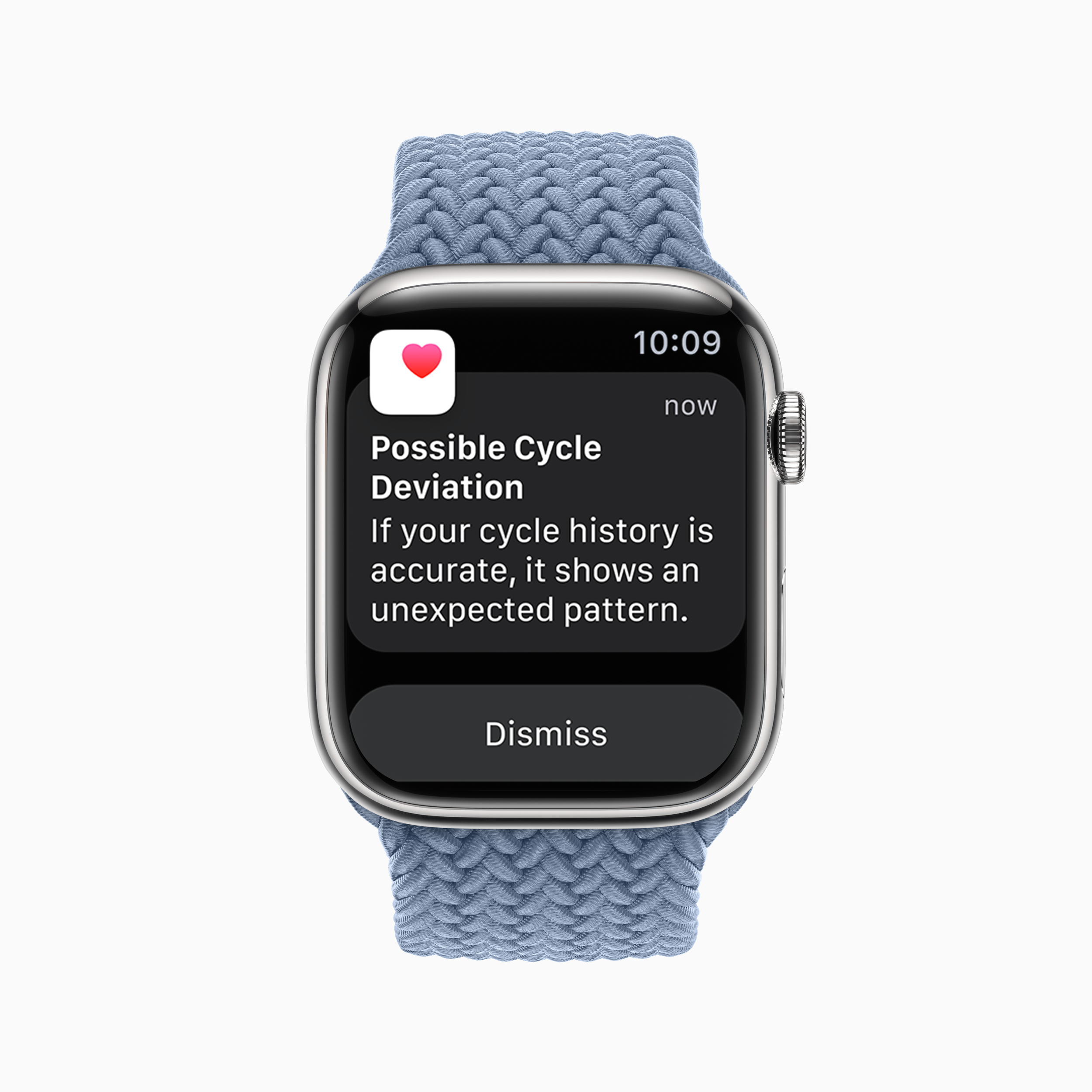
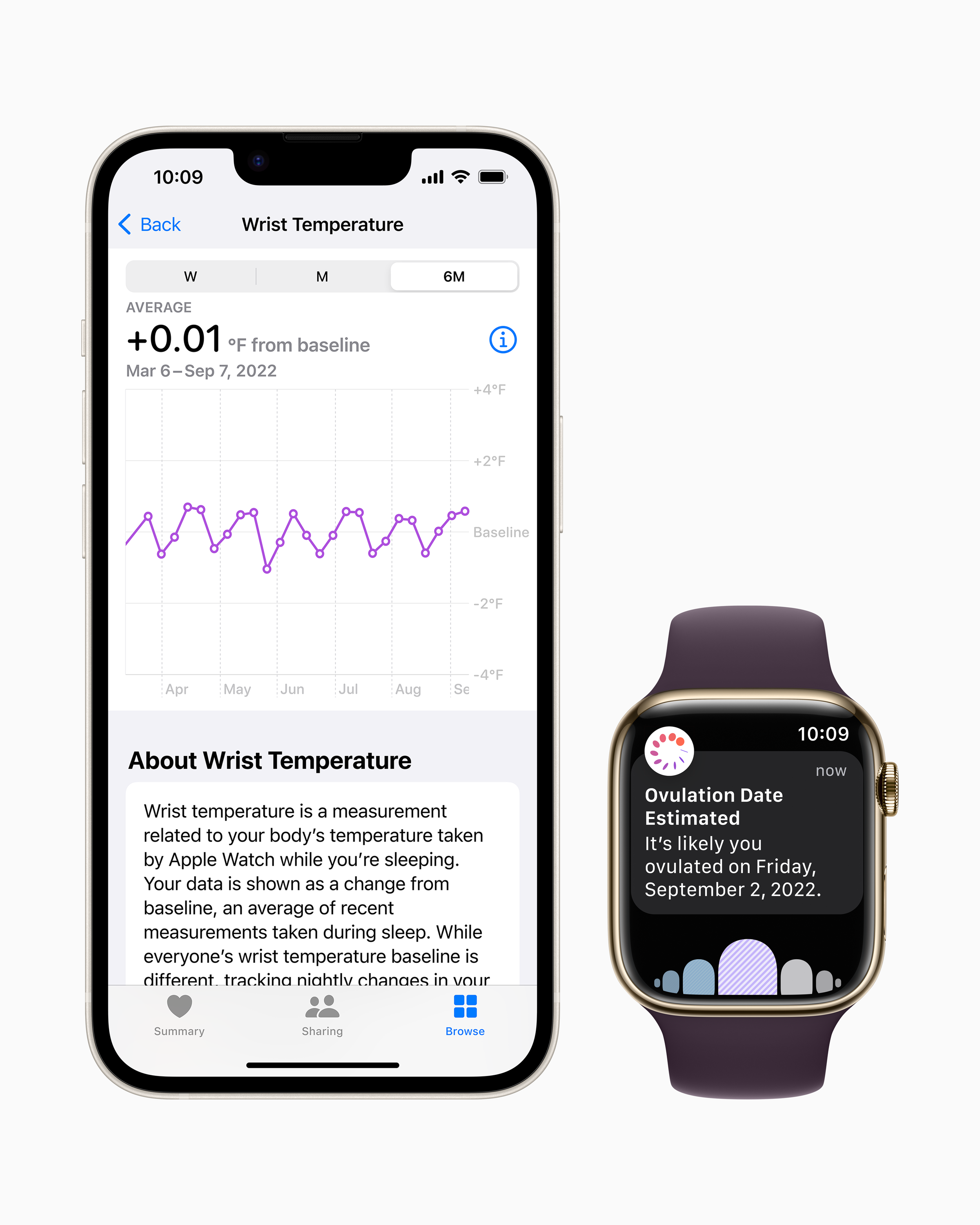




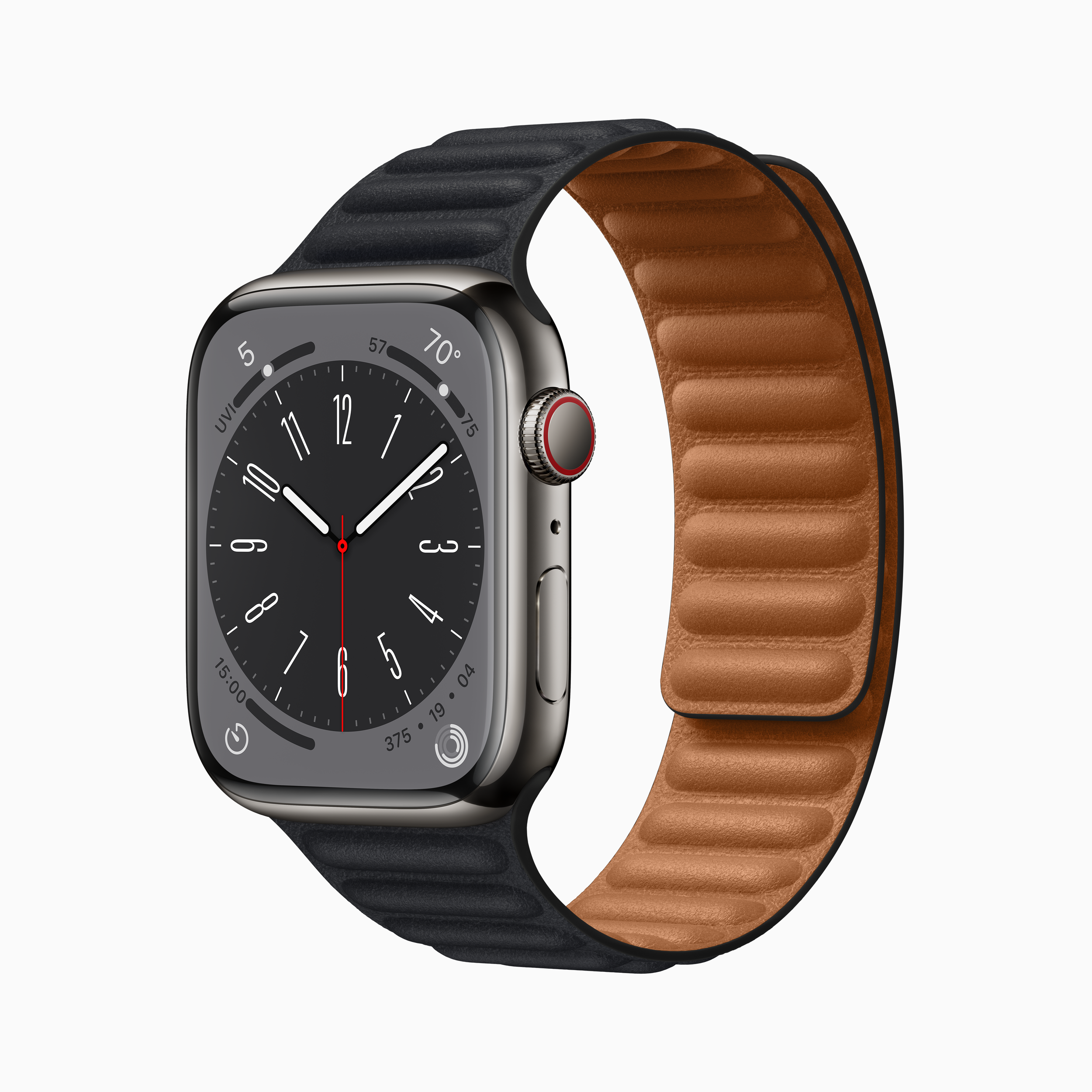

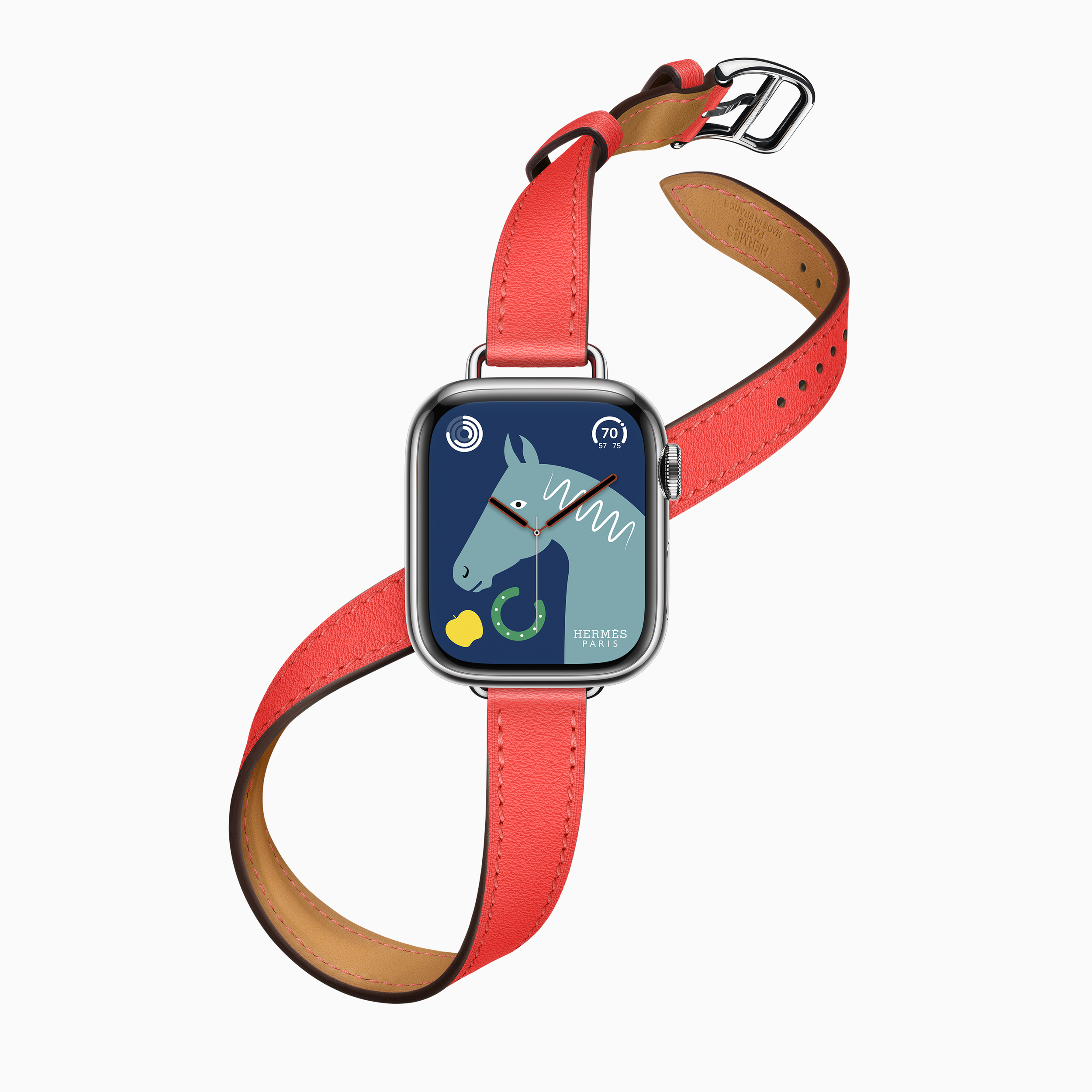
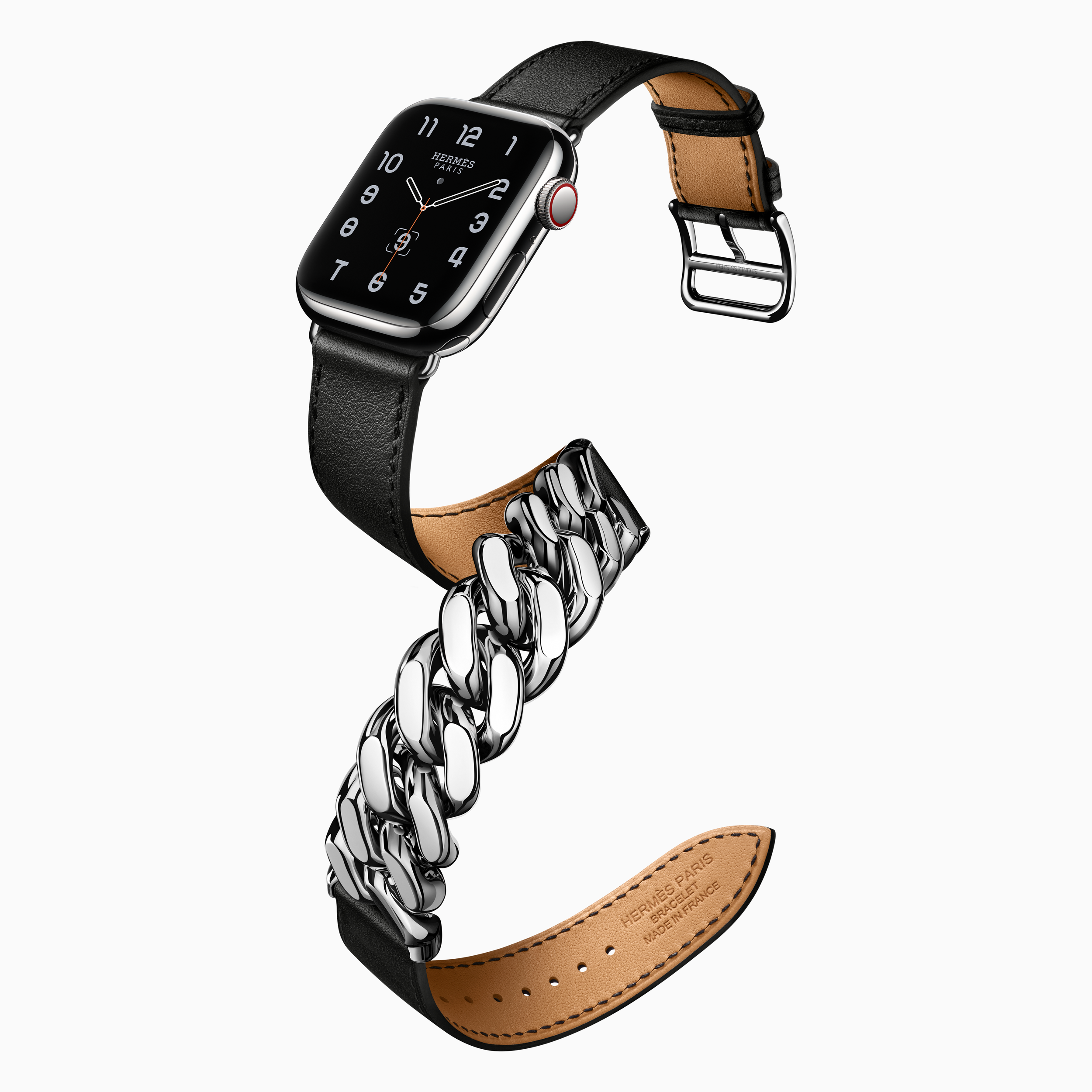
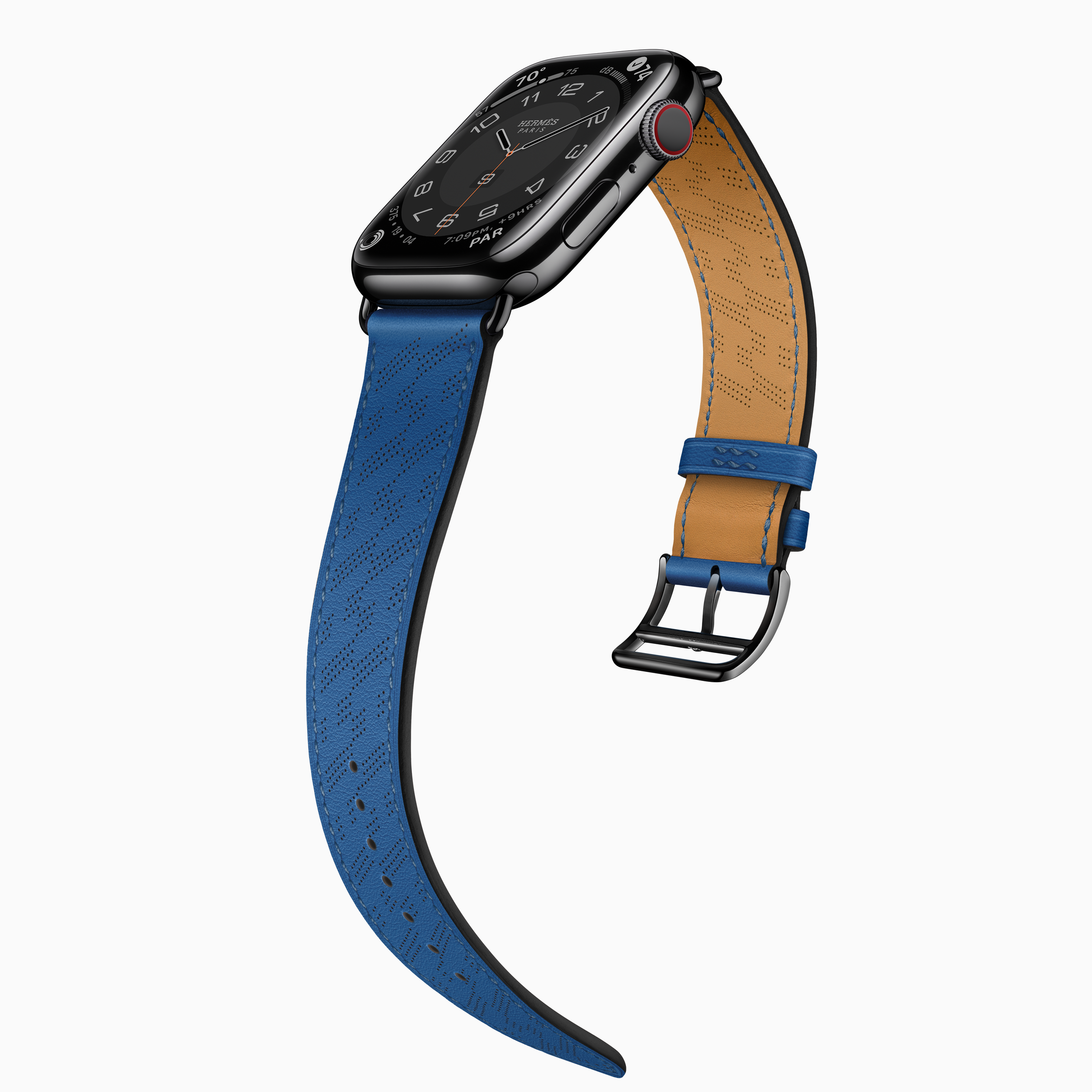
With the Series 8, not much has changed from the Series 7. However, there are a few new things, like two temperature sensors to track menstrual cycles and other general changes in your body's temperature over a period of time. However, you will have to update to iOS 16 and watchOS 9 to receive notifications when your menstrual cycle changes unexpectedly. Furthermore, the Series 8 can track when you've been in a crash due to what Apple calls a "sensor-fusion "algorithm" that will check in after an Apple Watch detects a severe car crash and dial emergency services after a 10-second countdown. Lastly, the Series 8 can use a new Low Power Mode to extend the battery life to 36 hours (usually 18 hours) with your iPhone. In addition, the mode will disable or limit sensors like the Always-On Retina display, workout autostart, heart health notifications, and more.
Apple Watch Series 8 will start at $399 for the GPS model and $499 for the GPS + Cellular model. The Series 8 will begin shipping on September 16th, so move fast if that interests you.
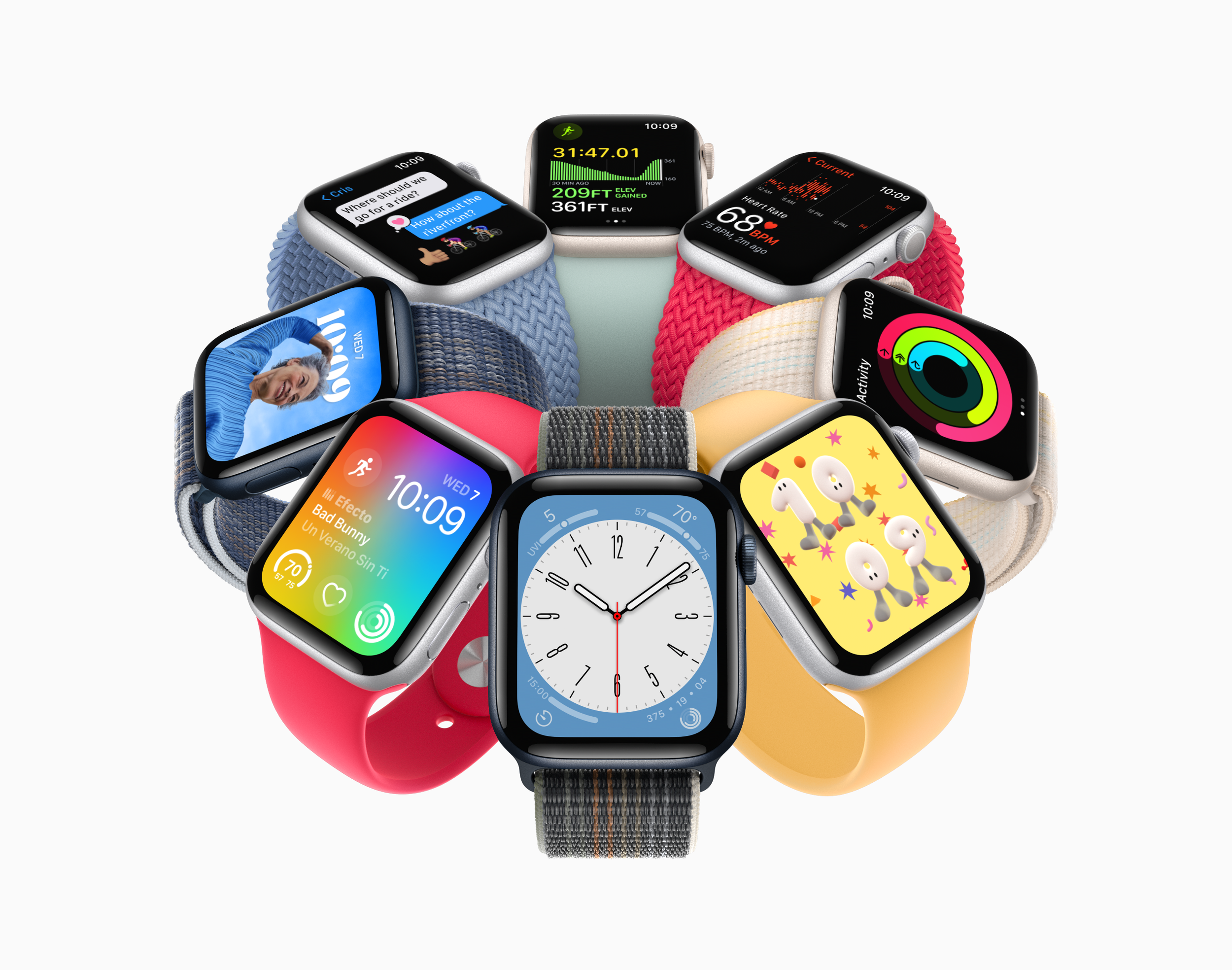


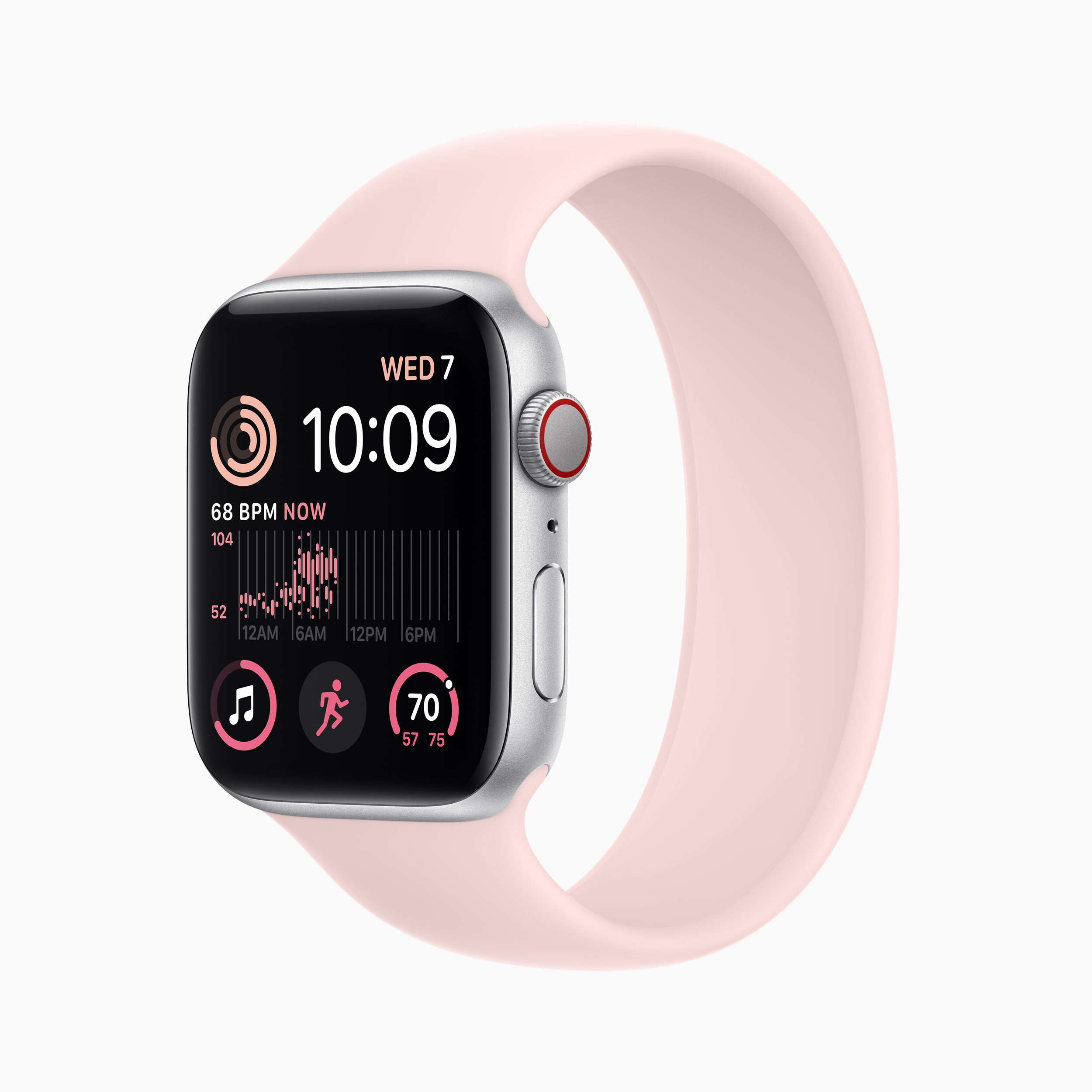
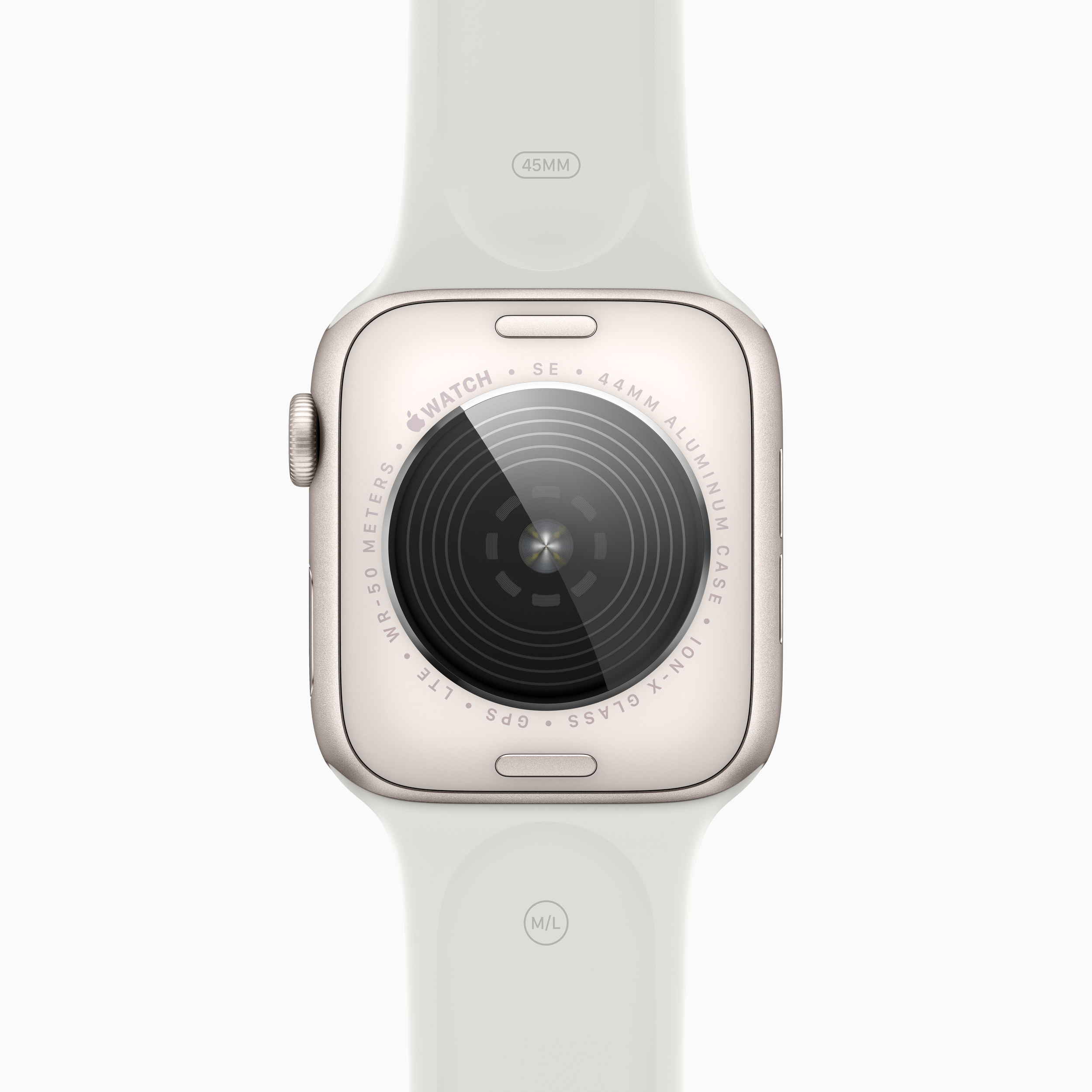
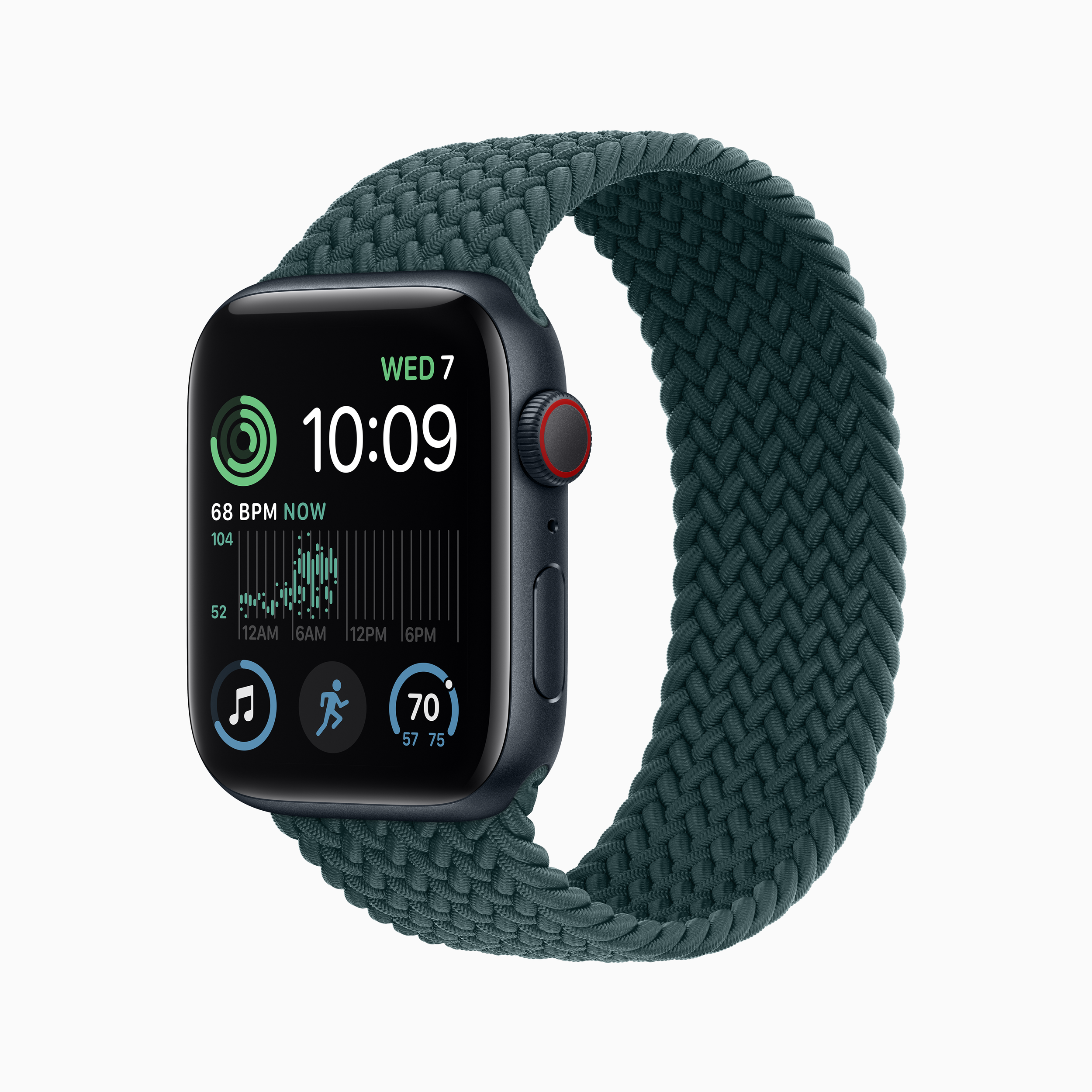
The new Apple Watch SE includes many of the features I just talked about with Crash Detection, Activity tracking, heart rate notifications, and Emergency SOS, but it's got some new stuff. It's not as much as the Series 8, but the Apple Watch SE has been redesigned to match the three classic case finishes and comes at a lower cost of $249.
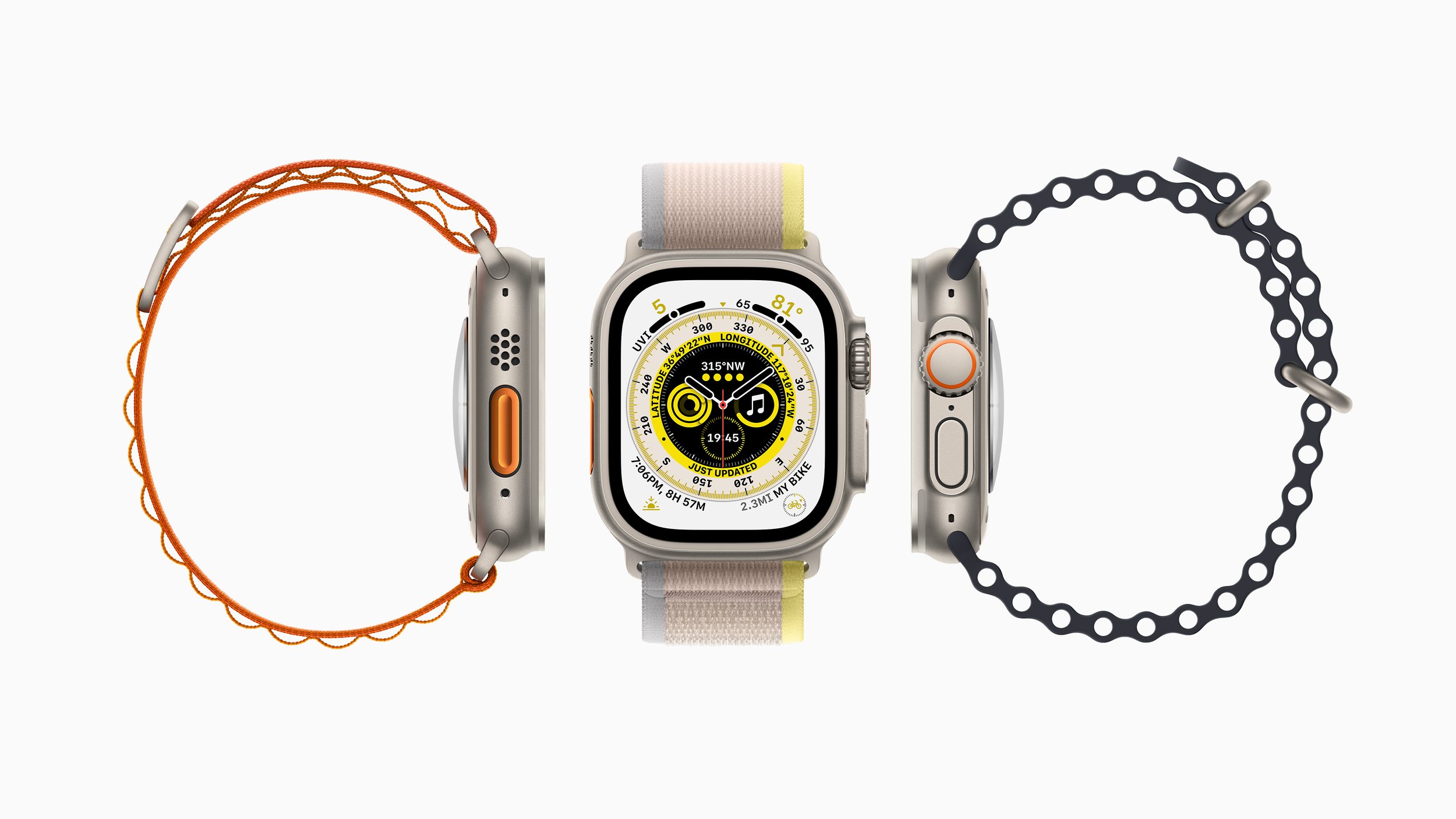


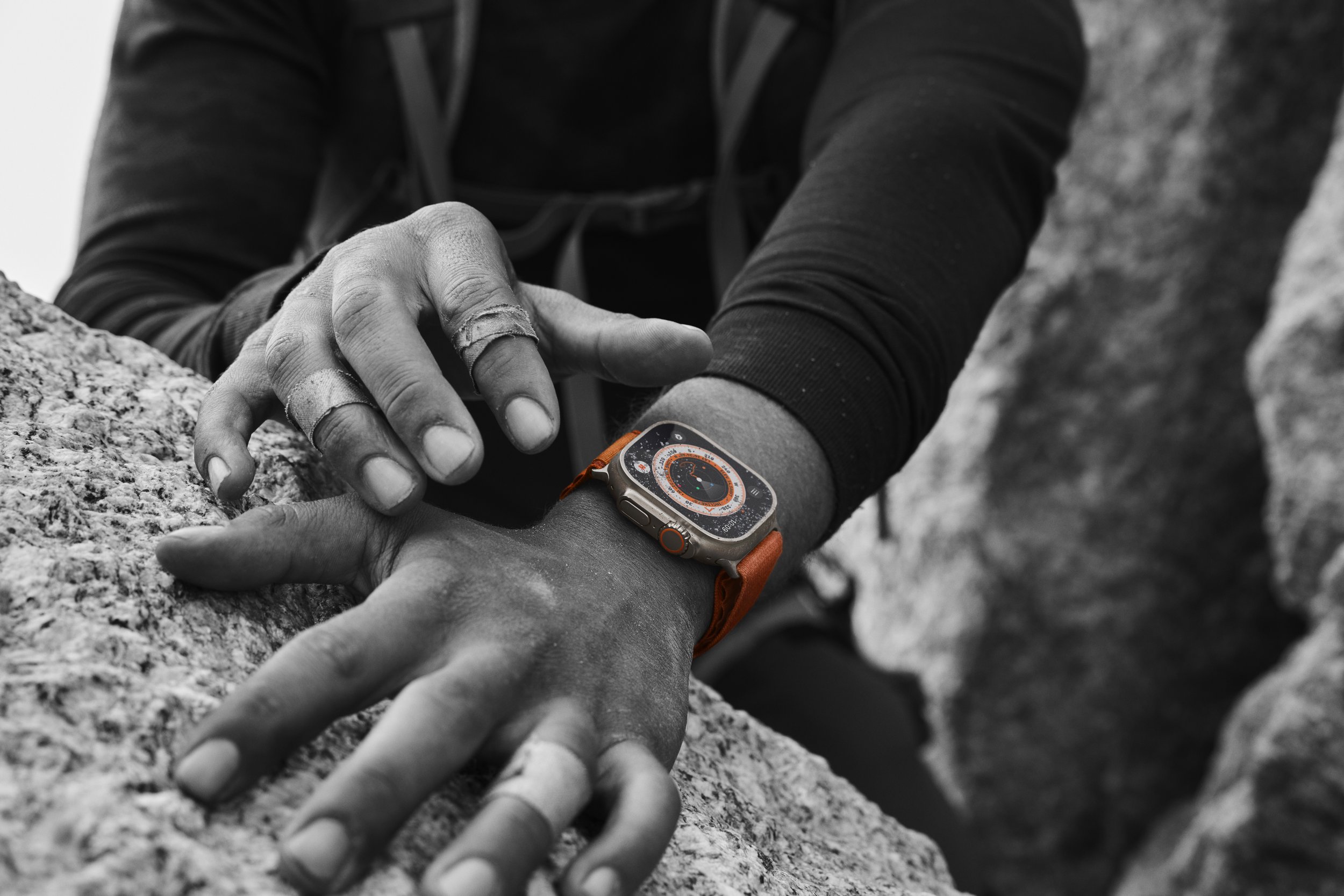
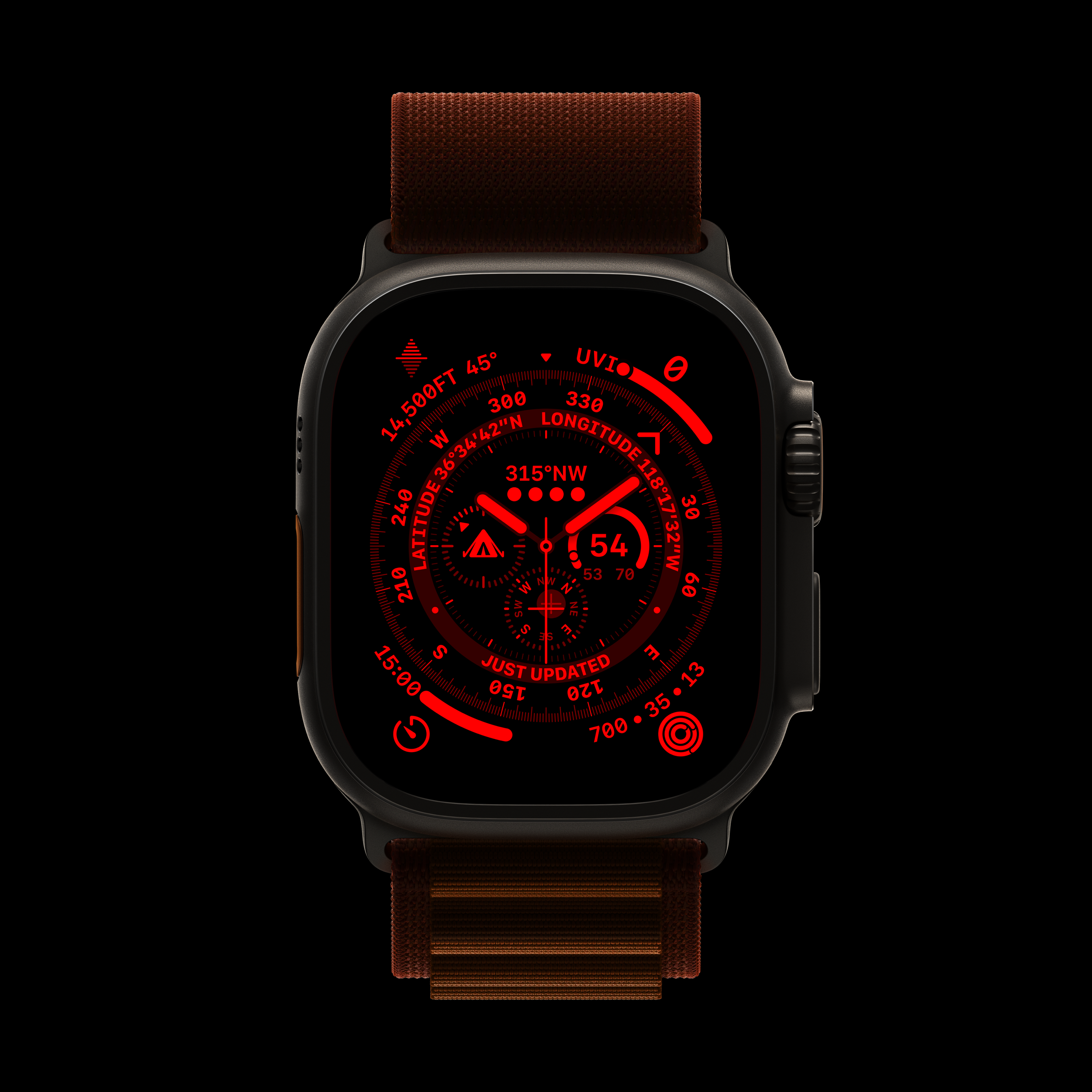
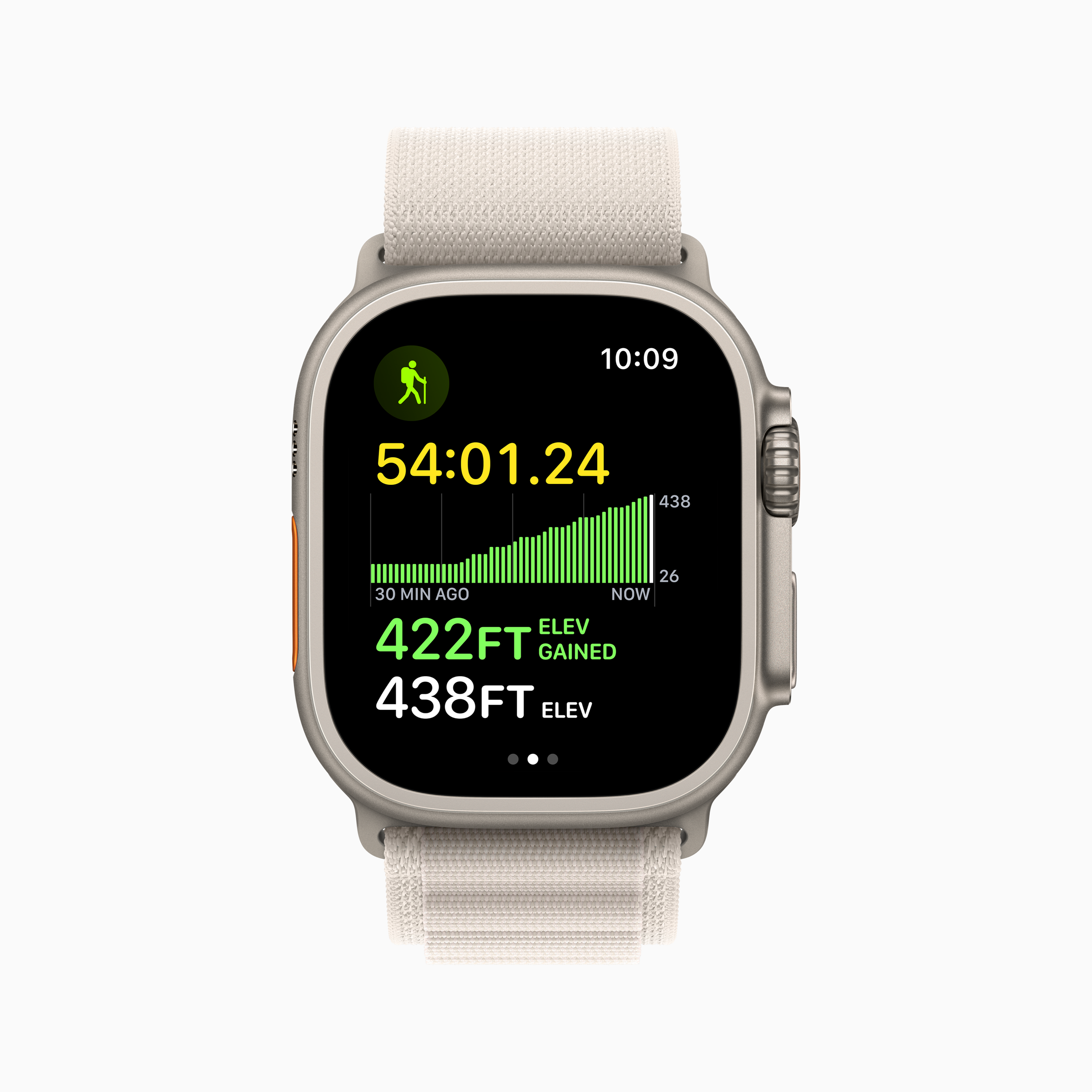
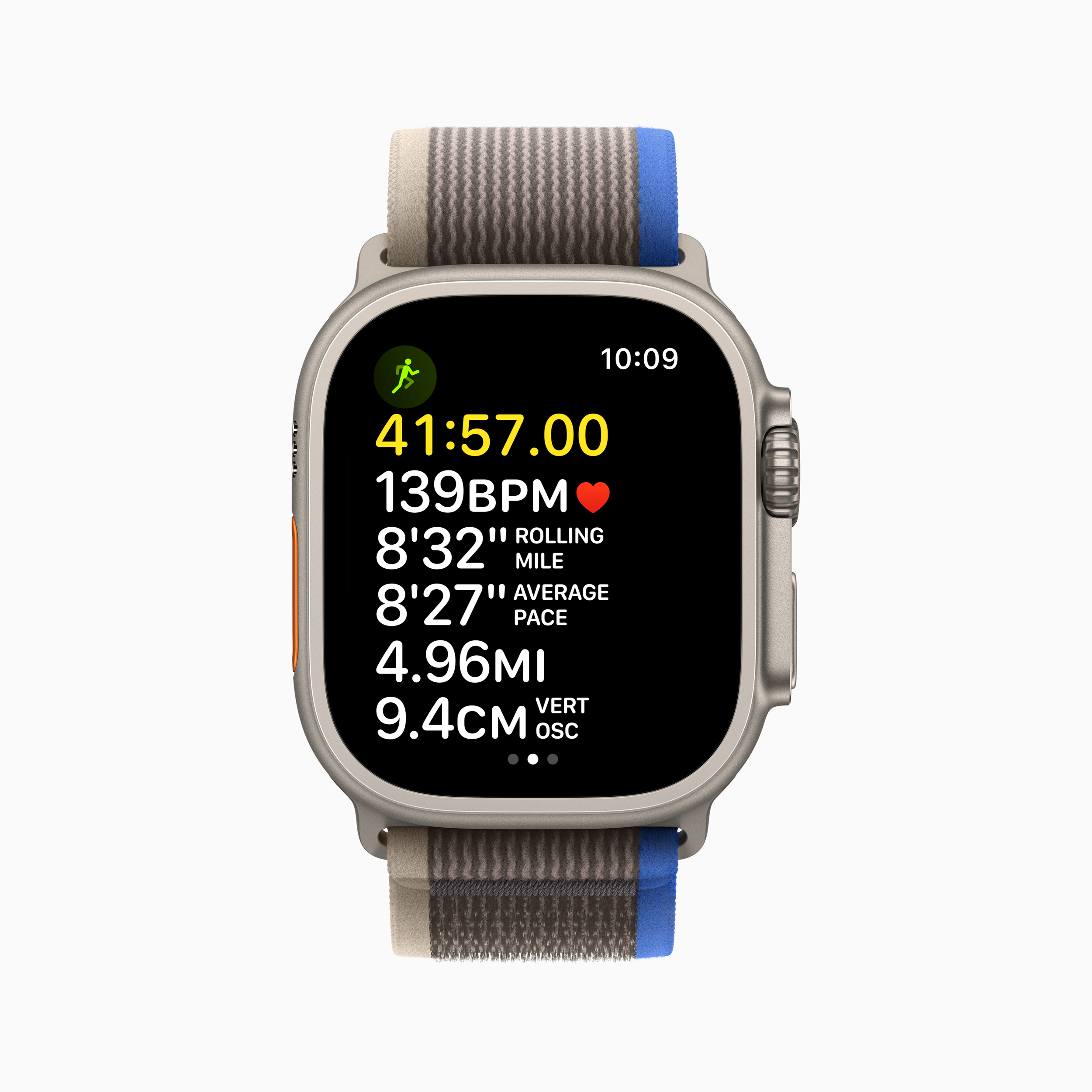
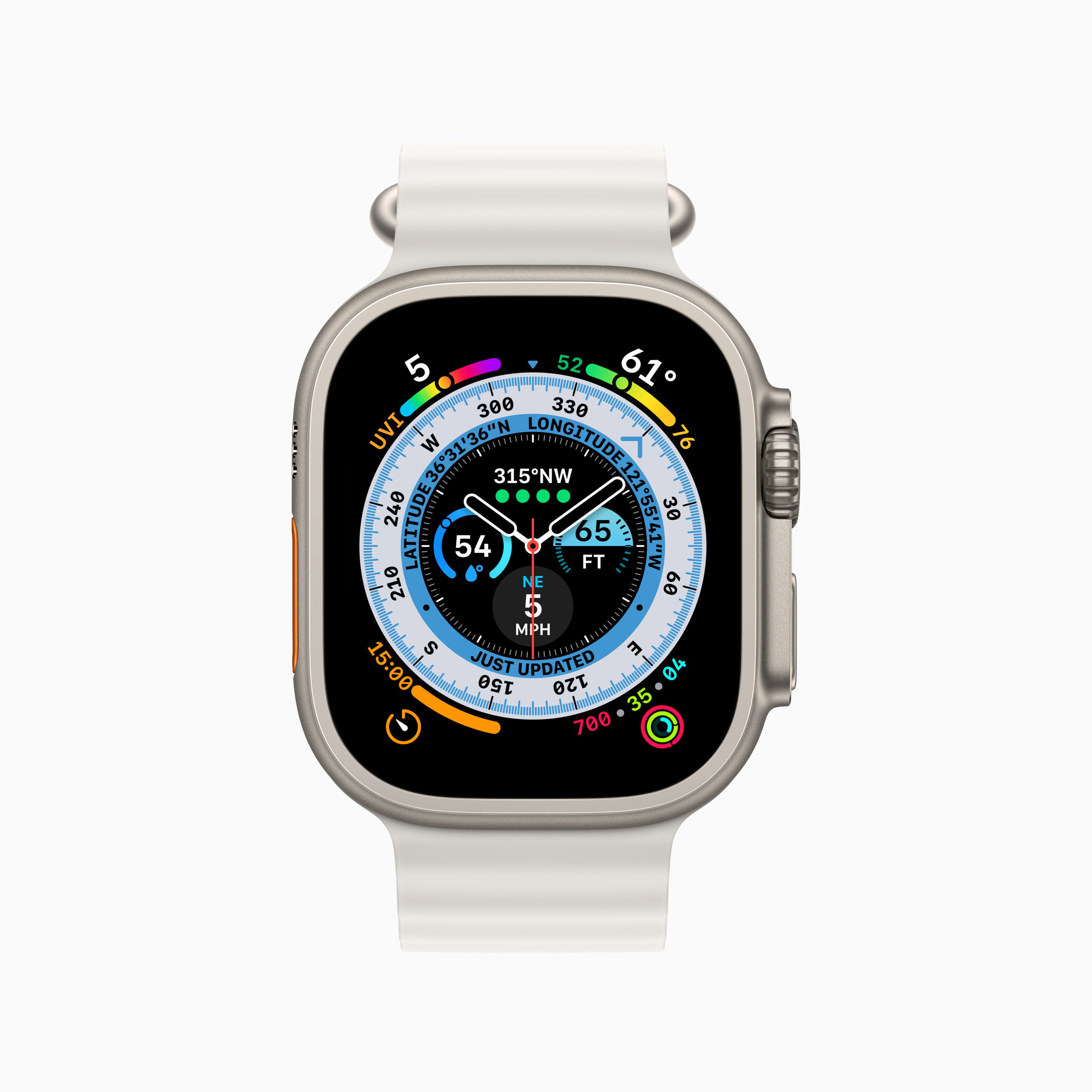
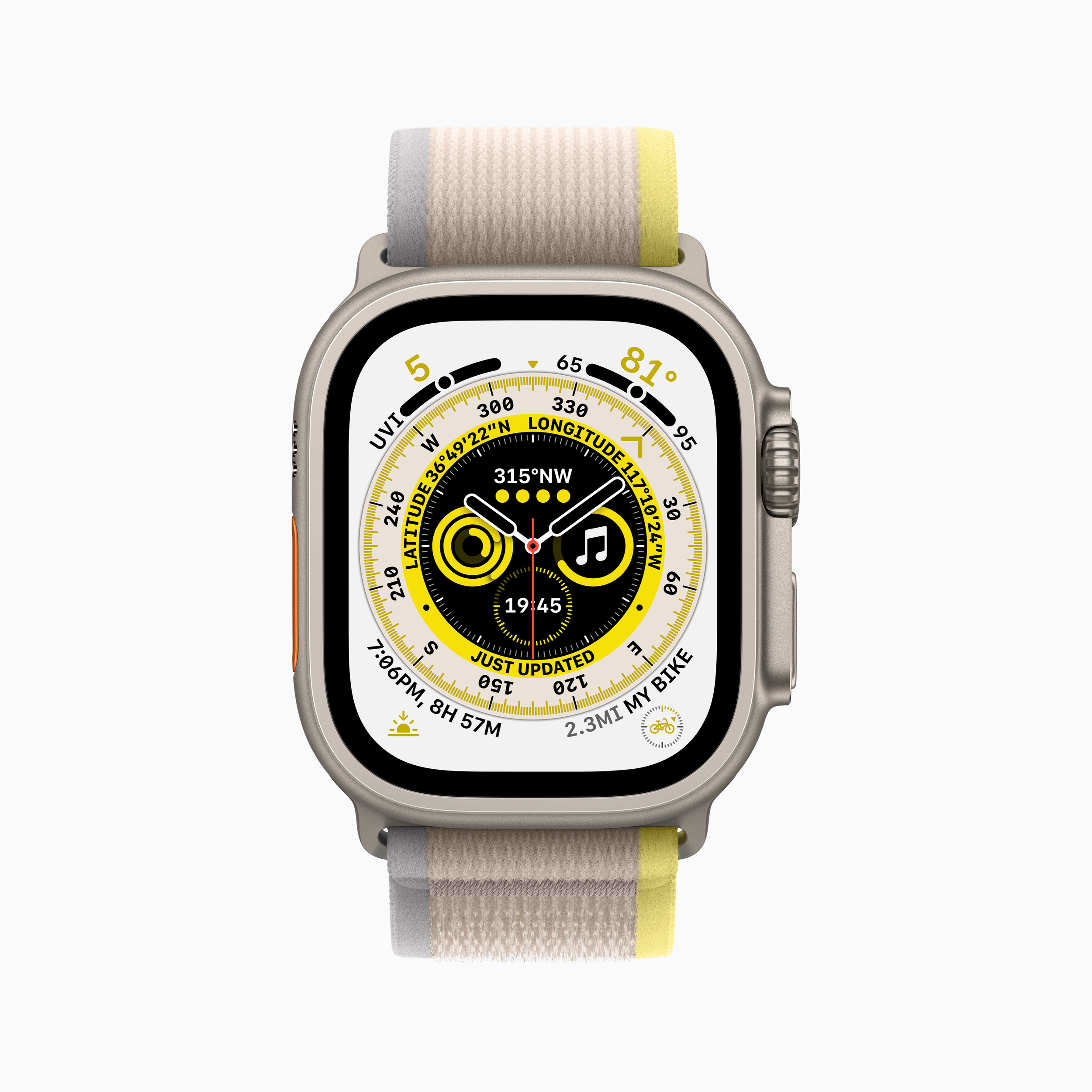

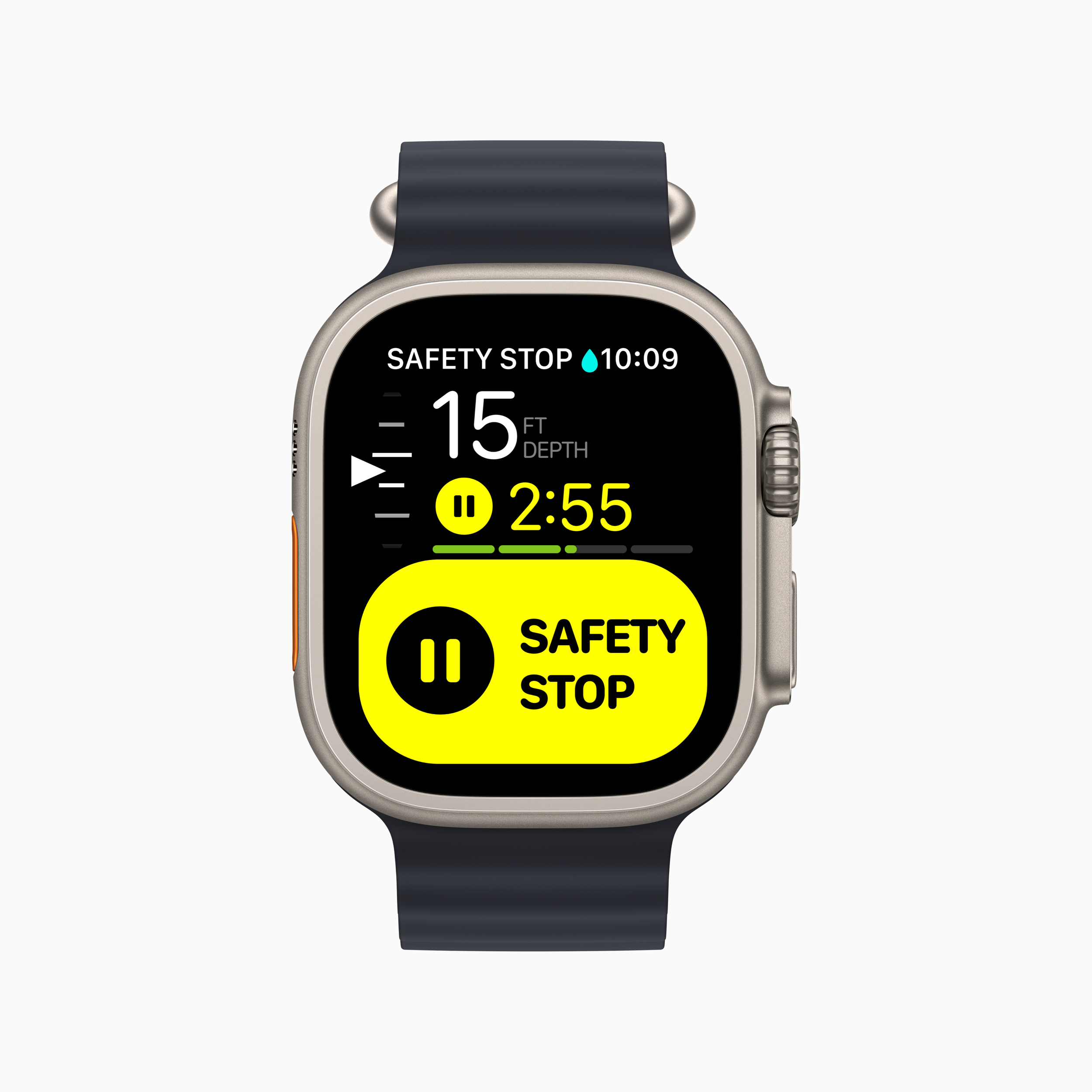
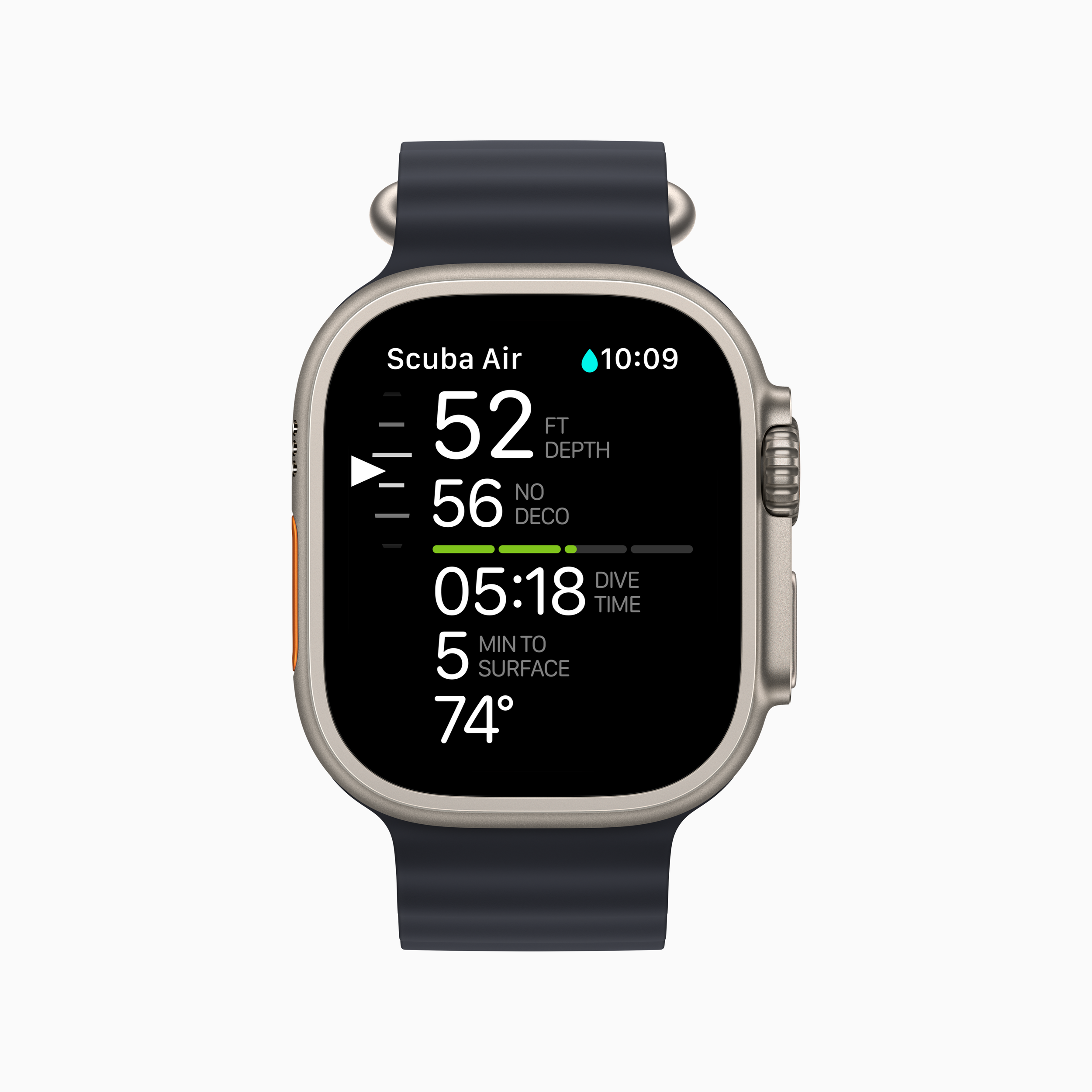
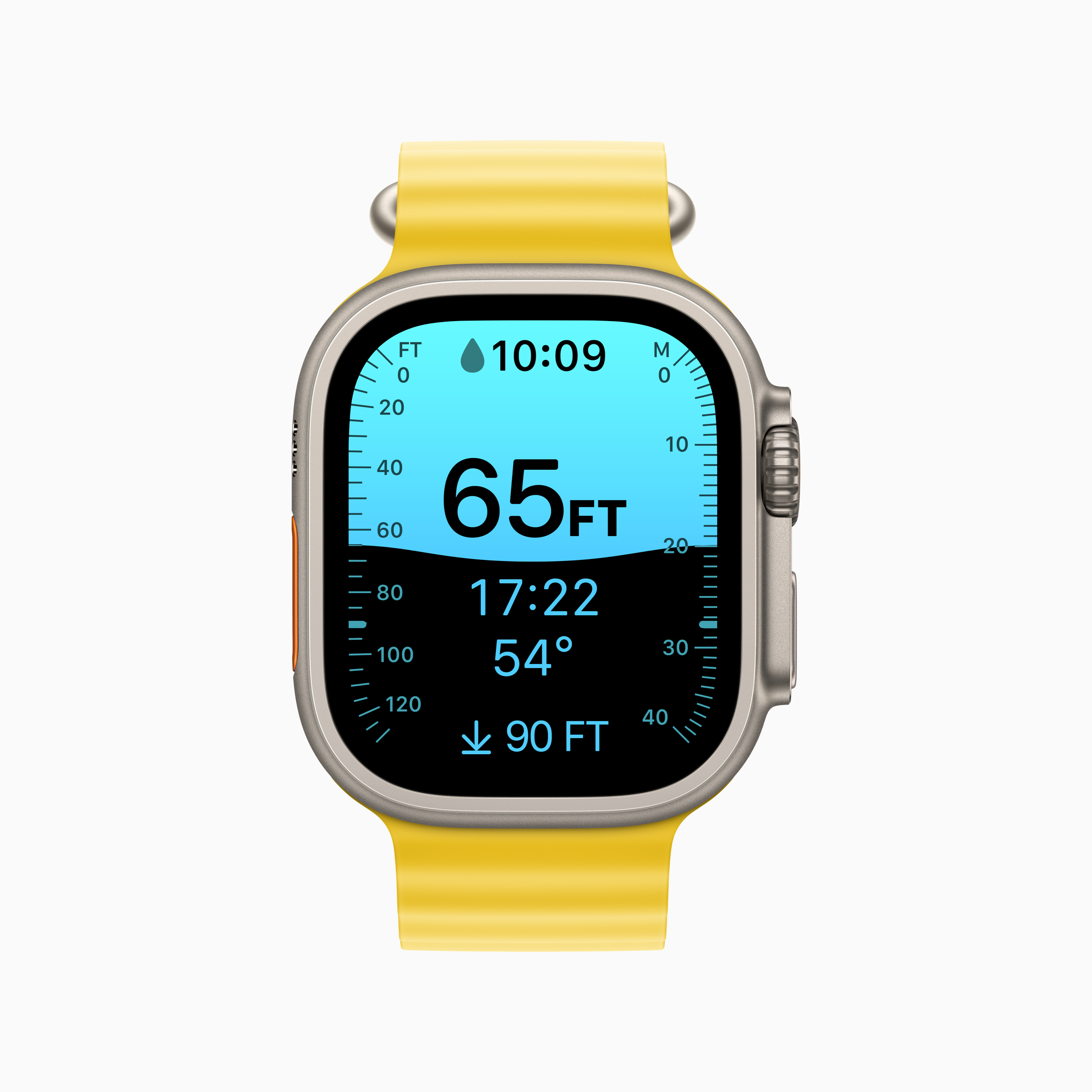
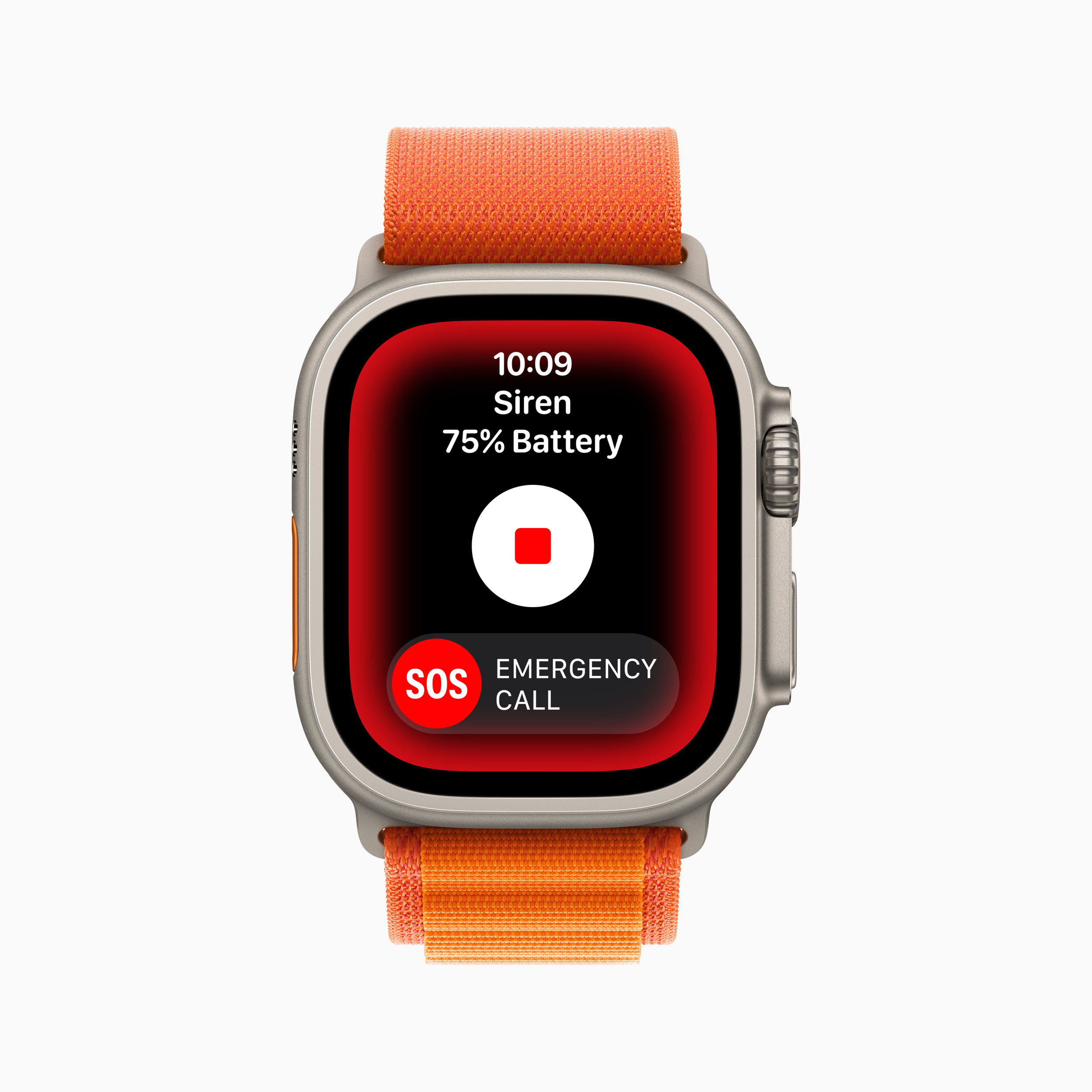
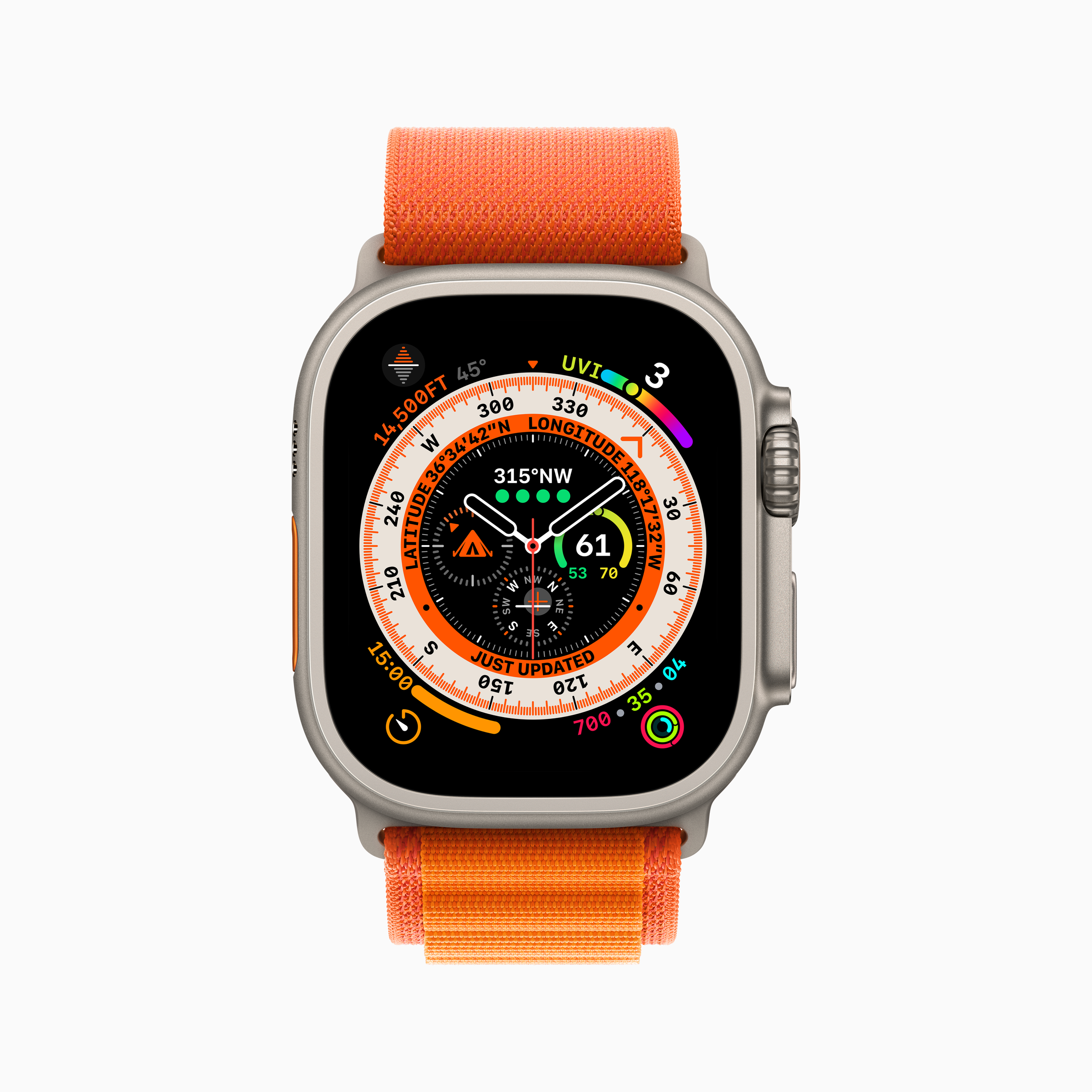

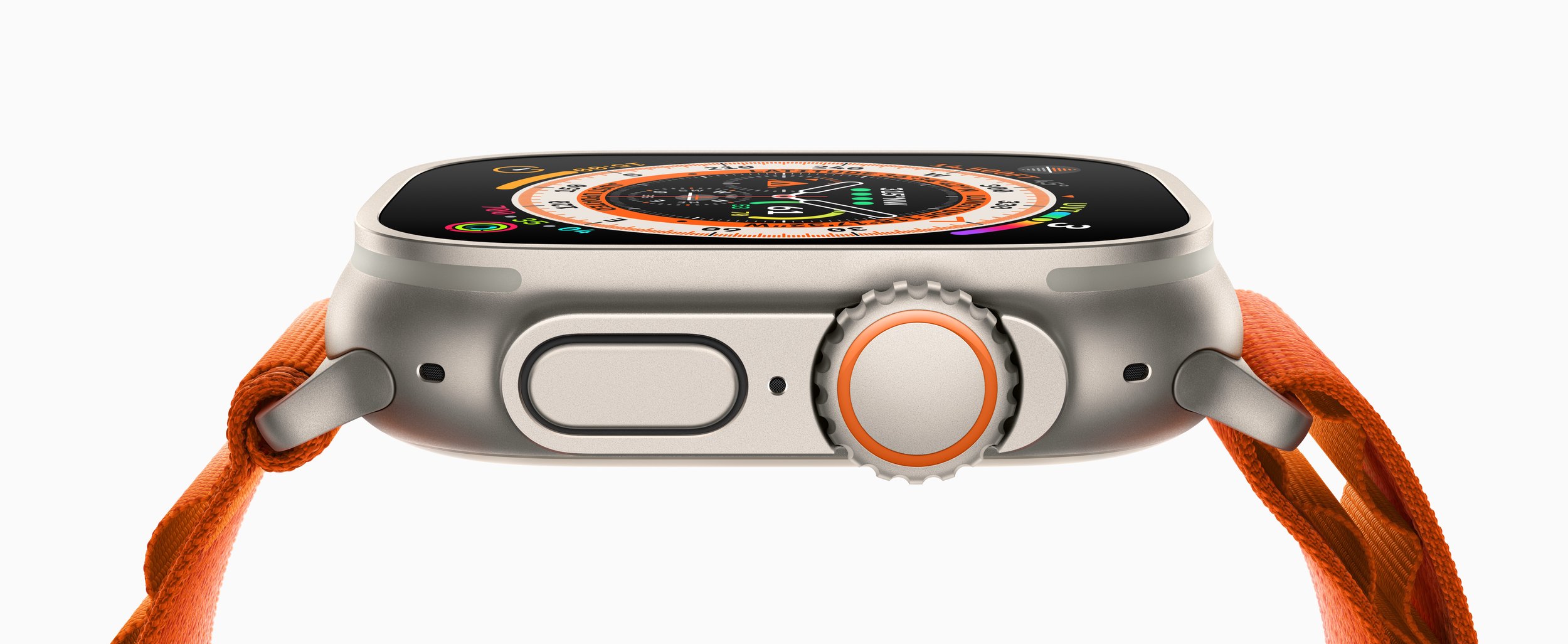
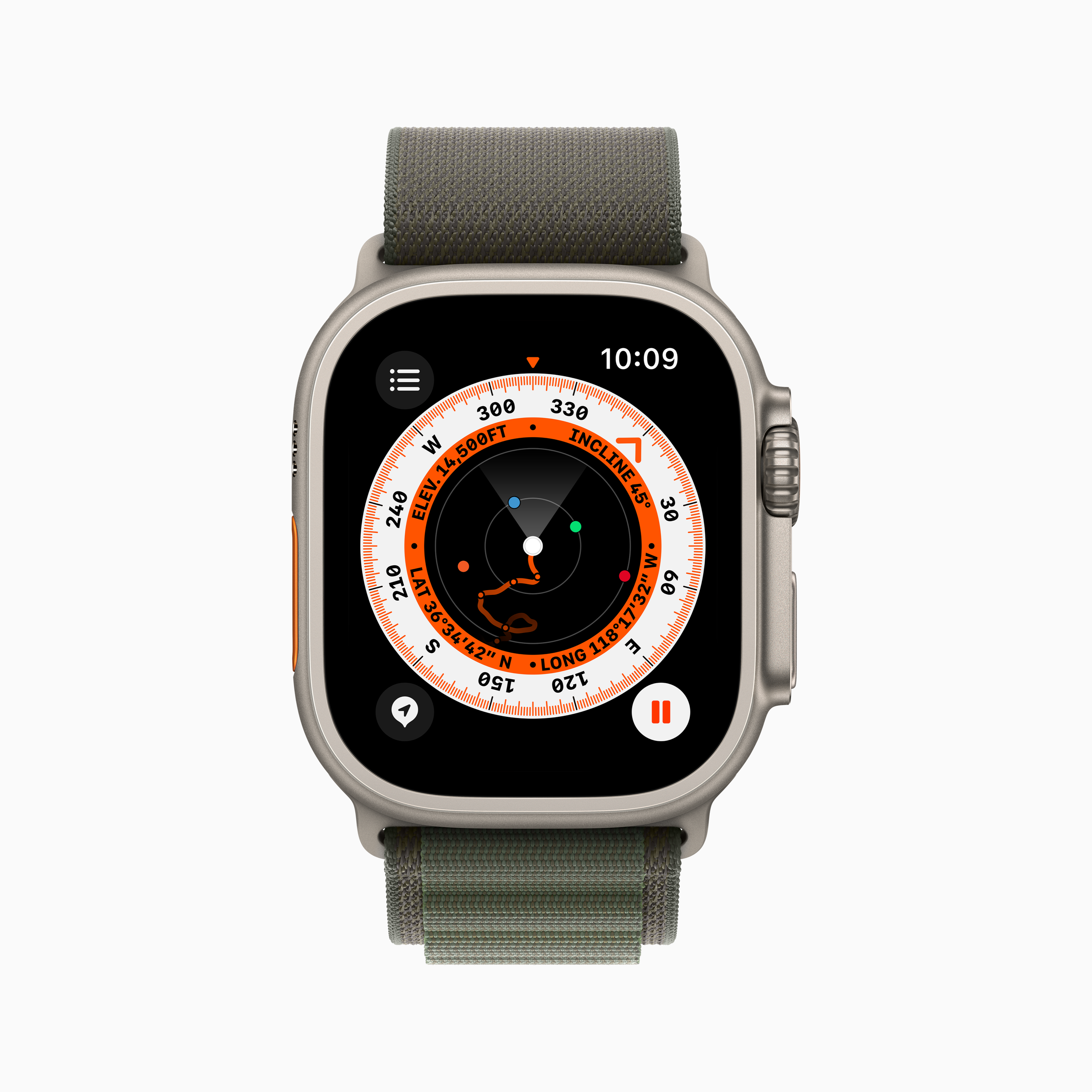
Next up is the Apple Watch Ultra. This Apple Watch is the one to get if you do anything that an Apple Watch couldn't ordinarily survive, as the 49mm (5mm more than the 45mm Series 8) titanium case and the flat sapphire front display is about as rugged of an Apple Watch as Apple could make without it being as expensive as a MacBook.
Additionally, the Apple Watch Ultra has an "action button" that you can customize to instantly start a workout or mark the next segment of a race, a larger Digital Crown designed to be usable when wearing gloves, a second speaker with an 86db siren mode in case of emergencies, an improved compass to keep you moving in the right direction, a night mode you can quickly toggle on and off that shifts the screen to red for eye comfort in dark environments, 36 hours of battery life (60 with Low Power Mode, which is coming this Fall), a certification for "recreational scuba," which allows the "Apple Watch Ultra to go as deep as 130 feet underwater, new sports-focused bands like an Alpine loop for climbers and an Ocean loop meant for use with a wet suit.
Apple Watch Ultra will start at $799 and begin shipping on September 23rd.
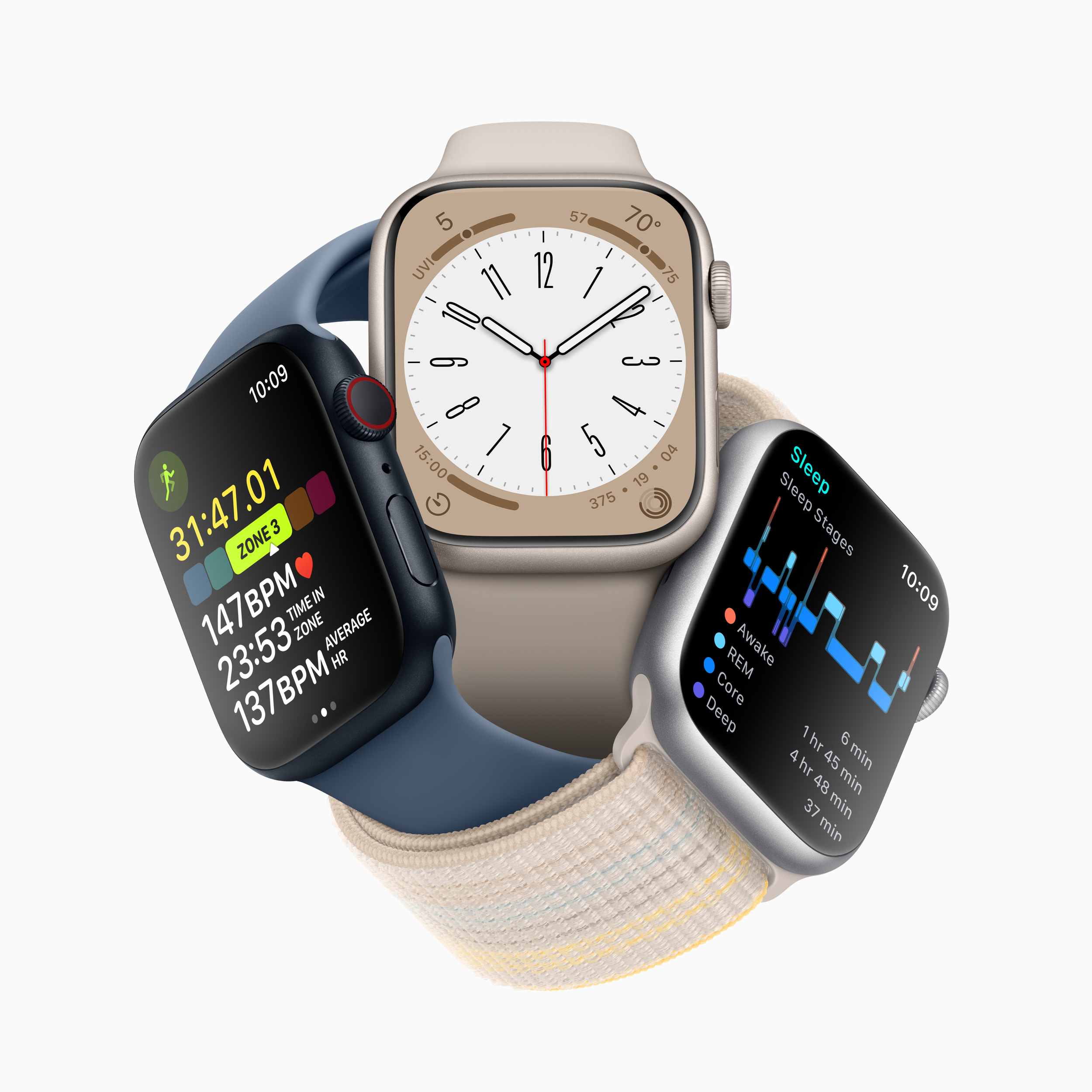
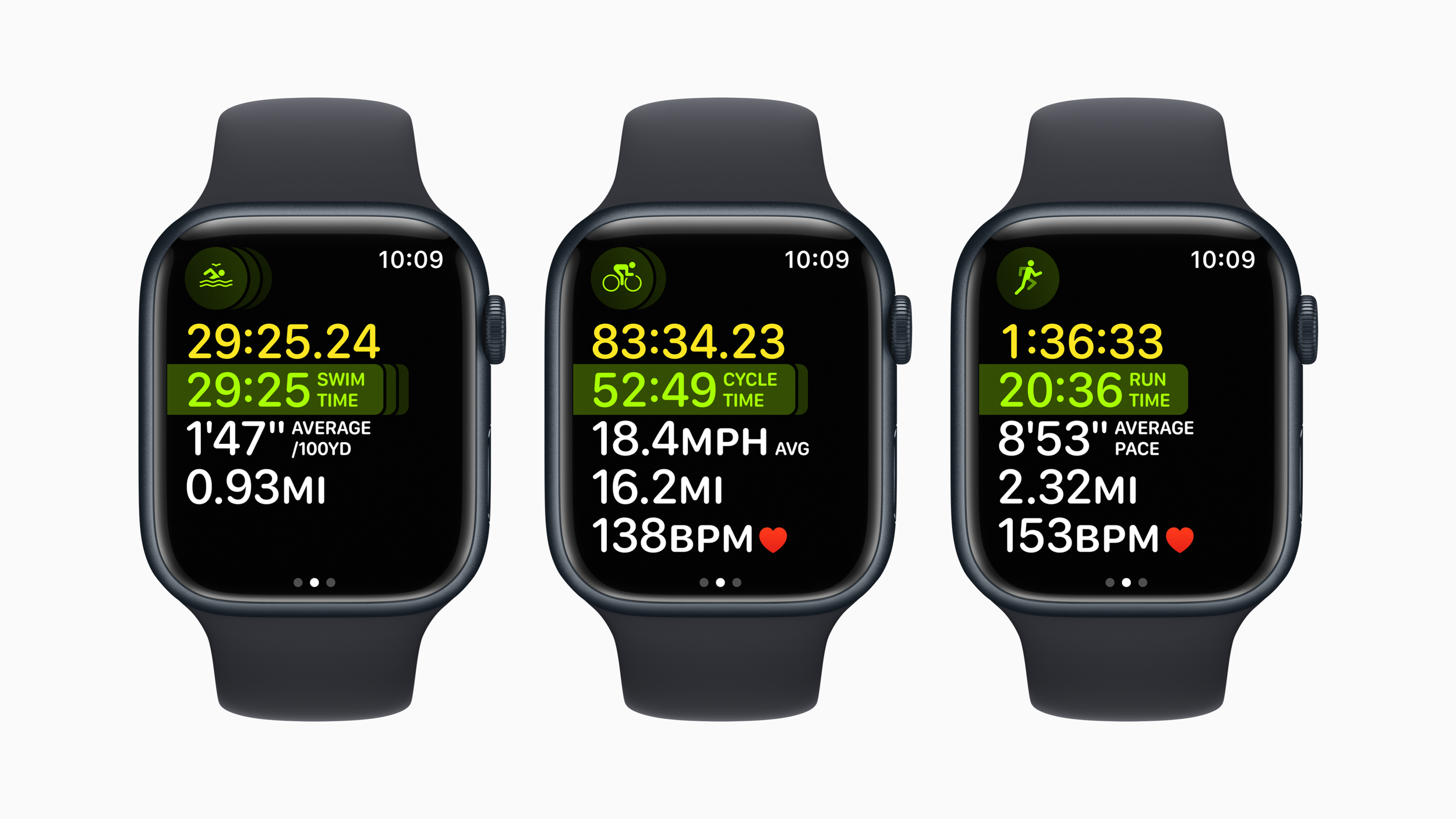
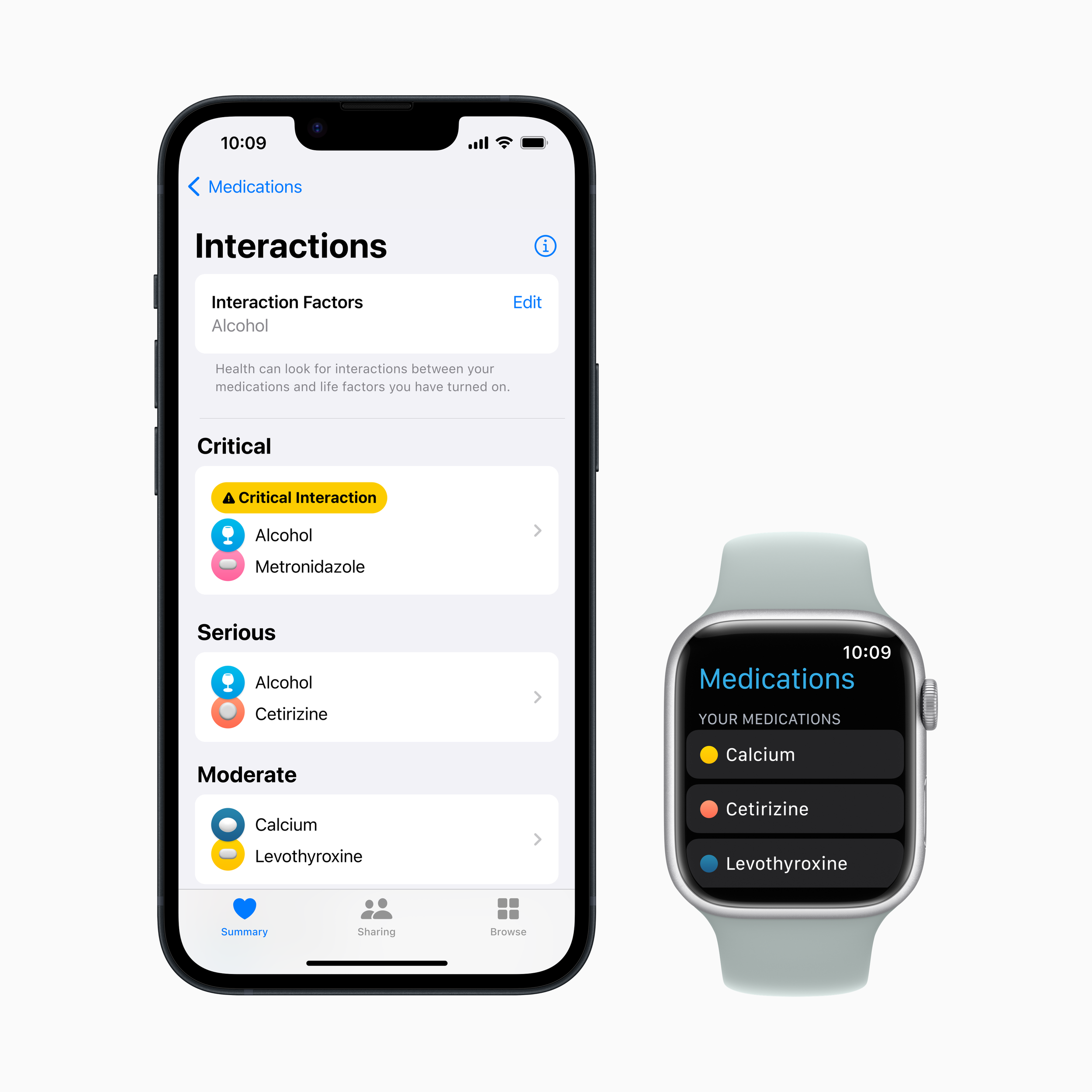
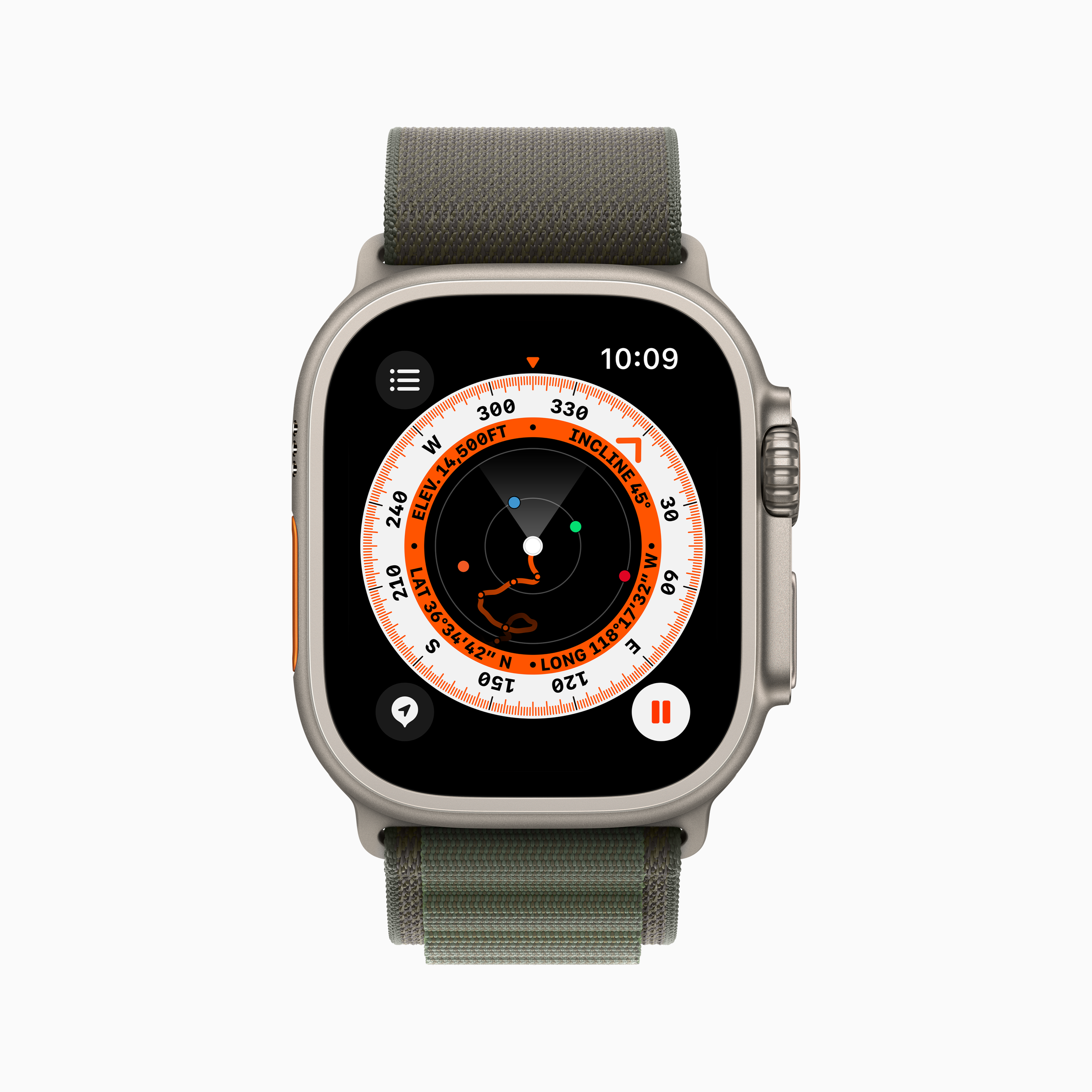
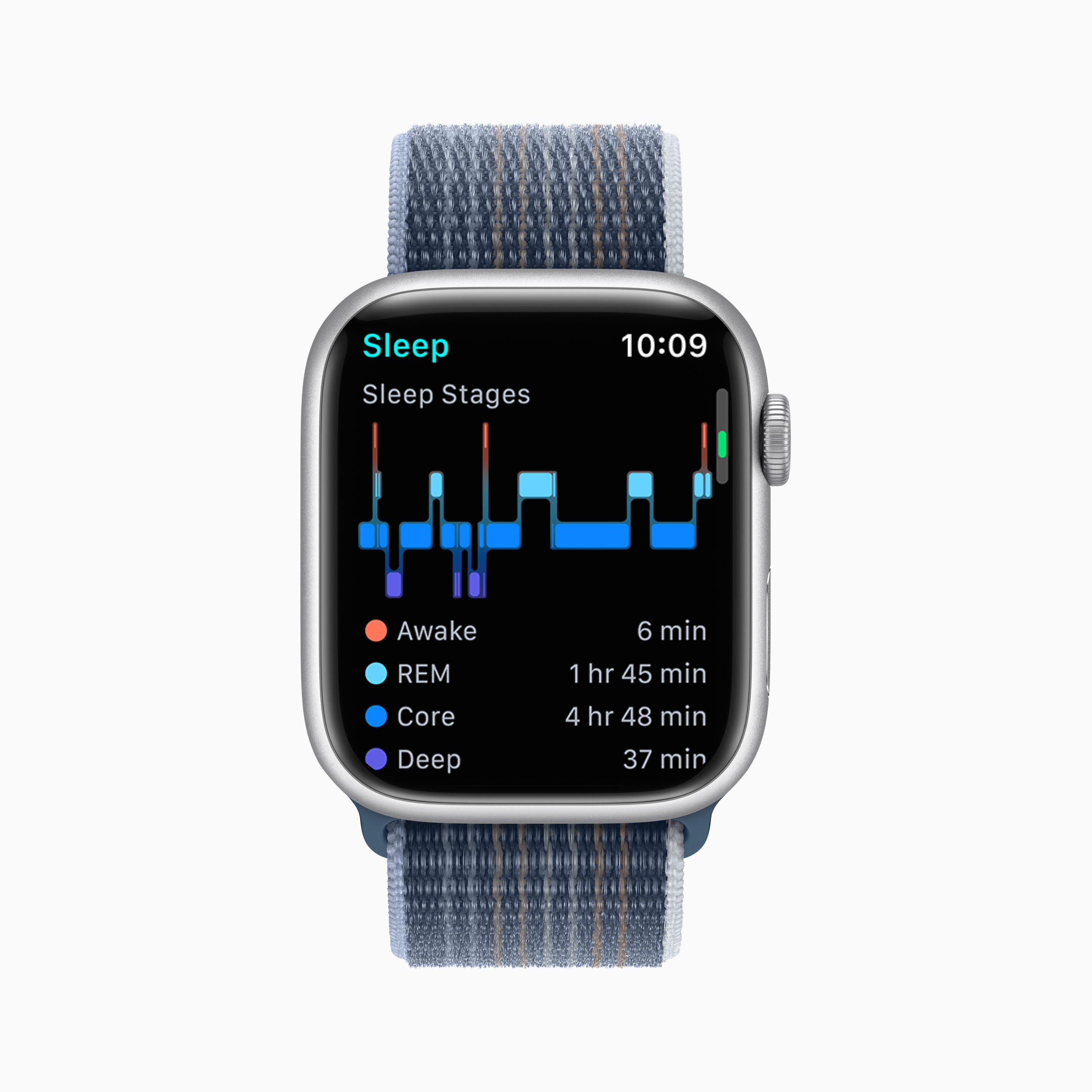

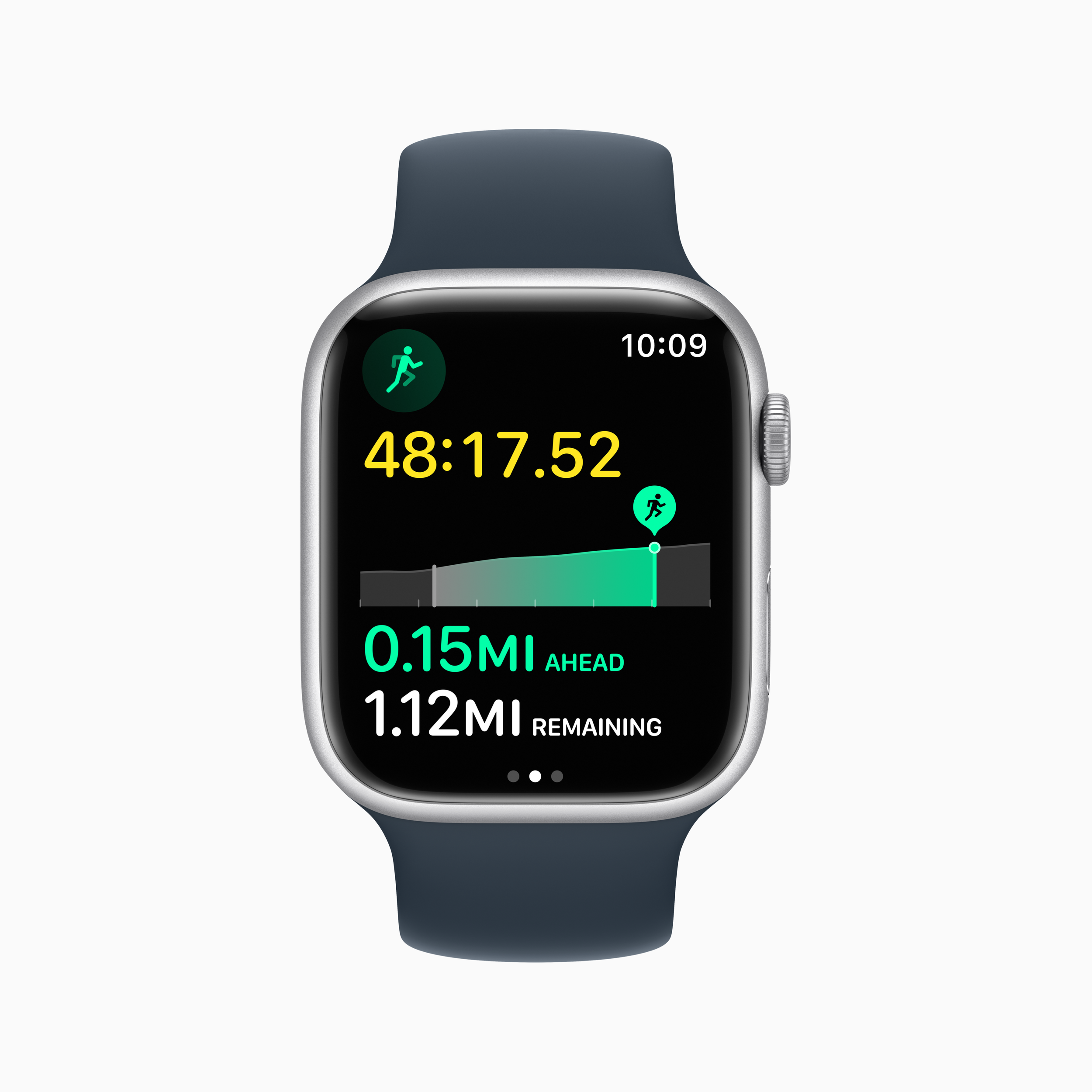
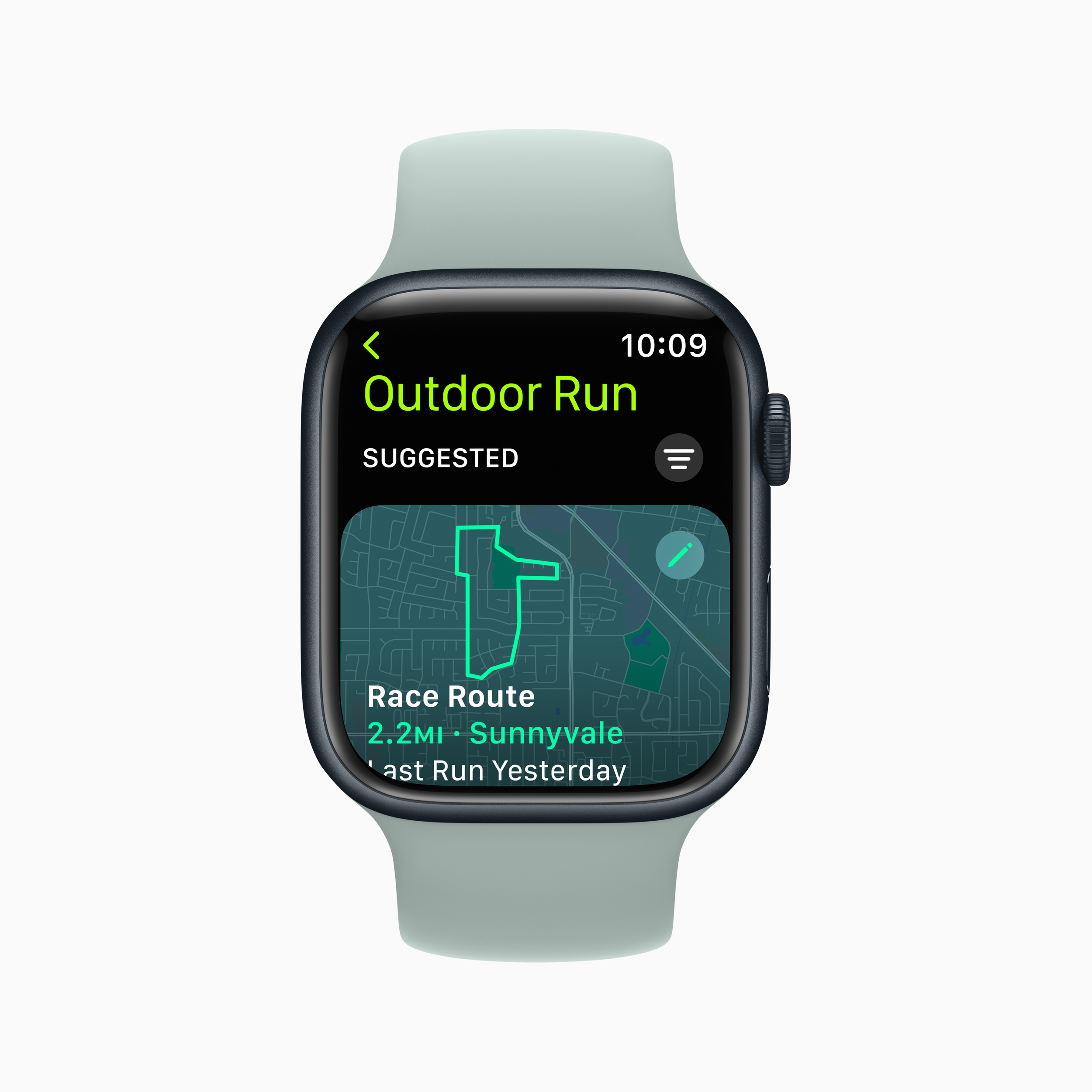
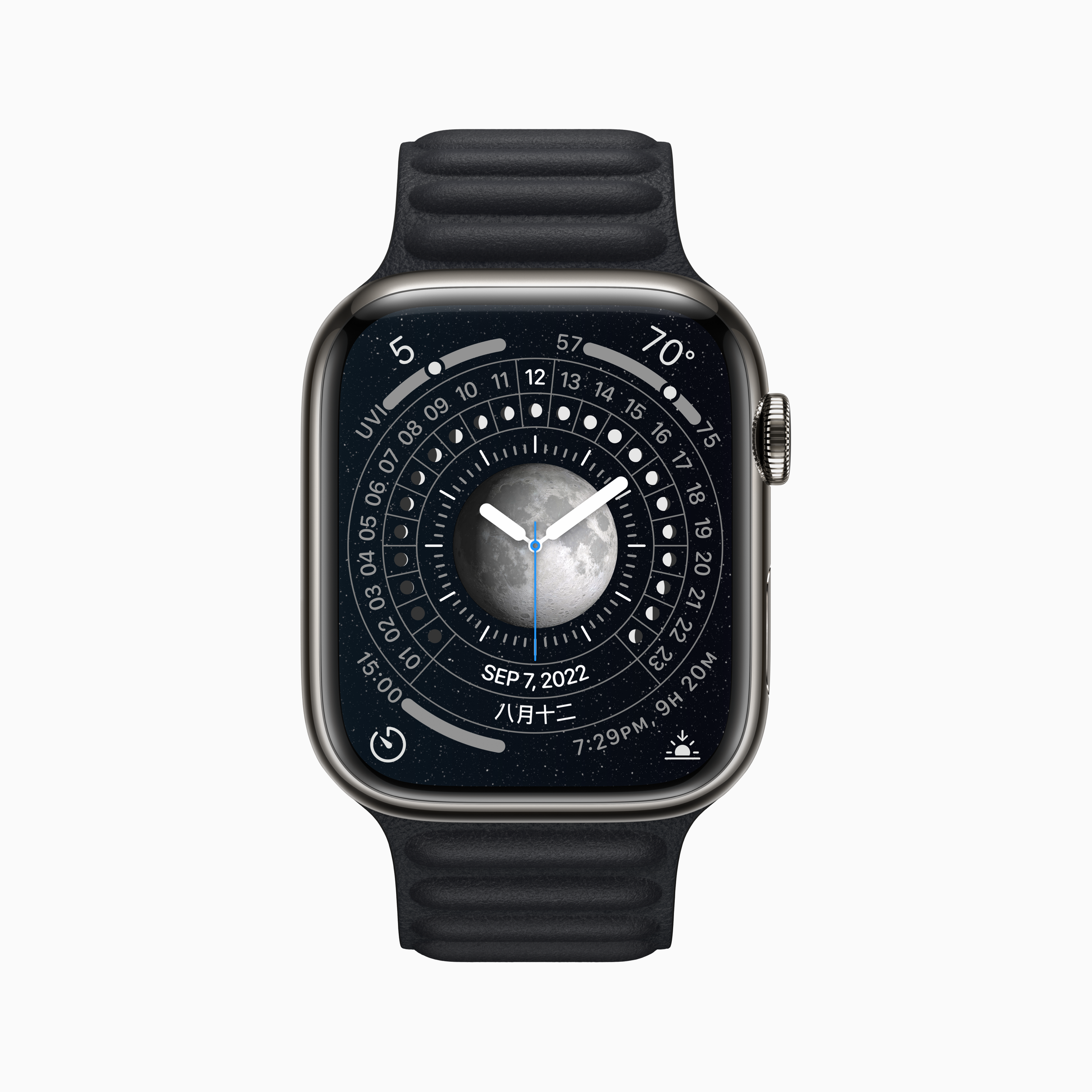
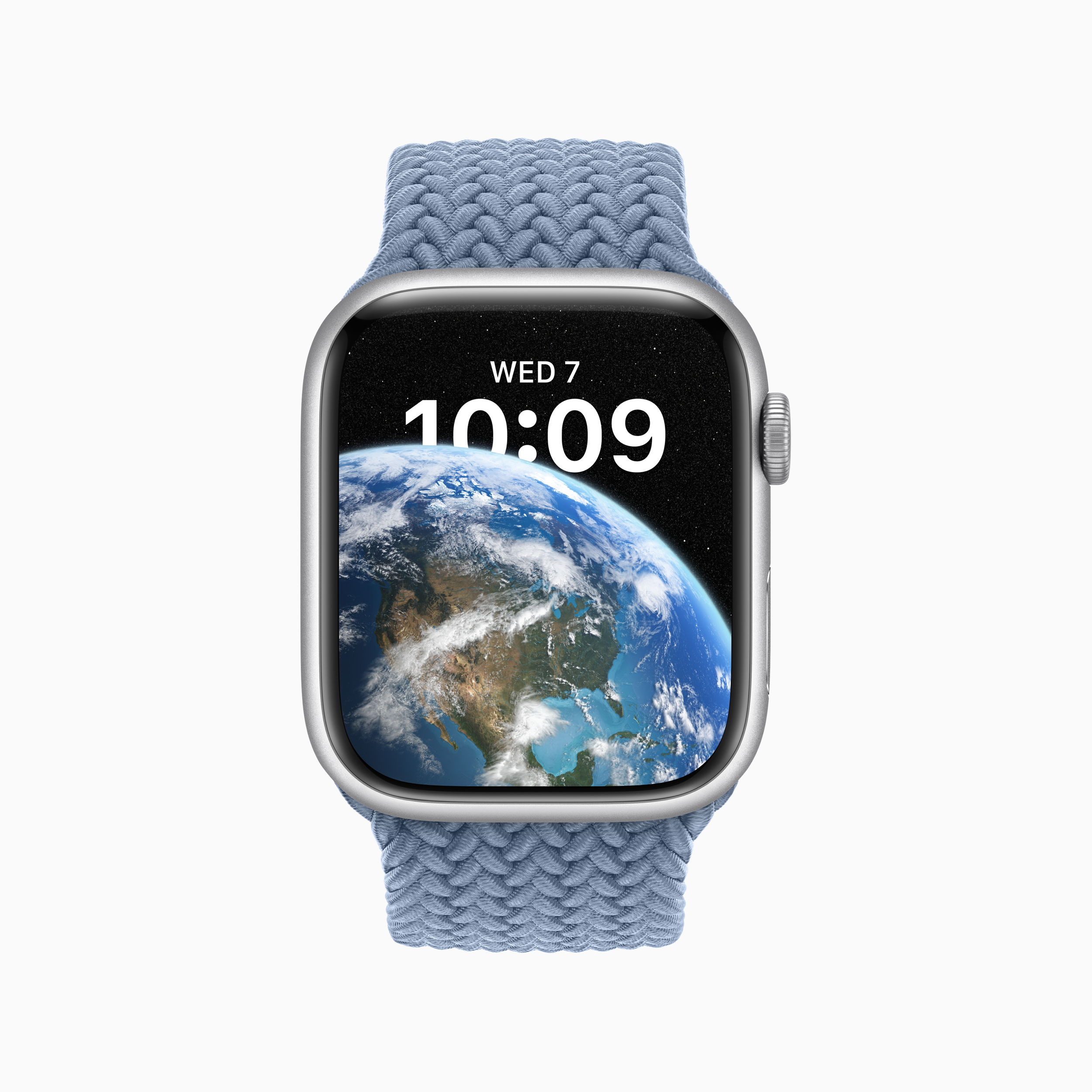
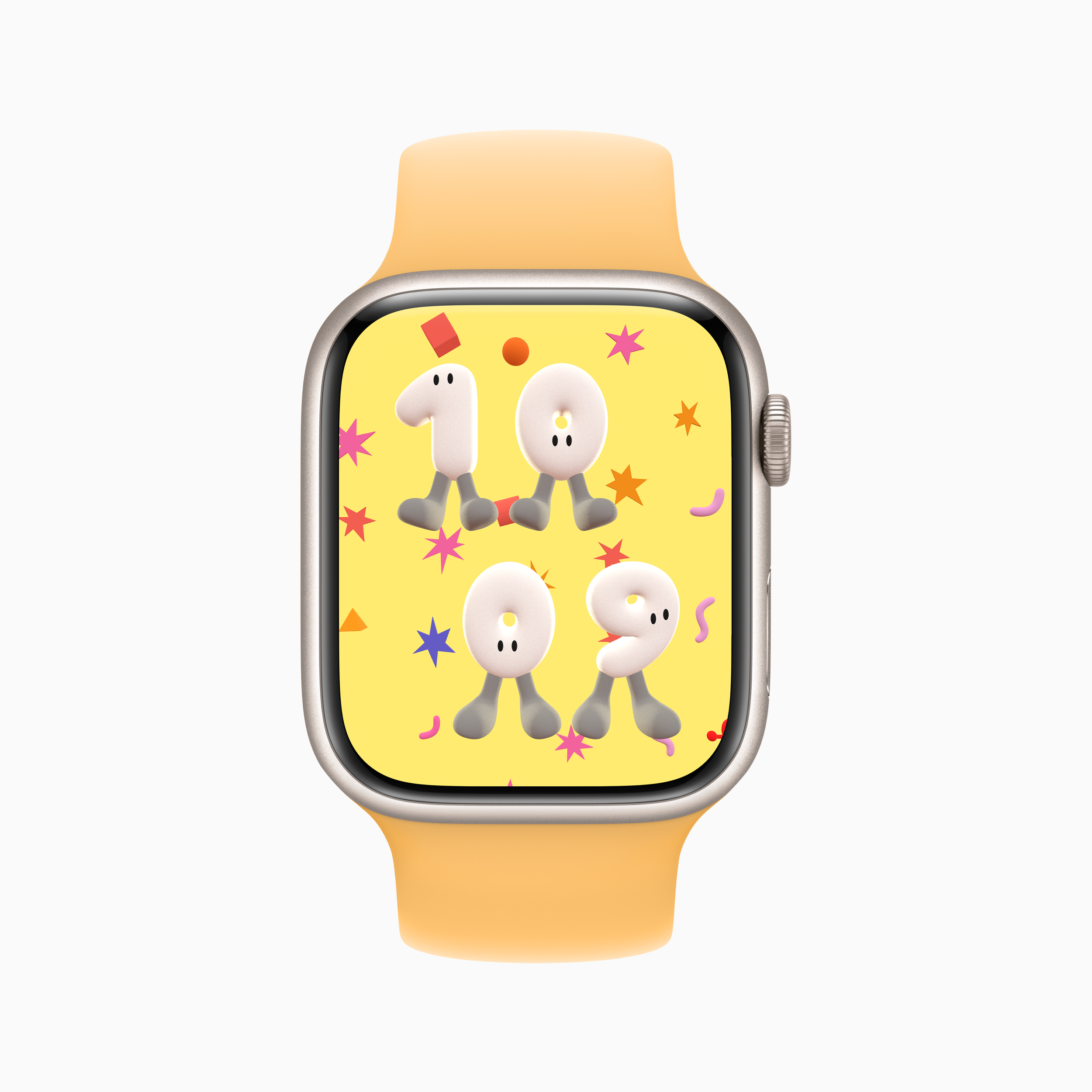
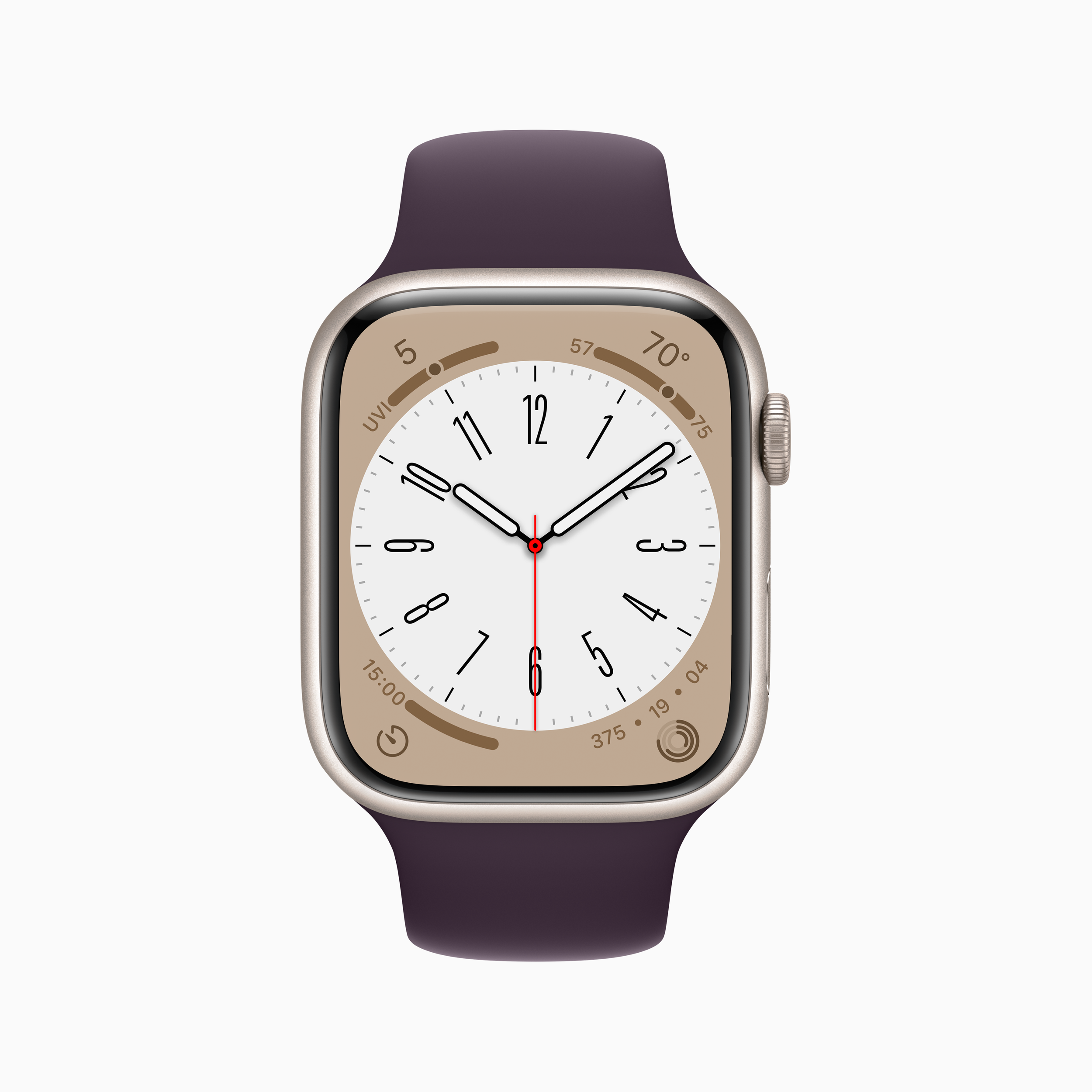

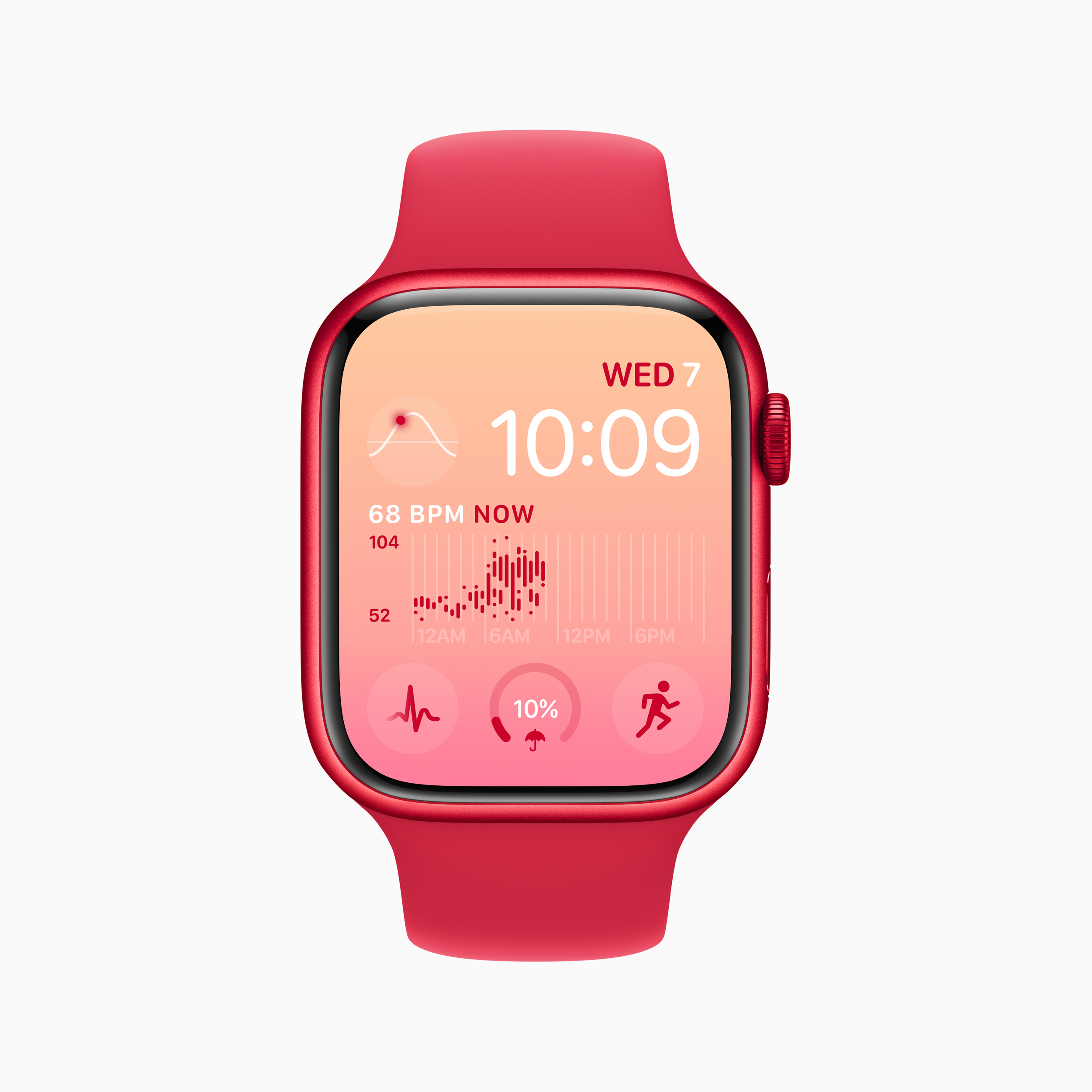
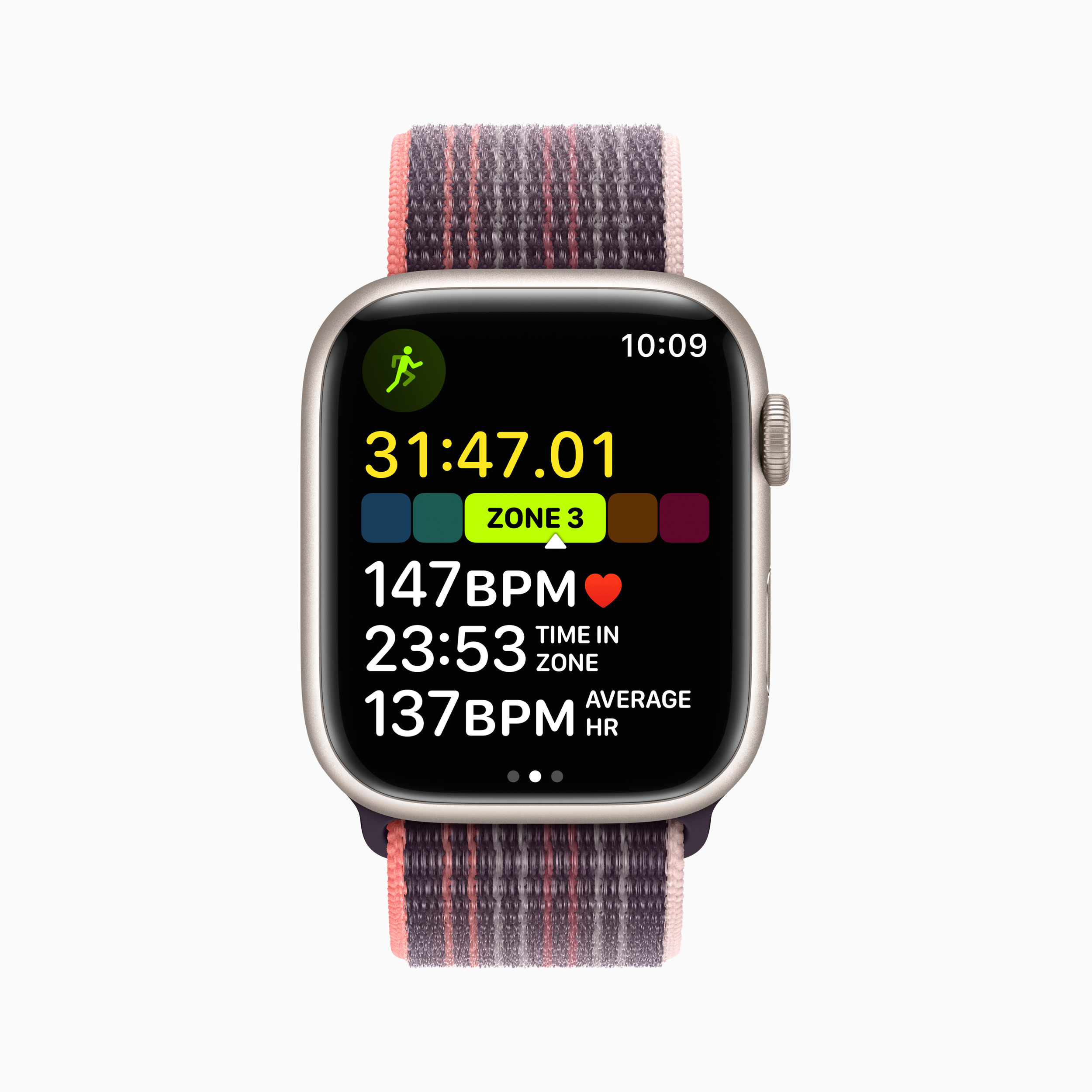
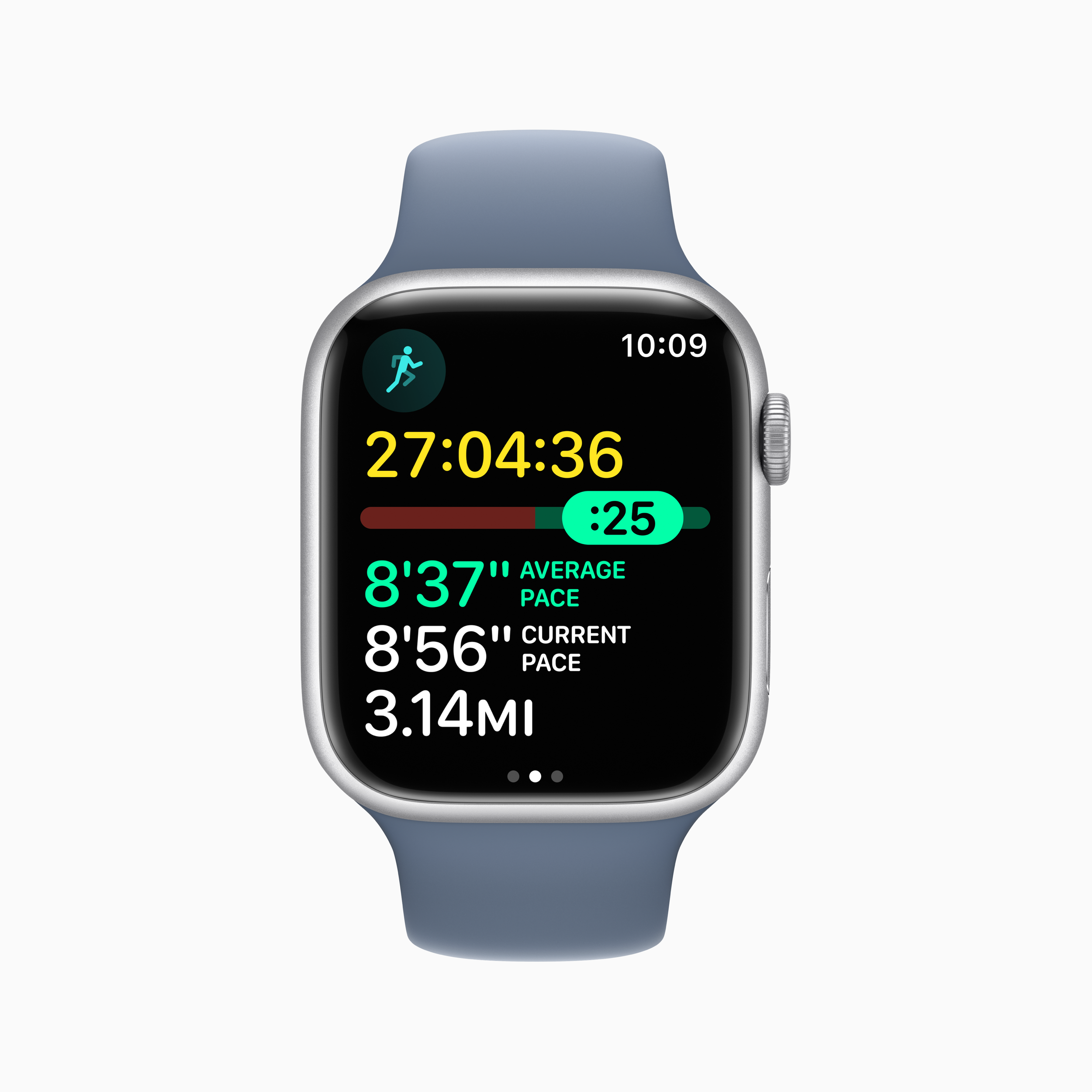
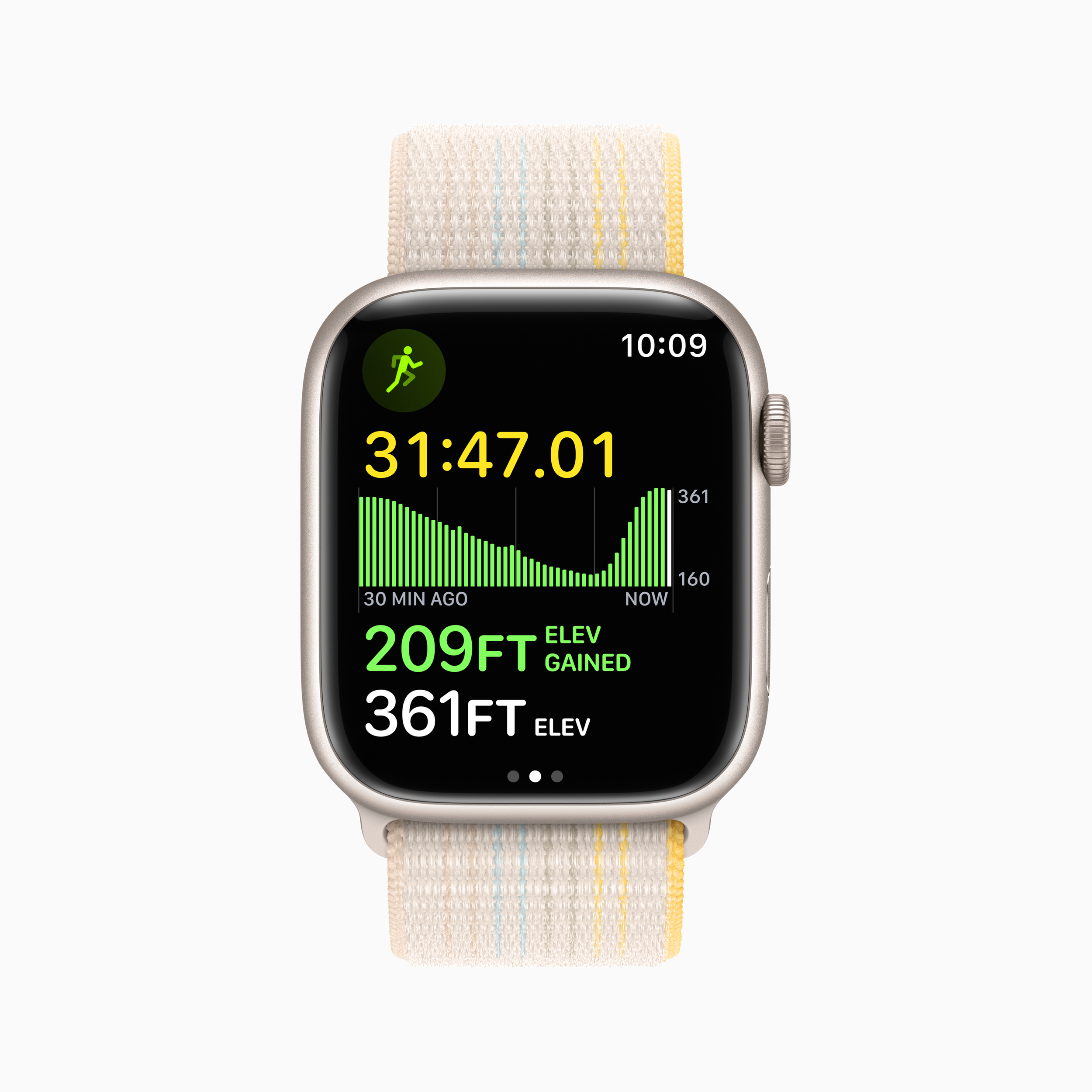
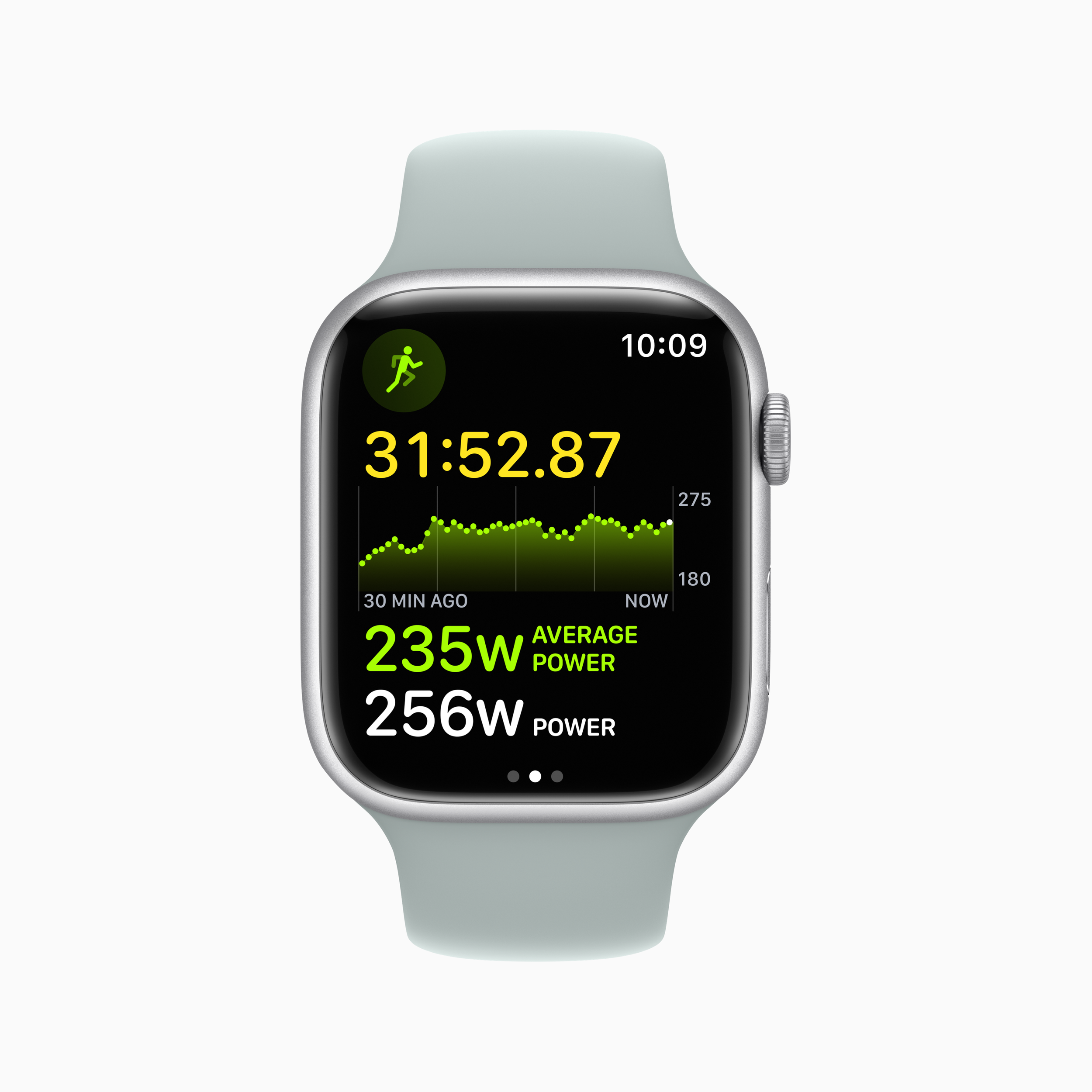
In addition to these new devices, watchOS 9 will launch when you're reading this with a Workout app, a new Medications app, better insights into sleep and heart health, and new watch faces. The only features that aren't available at aren't are Race Routes, which allows for run and cycle workouts that often repeat and improve upon over time, adding to children as a Home app member, and adding keys to the Wallet app. However, these features are coming later this year.
2nd Generation AirPods Pro
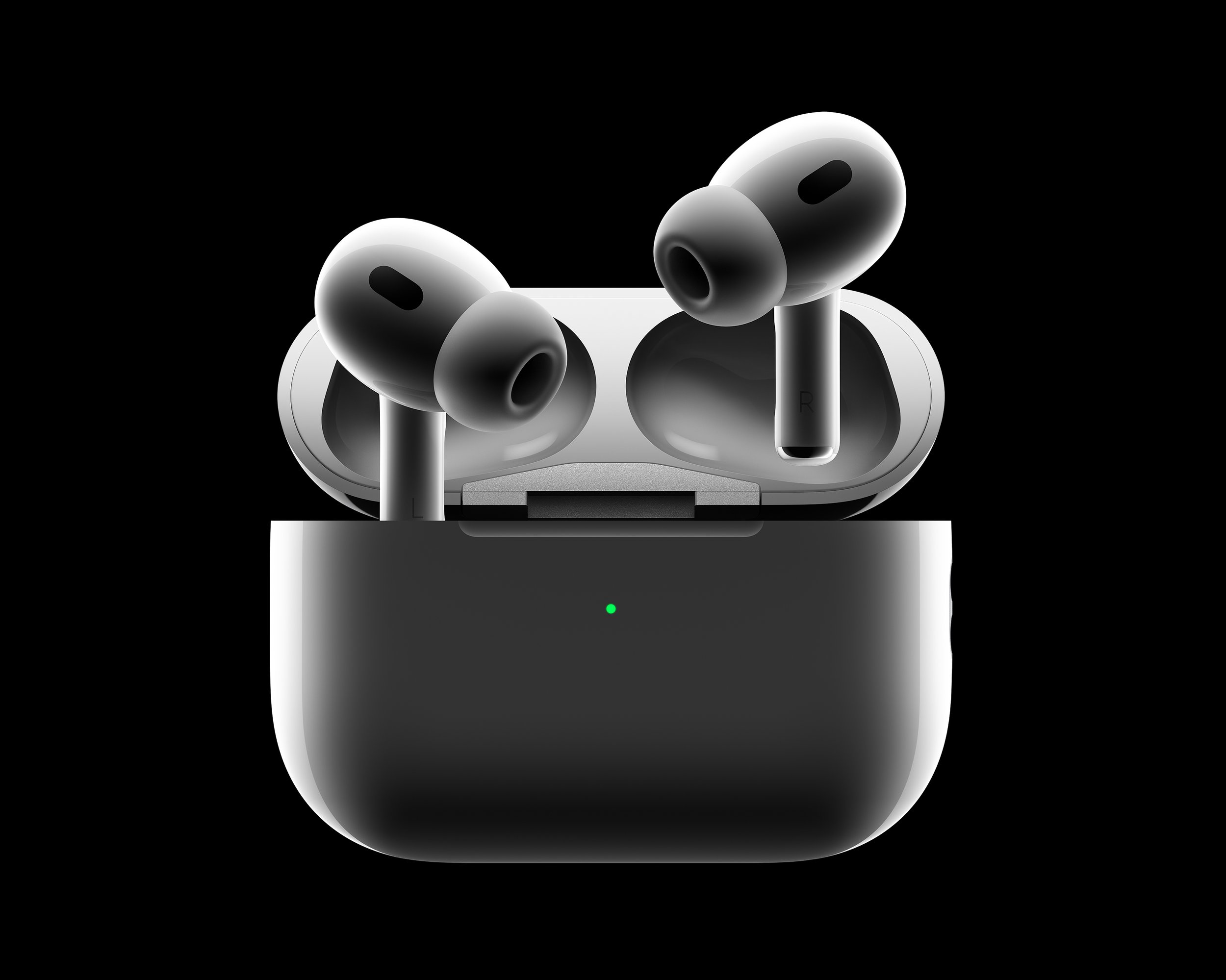
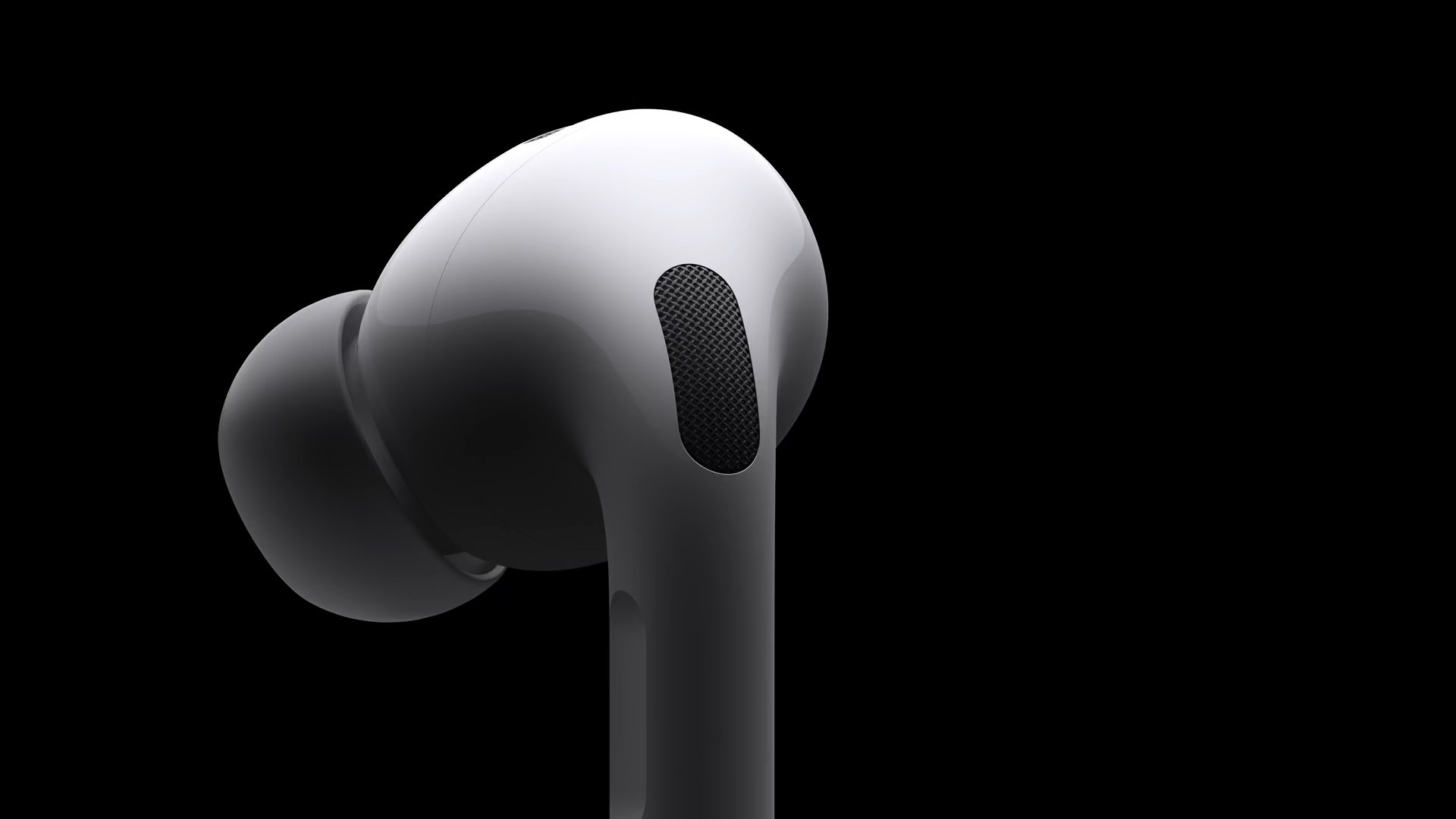
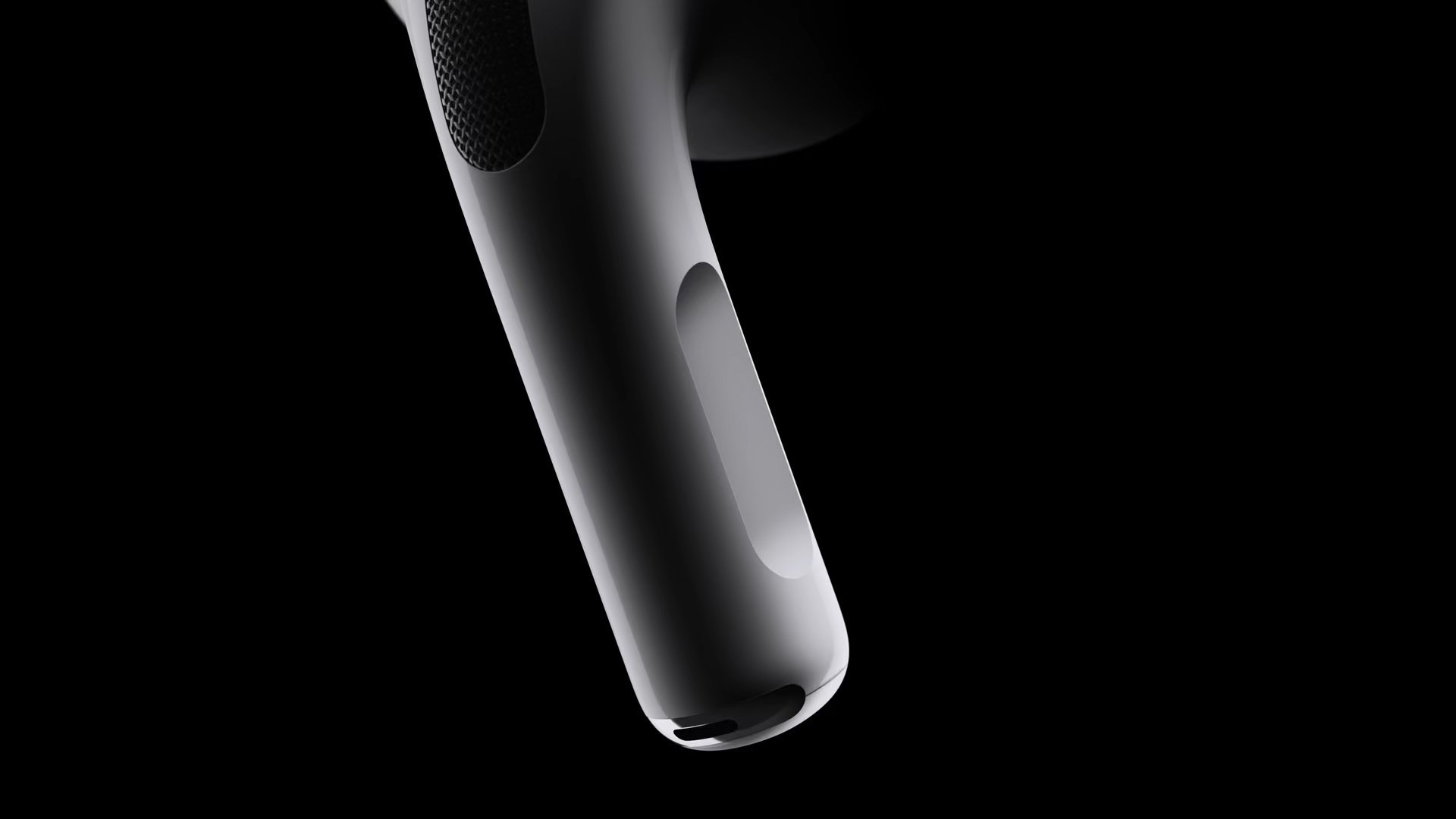

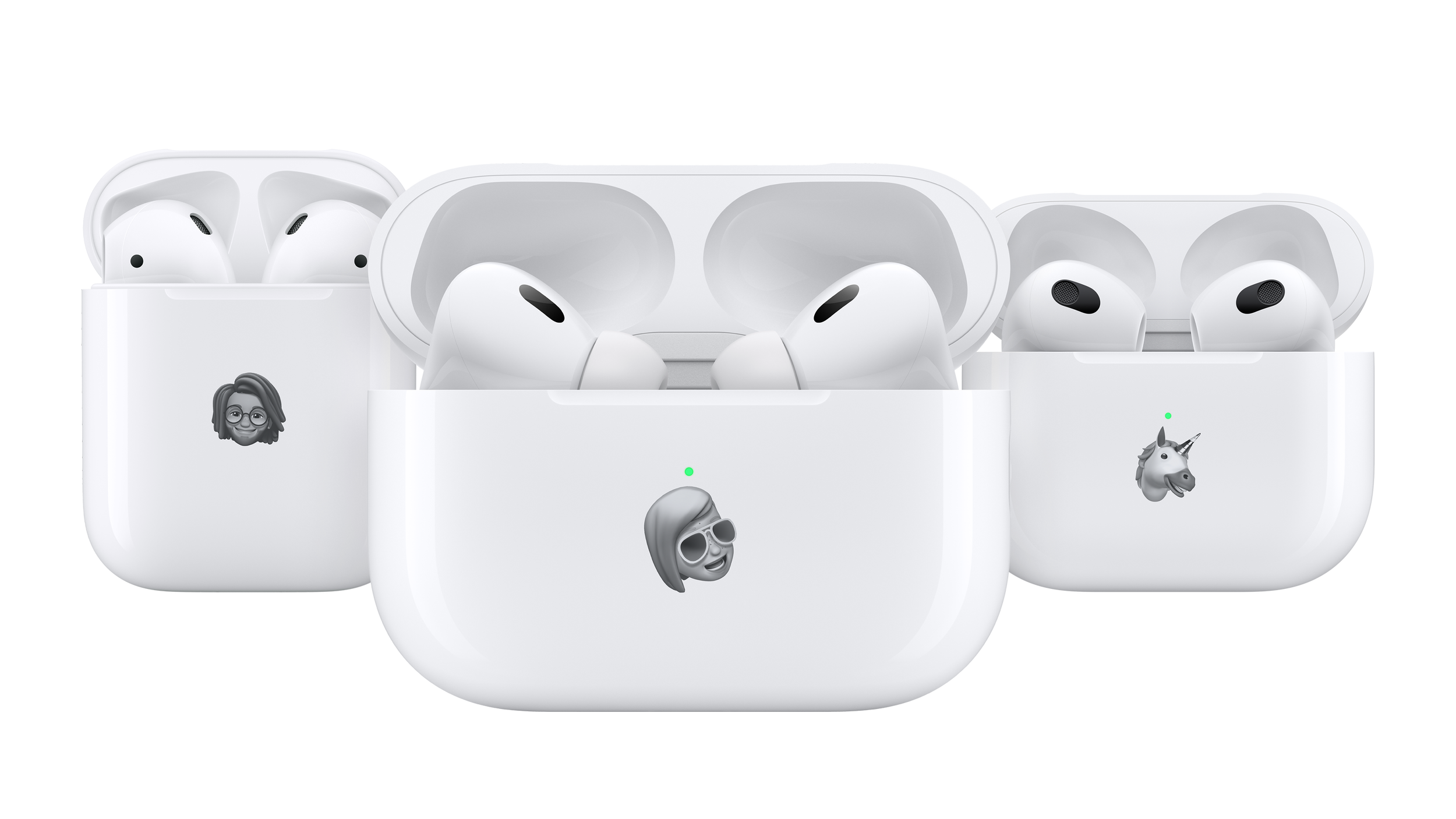

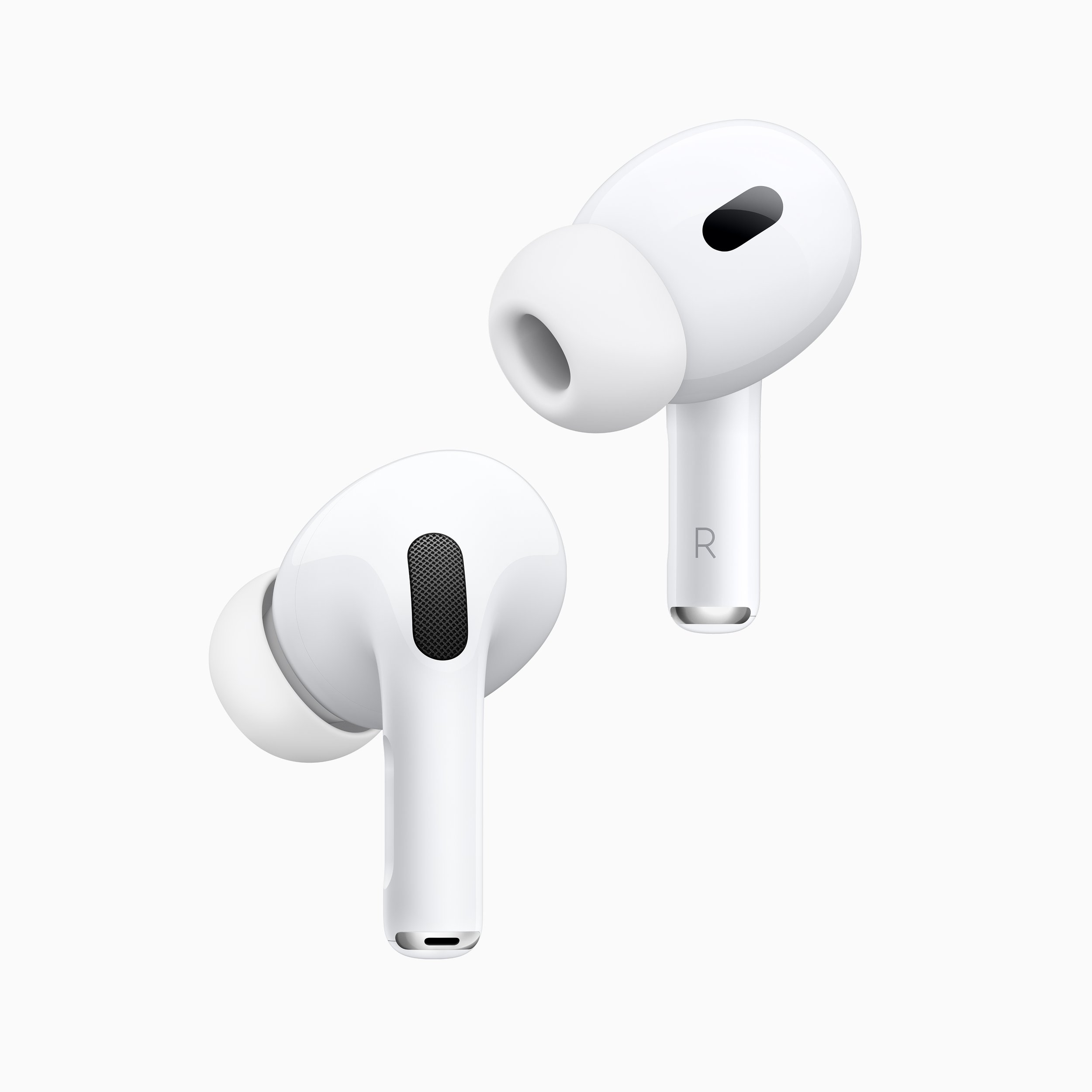
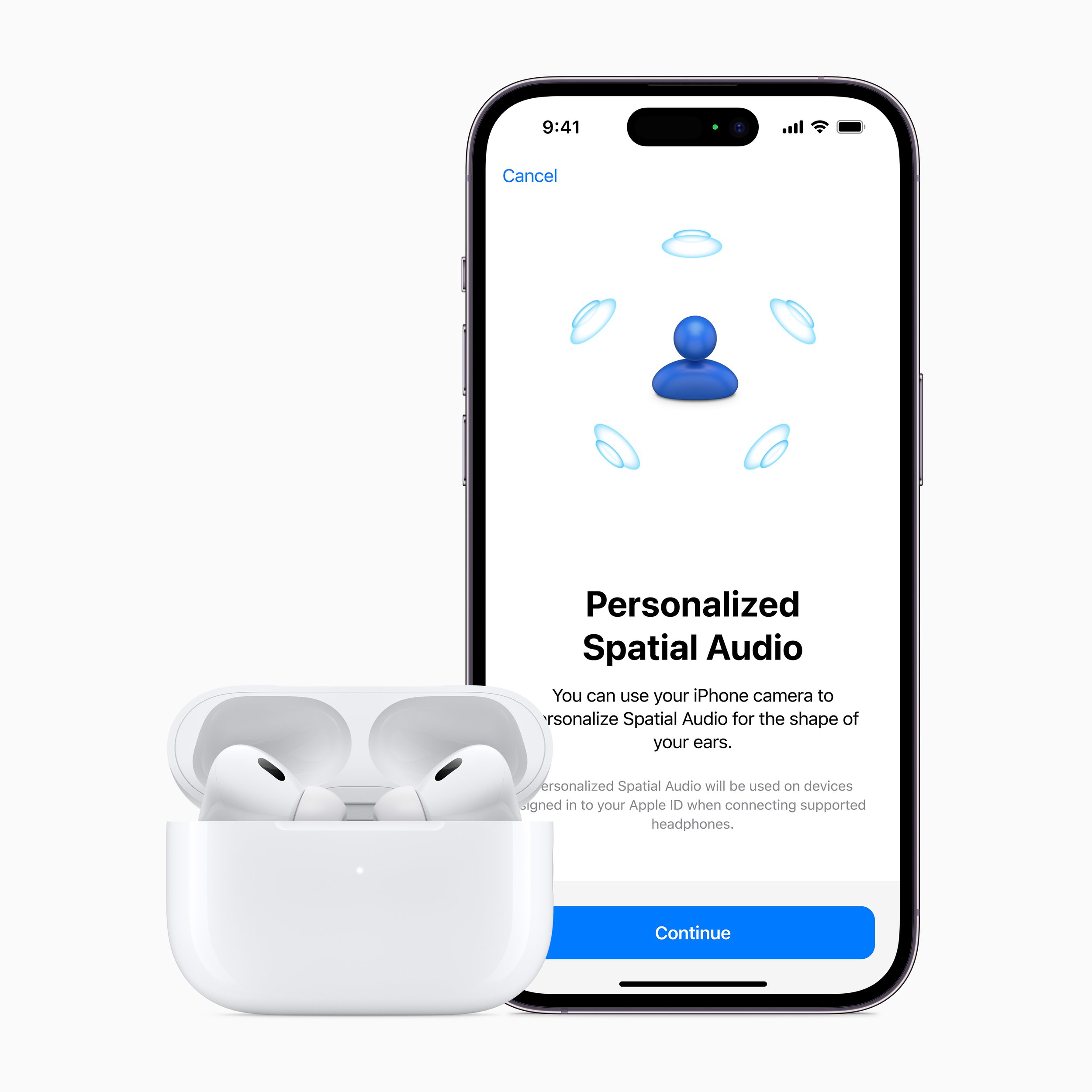
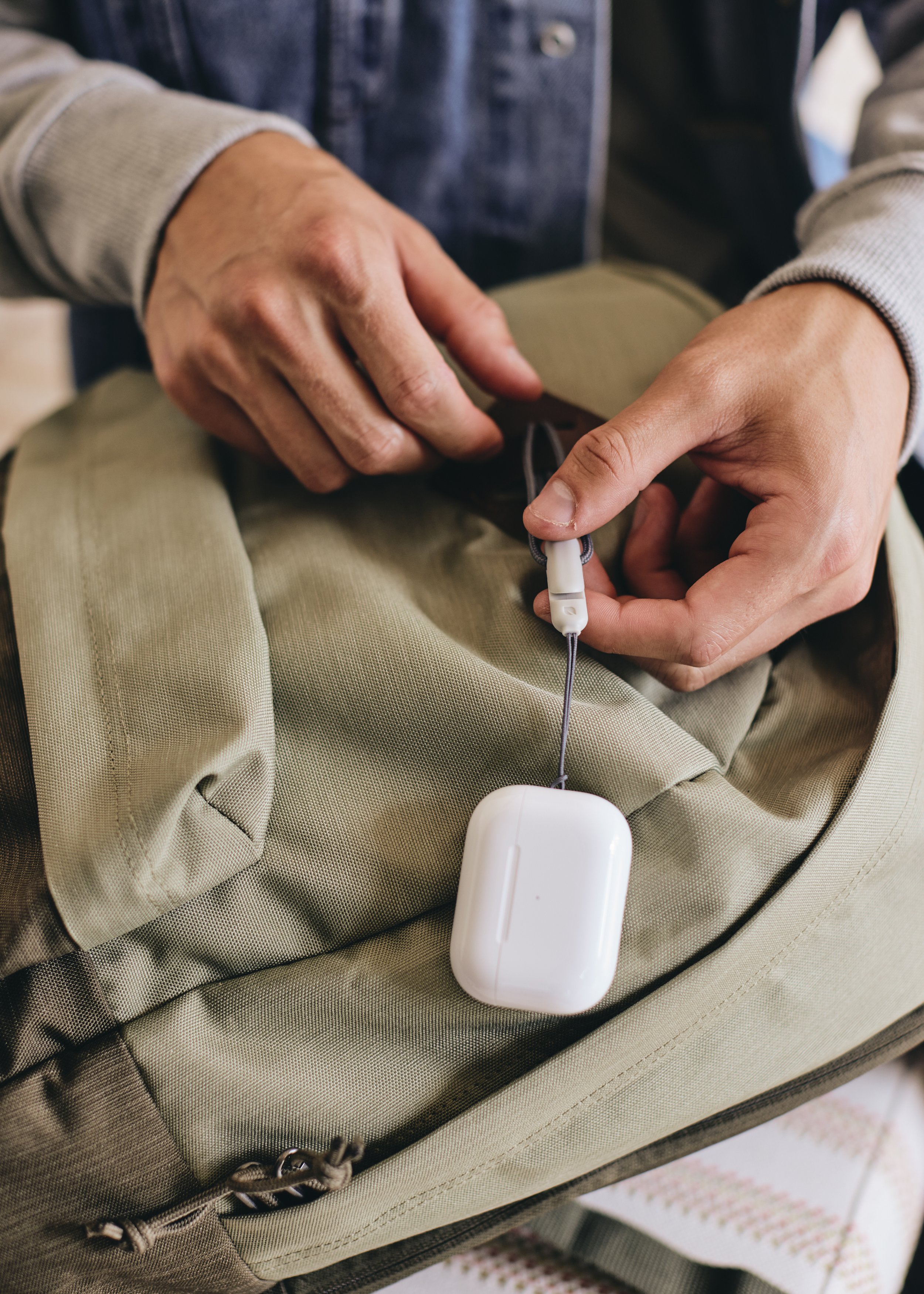
In earbuds news, there is finally a new generation of the AirPods Pro after three years. It's got a new H2 chip, which allows for "major upgrades" to "Active Noise Cancellation and Transparency mode and a "unique way to experience Spatial Audio." Also new are touch controls for playback and volume adjustments on the stem, 6 hours of listening time per charge (up to 30 with the case), a new low-distortion audio driver and custom amplifier for better bass and sound performance, 2x better noise cancellation according to Apple, a speaker in the case to find your AirPods case, and the capability to charge the case with an Apple Watch charge and Lightning cable.
The AirPods Pro Series 2 will sell for $249 beginning on September 23rd.
The iPhone 14 Lineup
Last but certainly not least are the new iPhones: iPhone 14, iPhone 14 Plus, iPhone 14 Pro, and iPhone 14 Pro Max.
Eagle-eyed readers will be quick to note there is no iPhone 14 mini and the return of the Plus branding to the iPhone lineup. For the mini, it seems like the iPhone mini models were only selling from three to five percent of iPhone 12 and iPhone 13 sales, according to data from CIRP. So, Apple had an iPhone model to cut out of their lineup, and since it supposedly sold the worst of the four models, it would seem that Apple decided to replace the mini model with the iPhone 14 Plus.
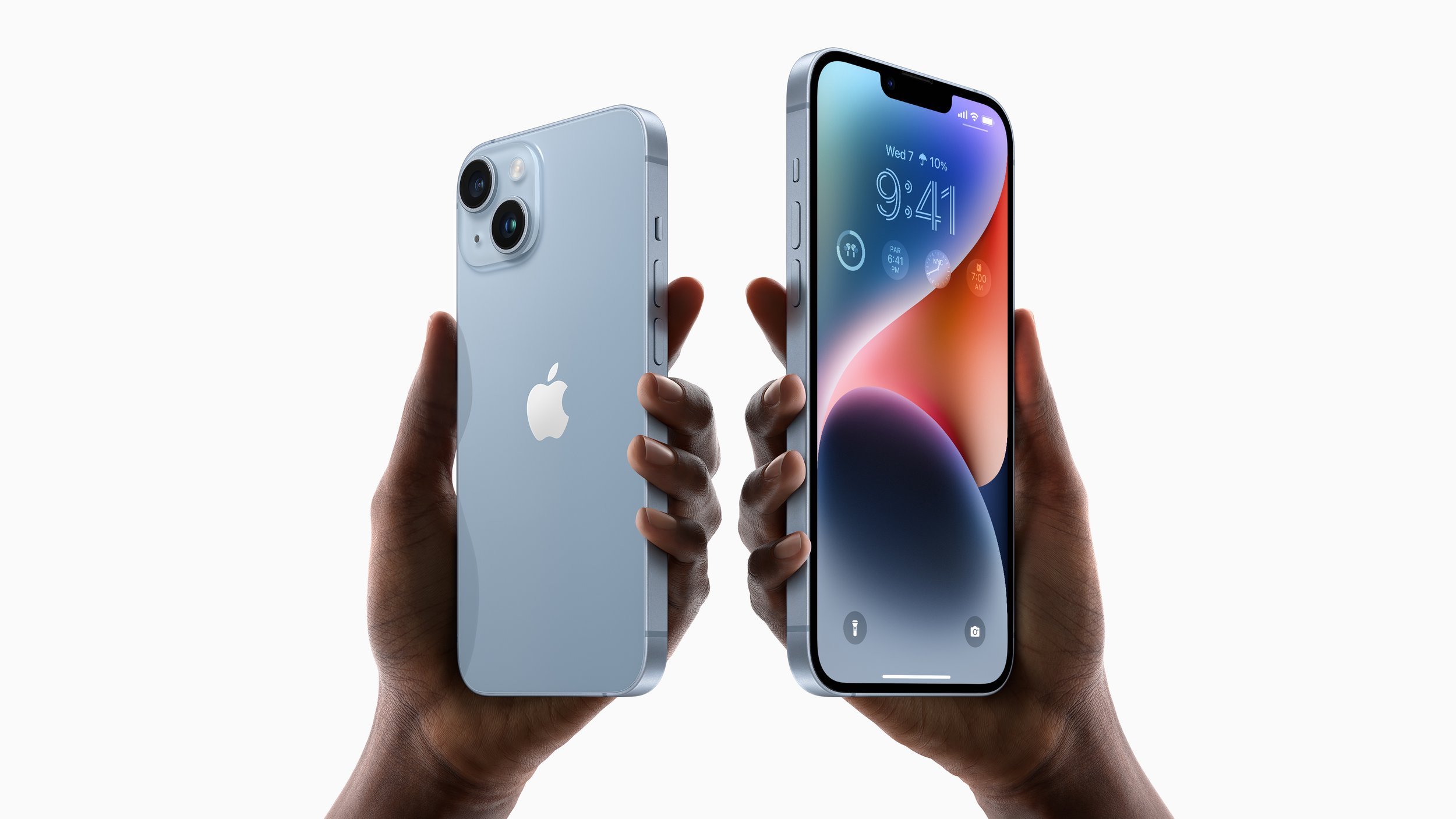
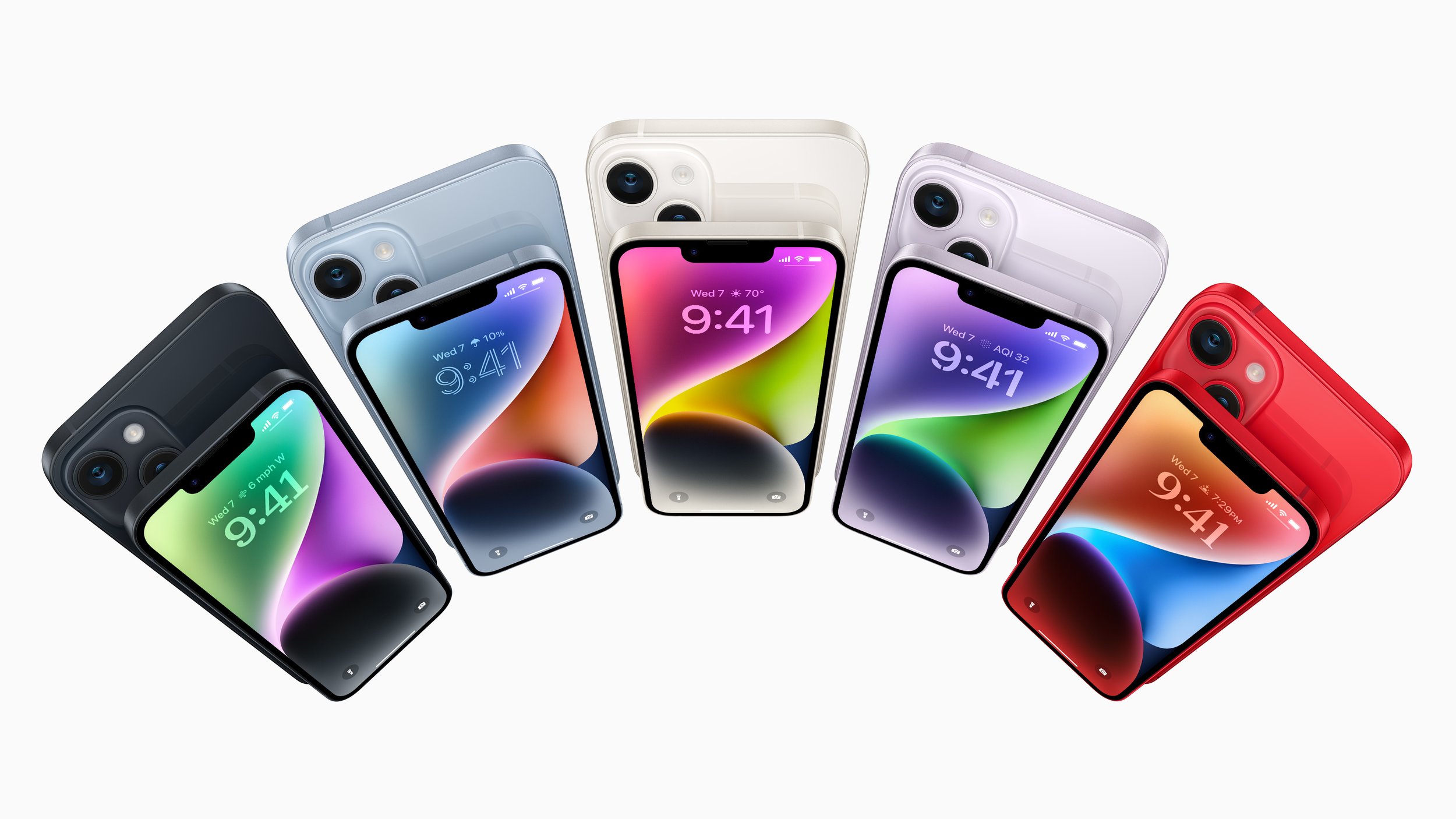
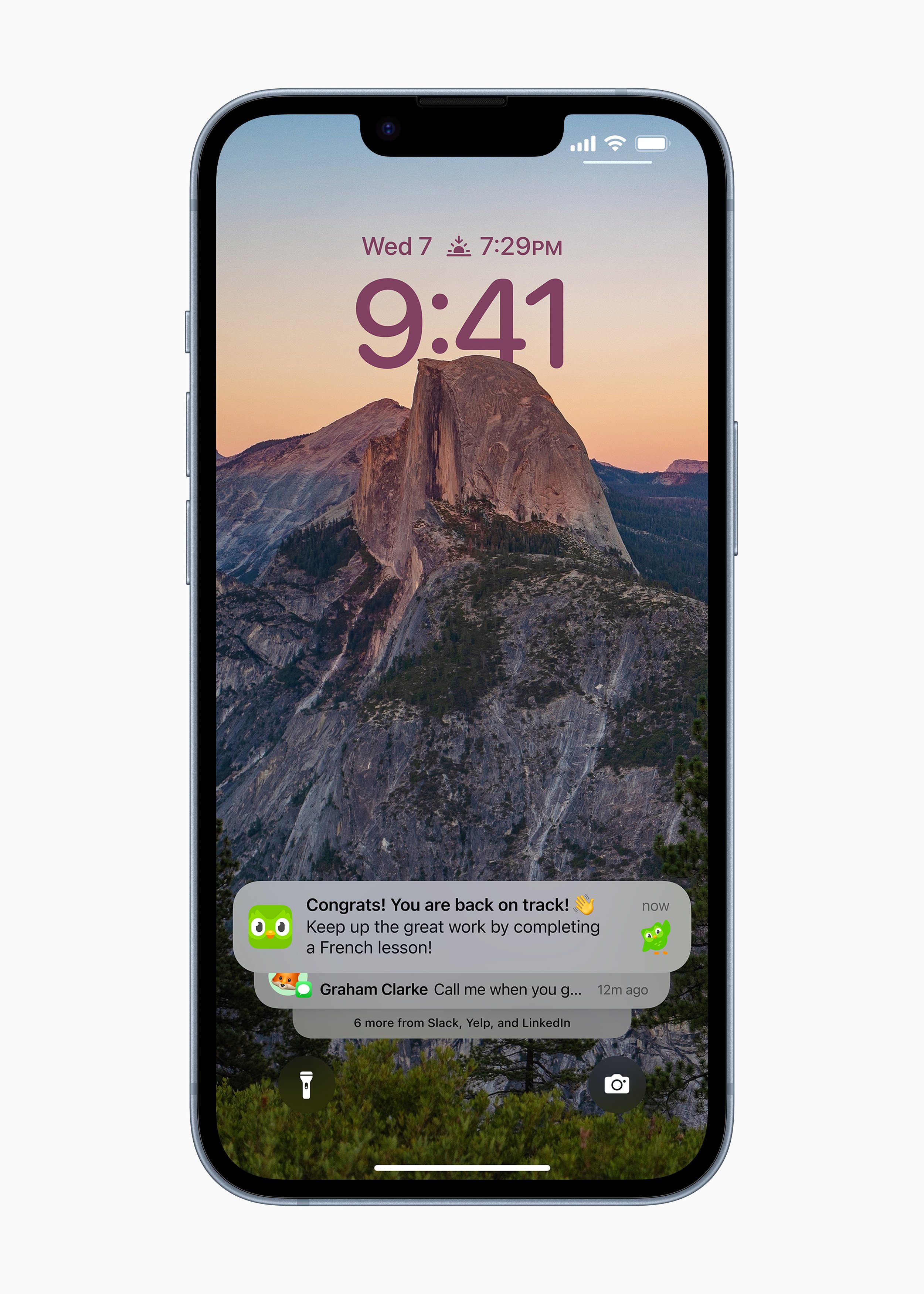
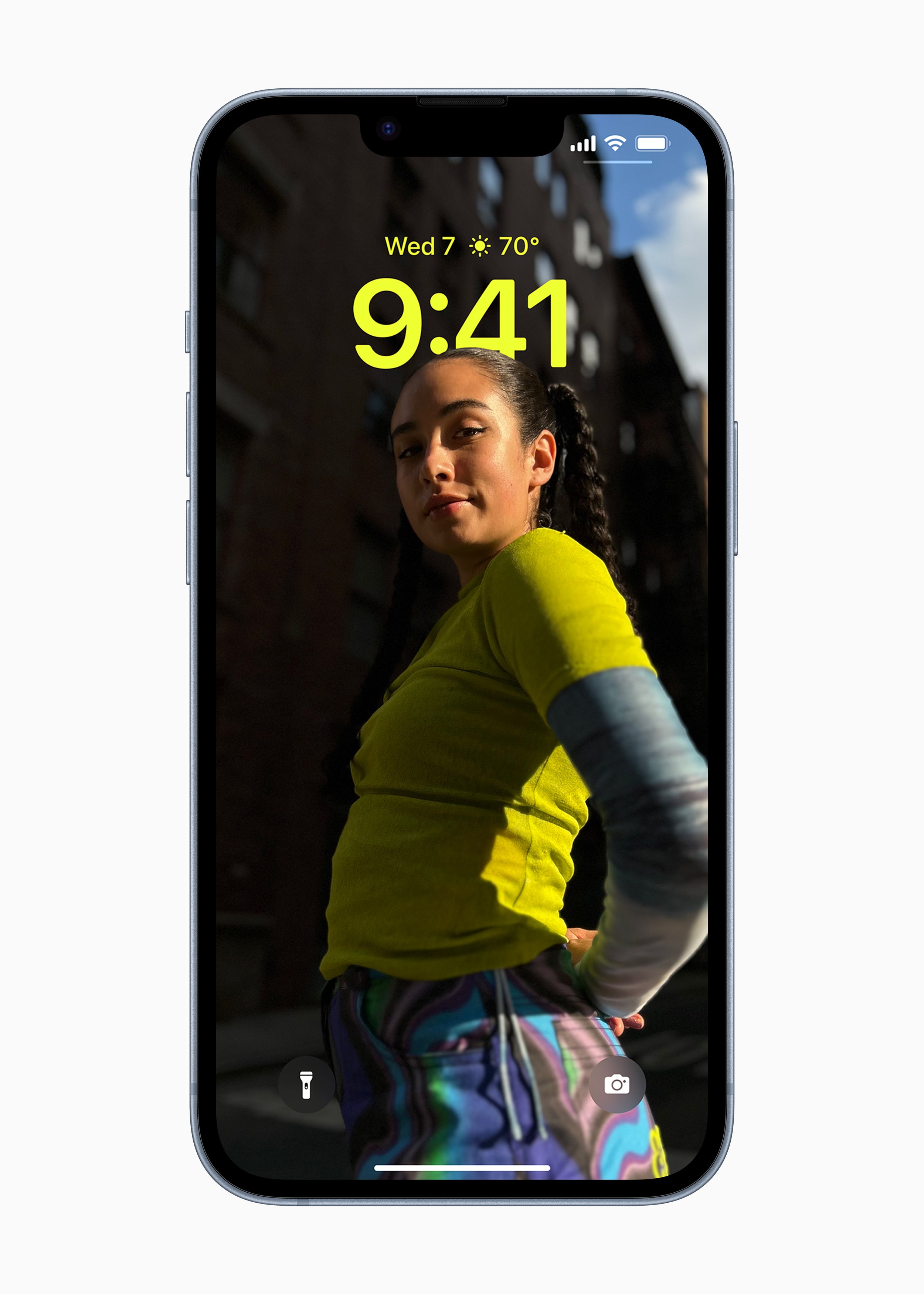
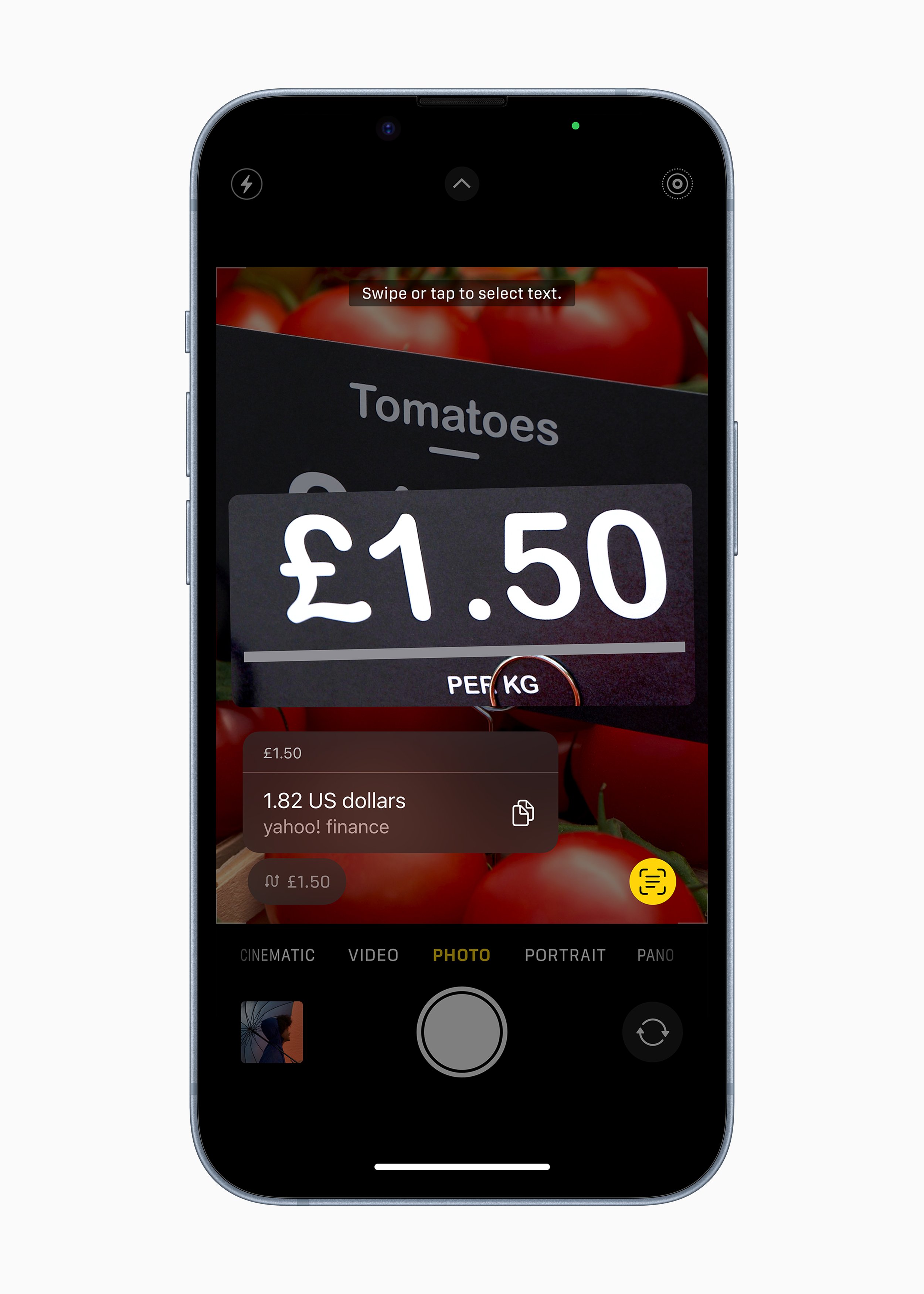
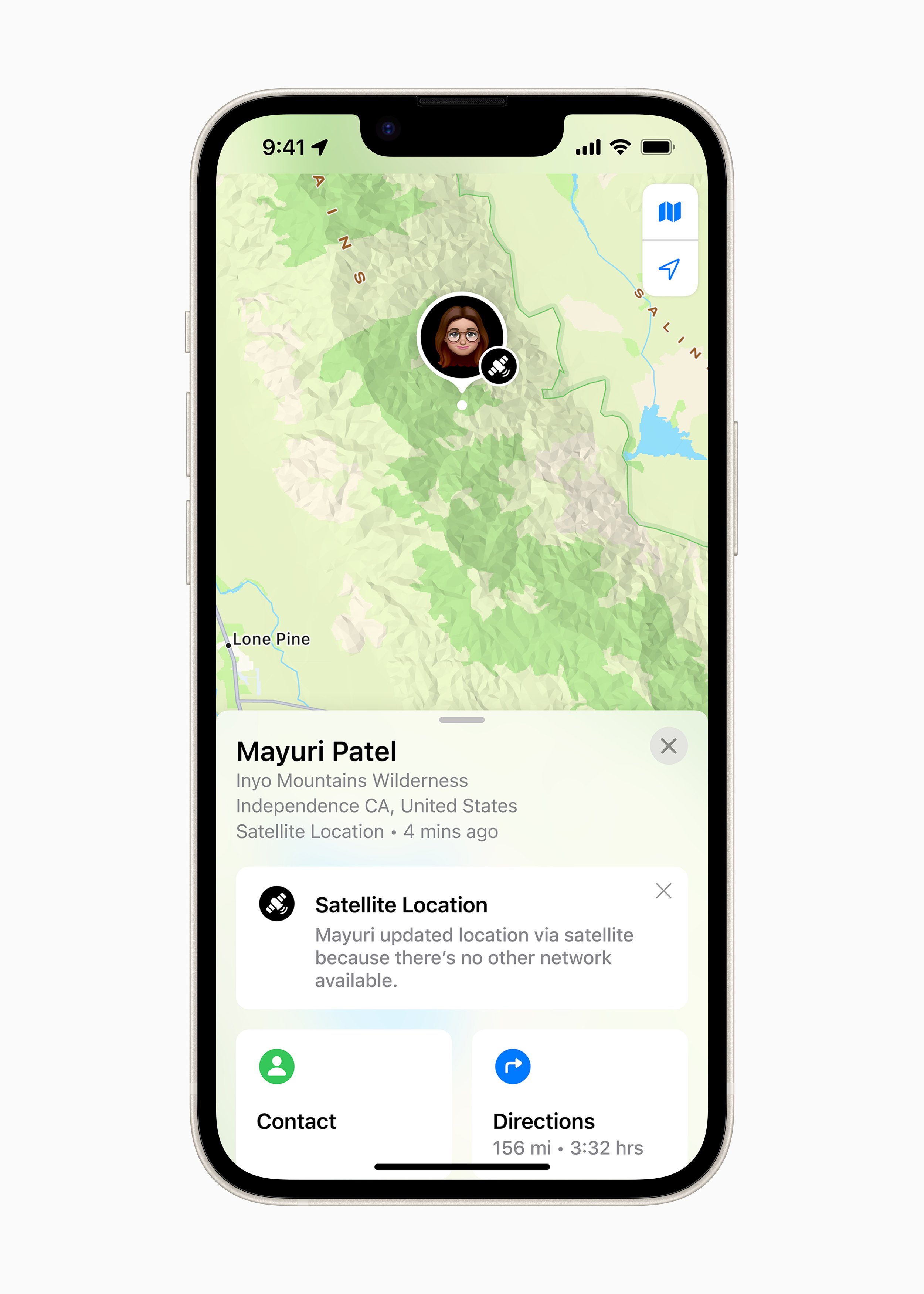
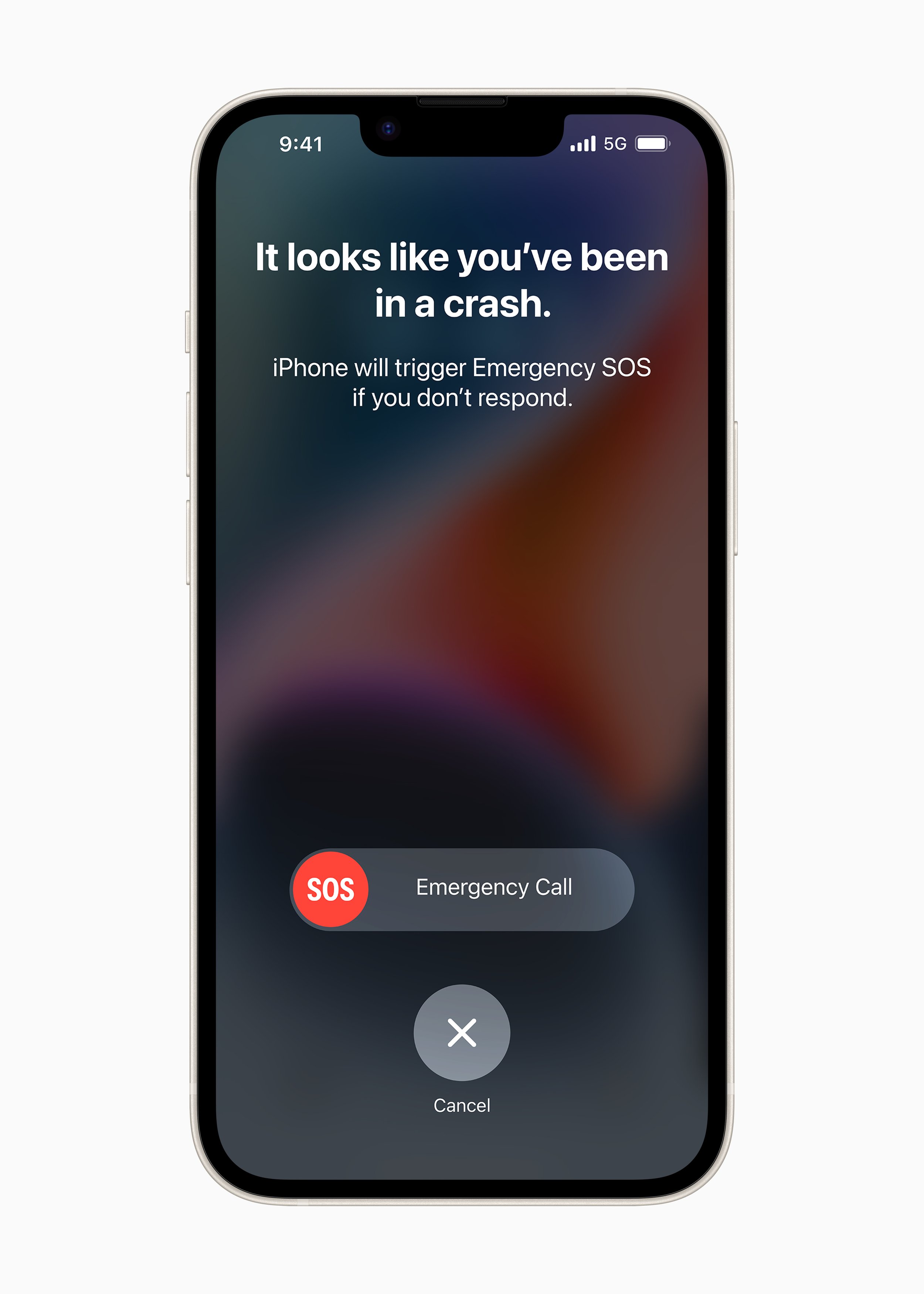
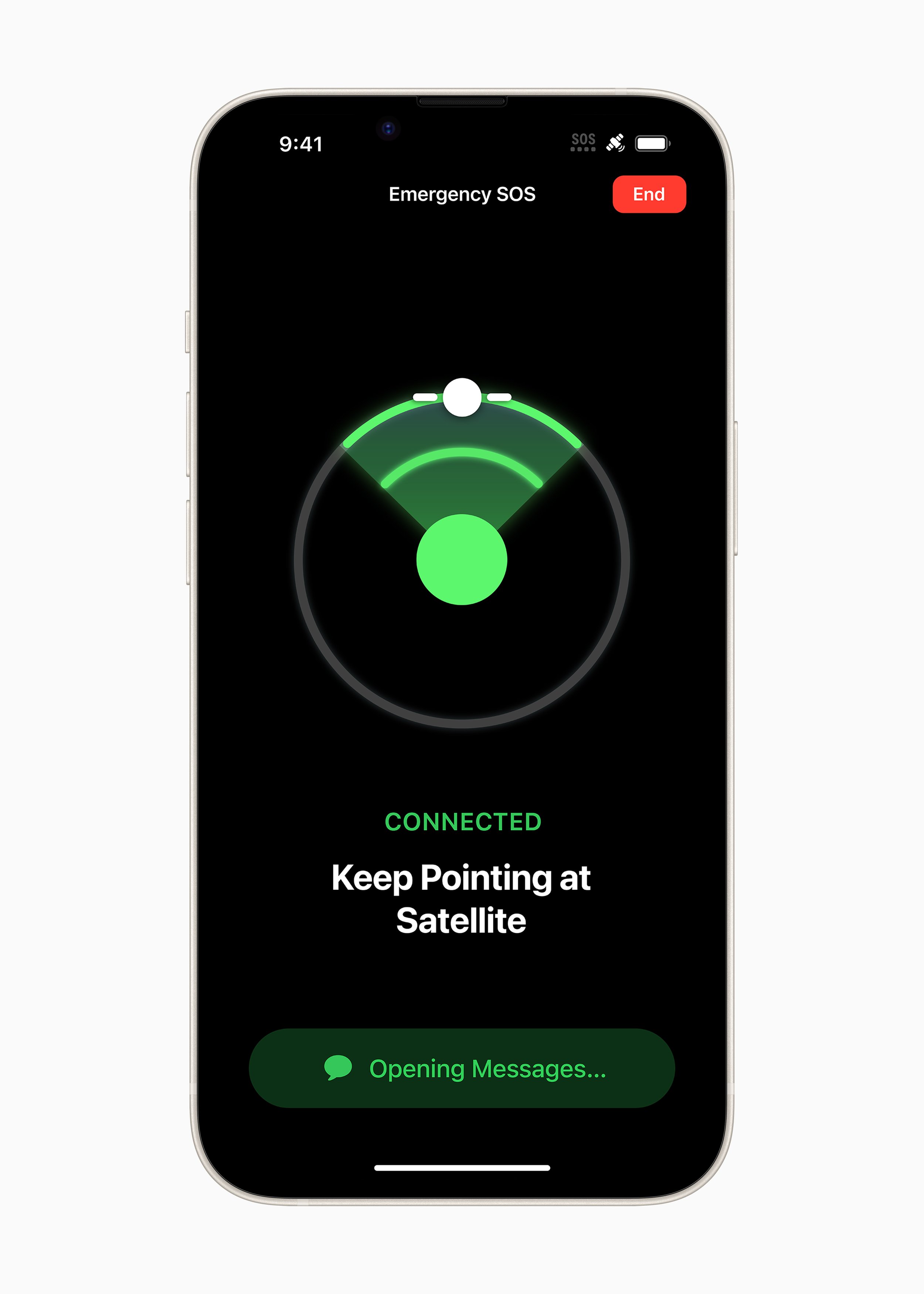
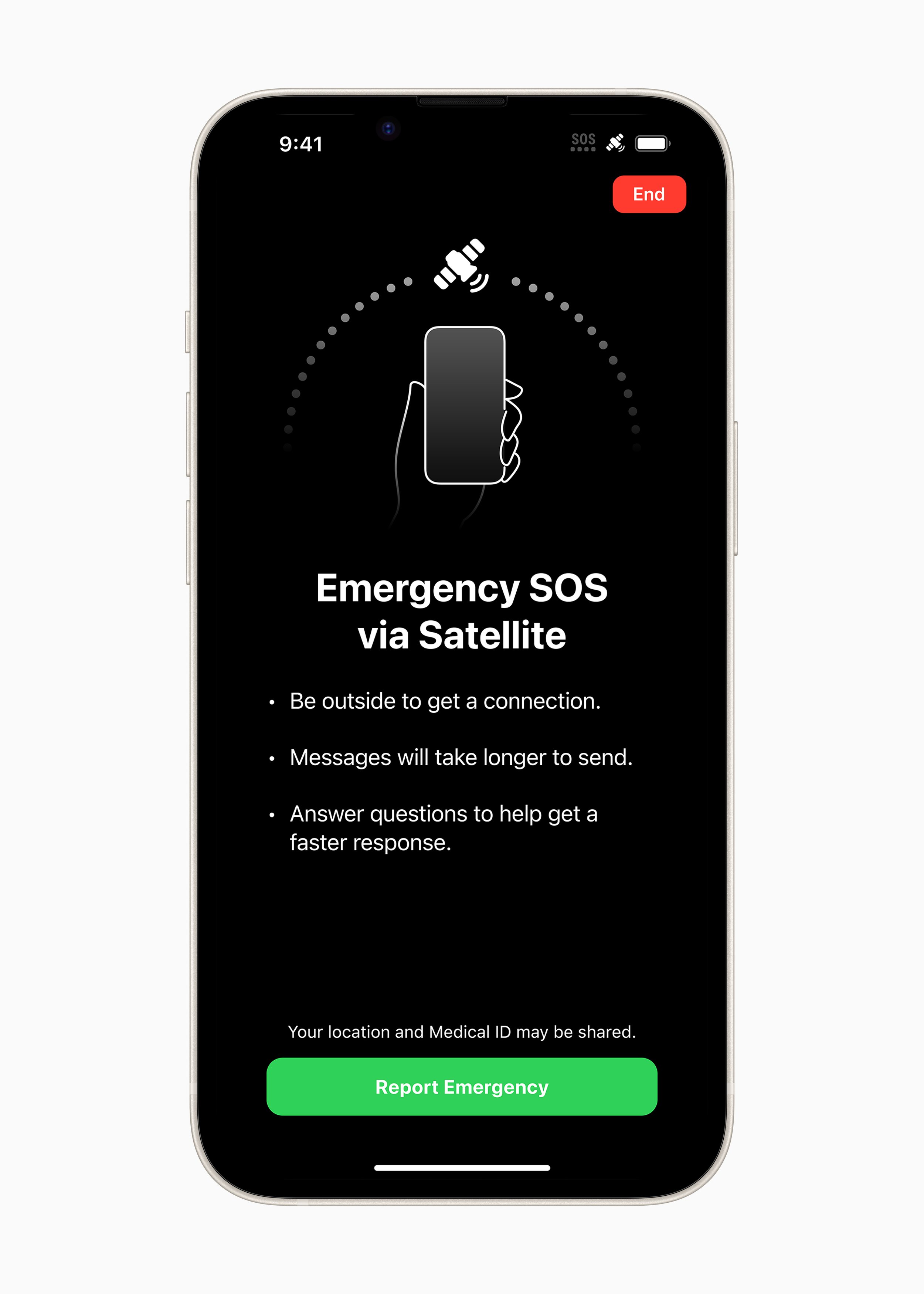
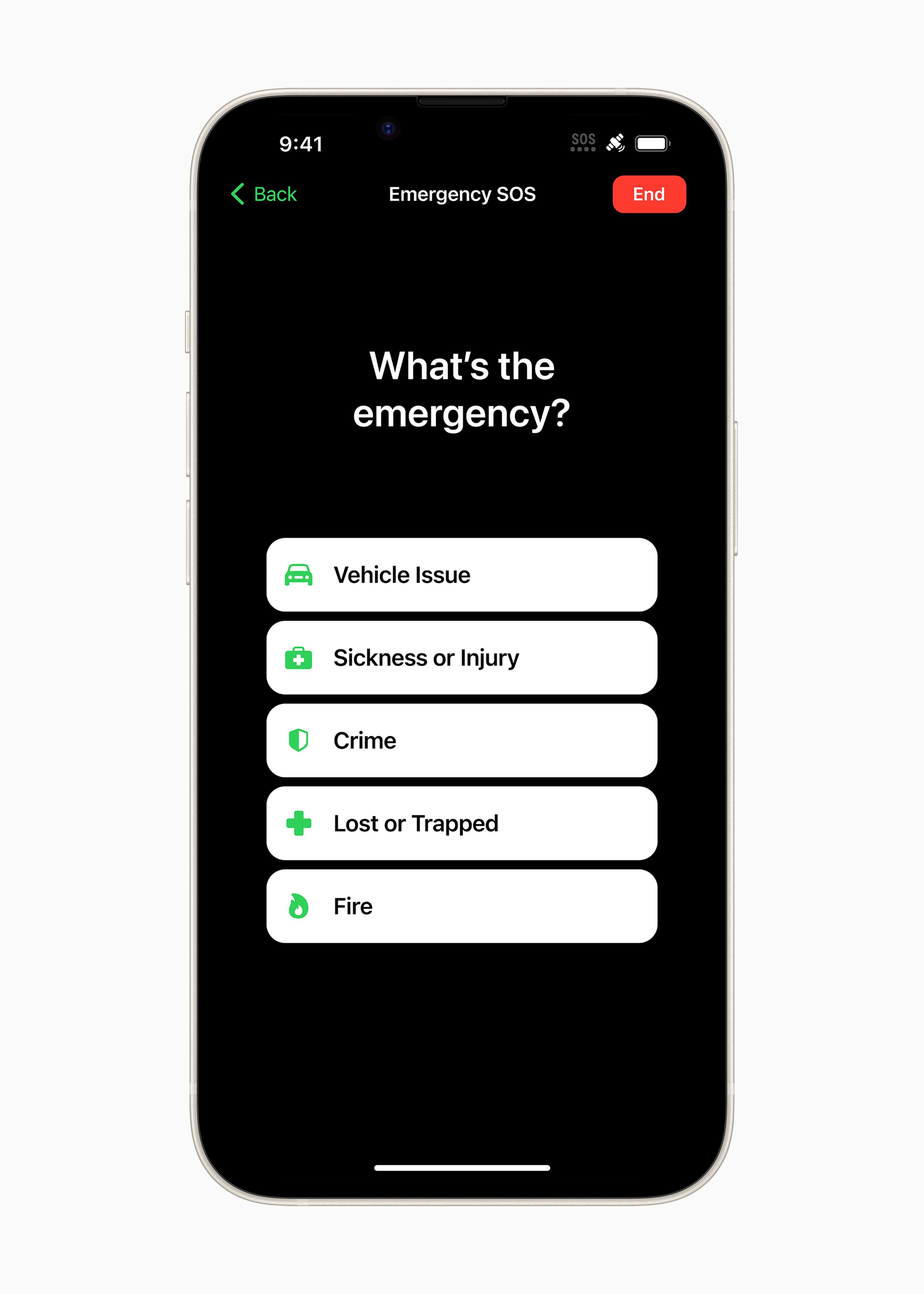
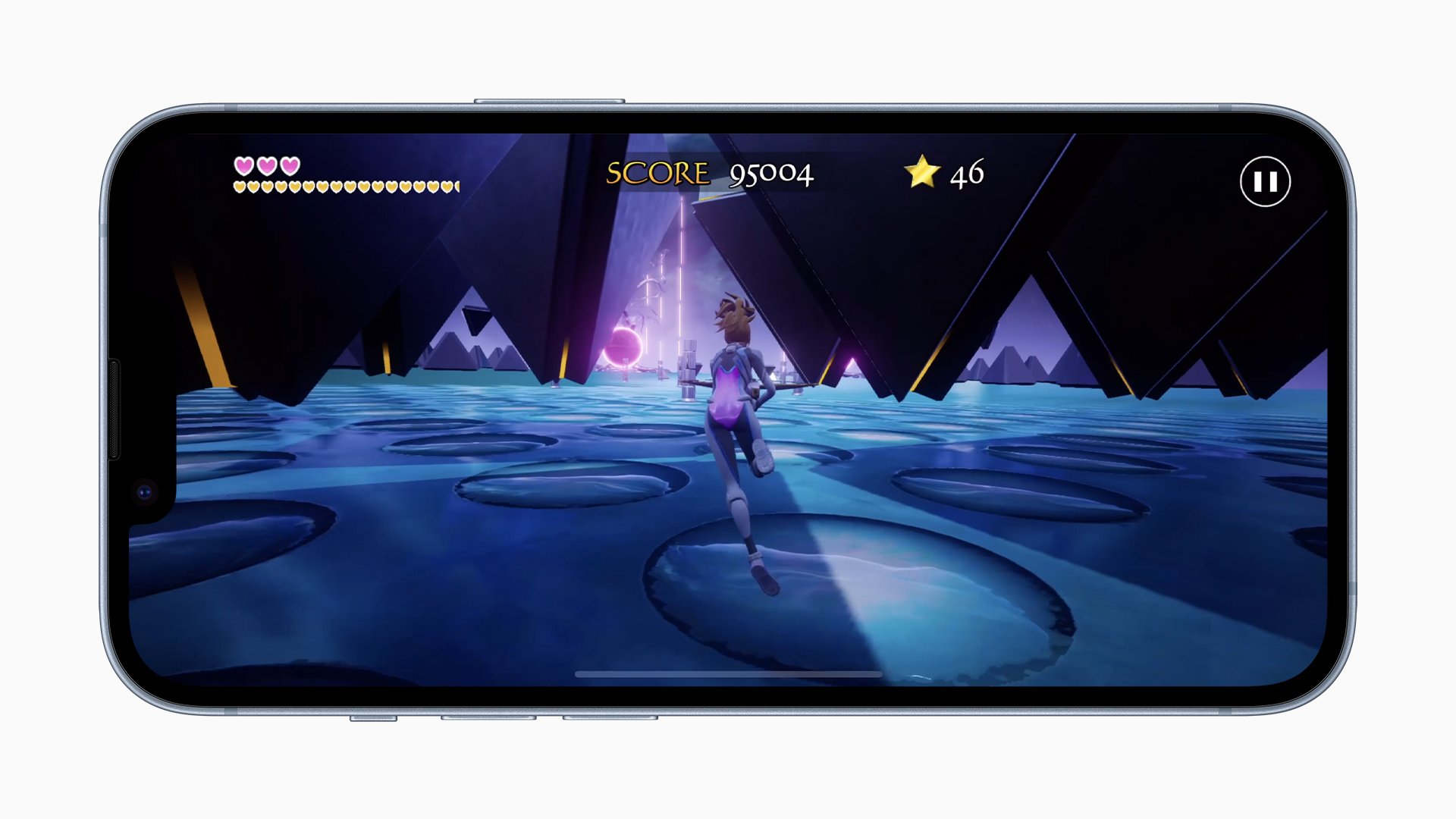
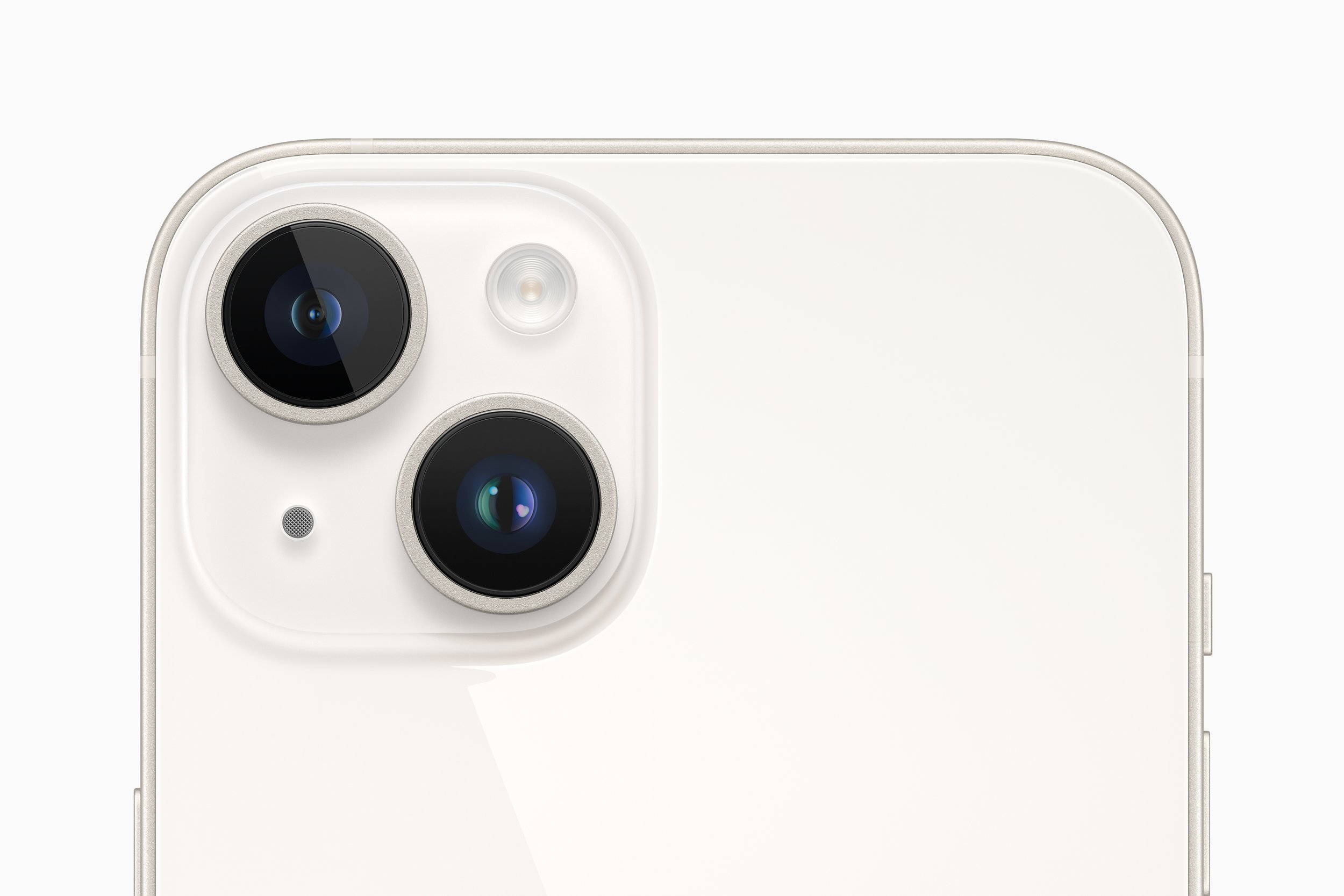
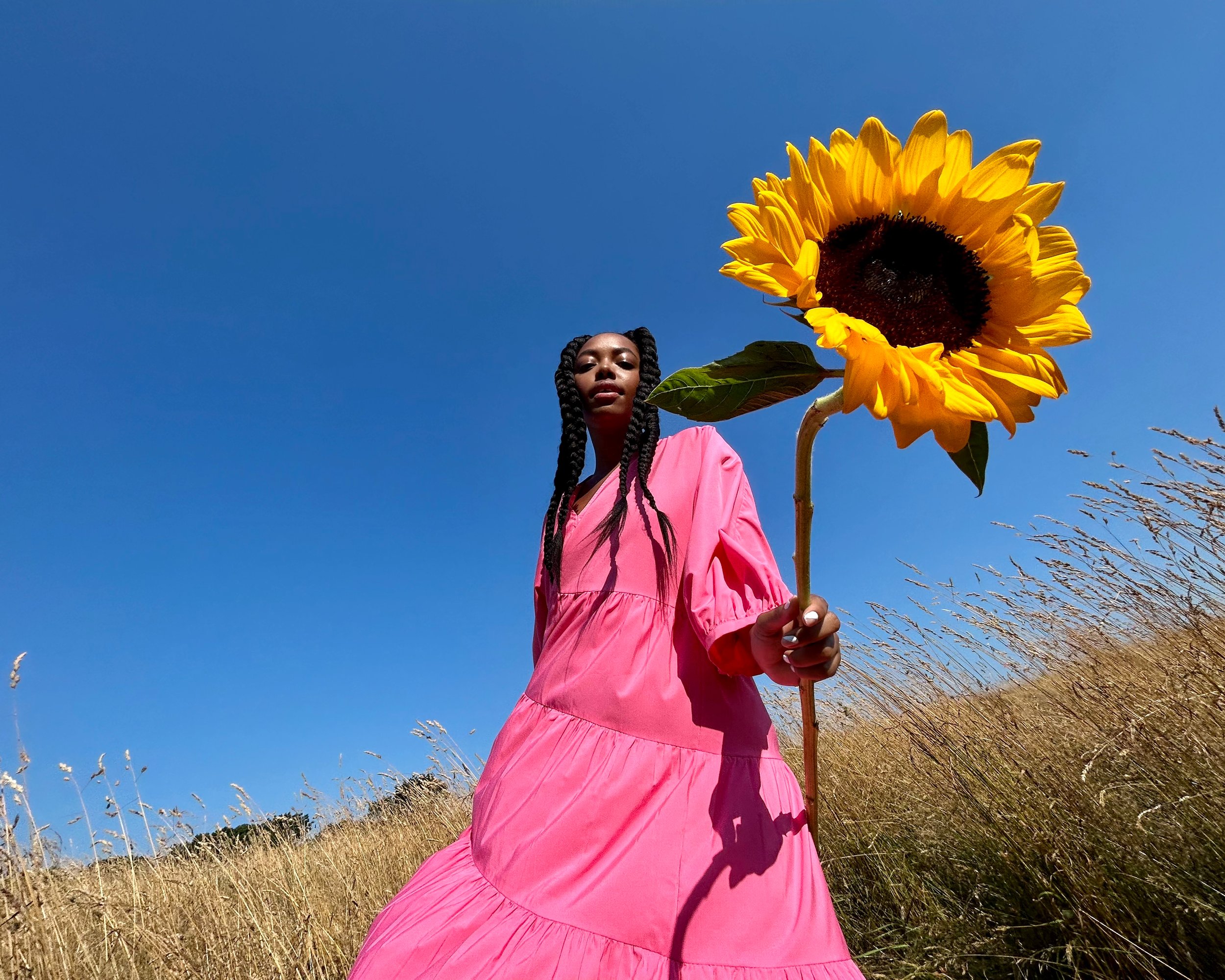

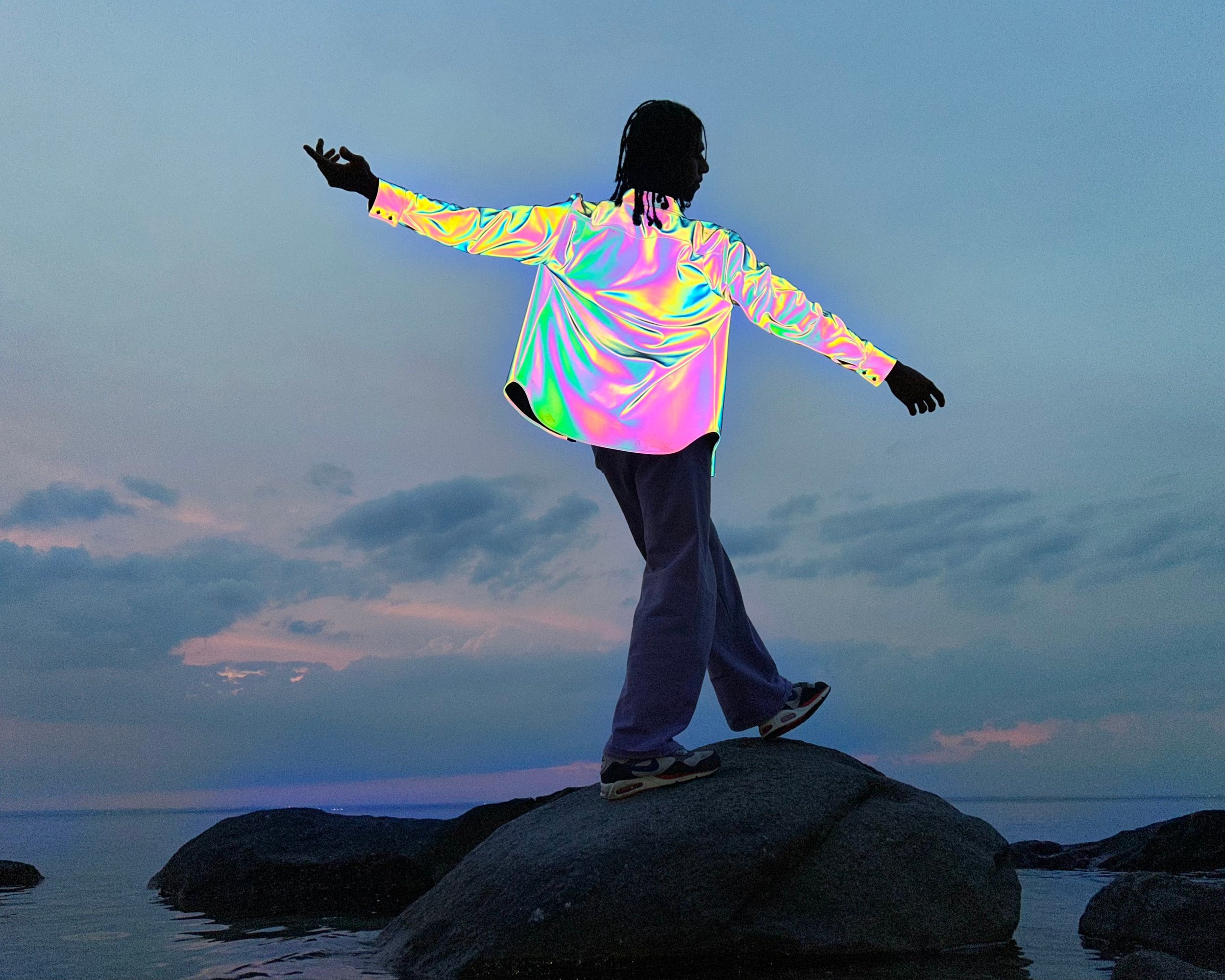
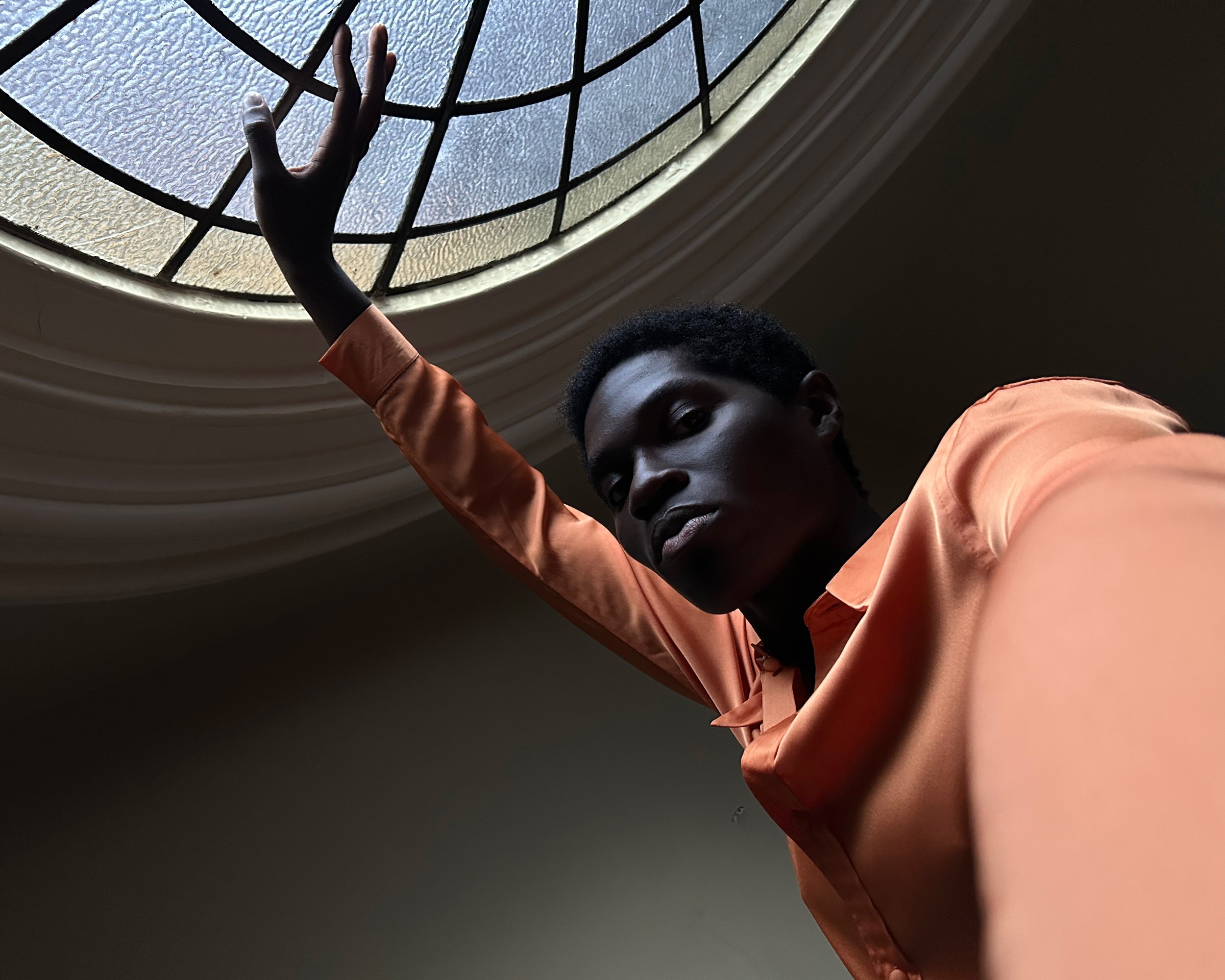


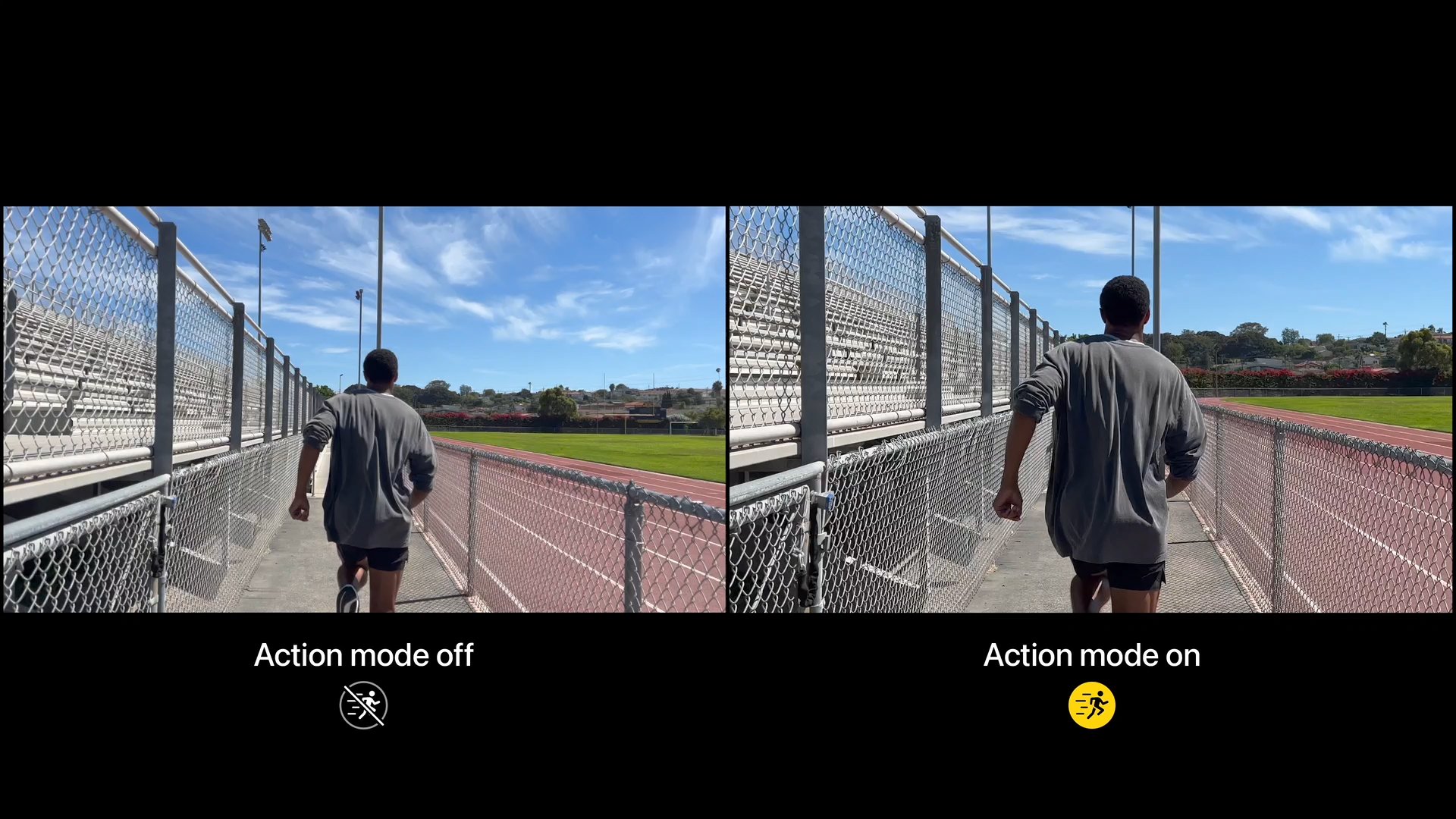
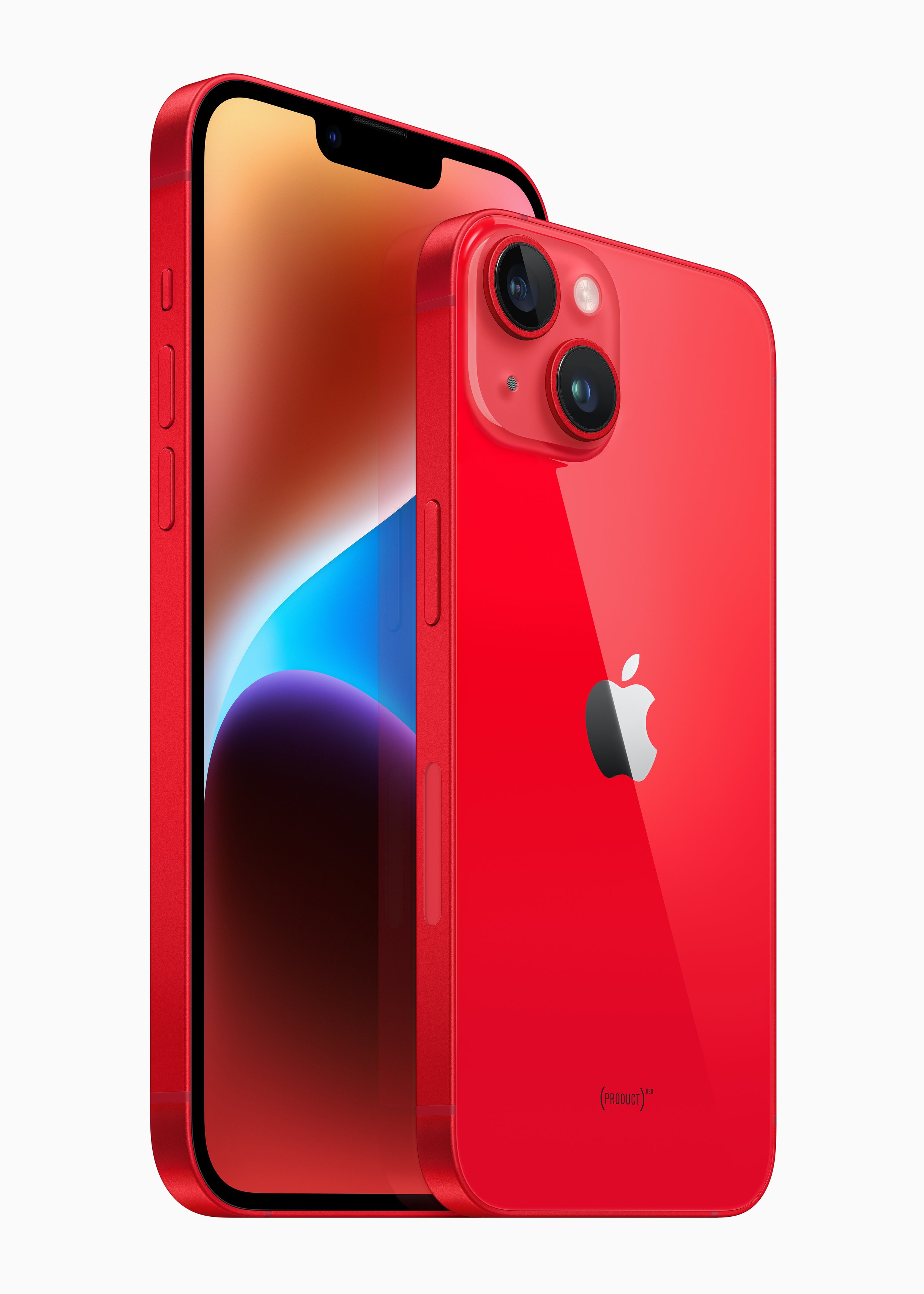
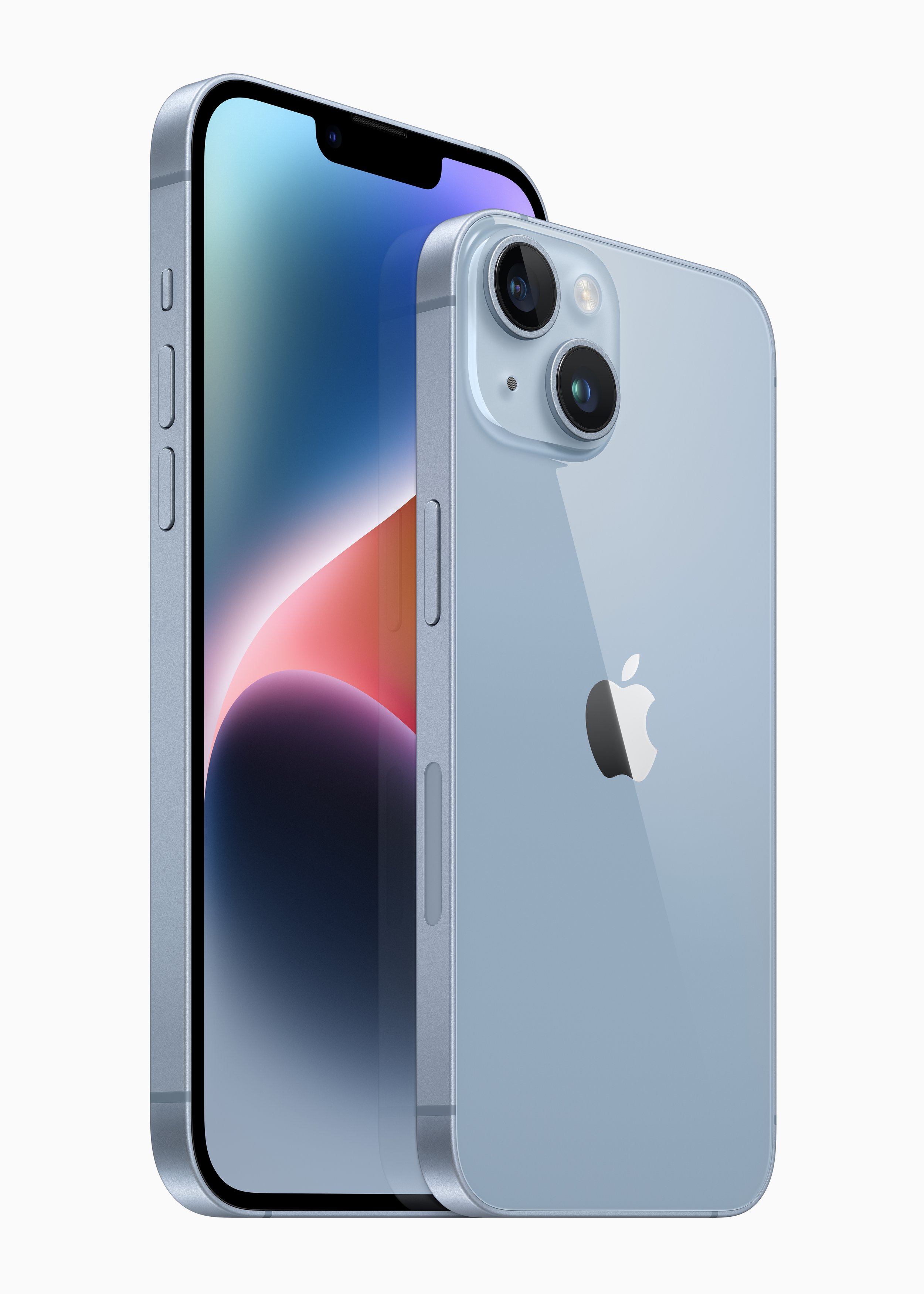
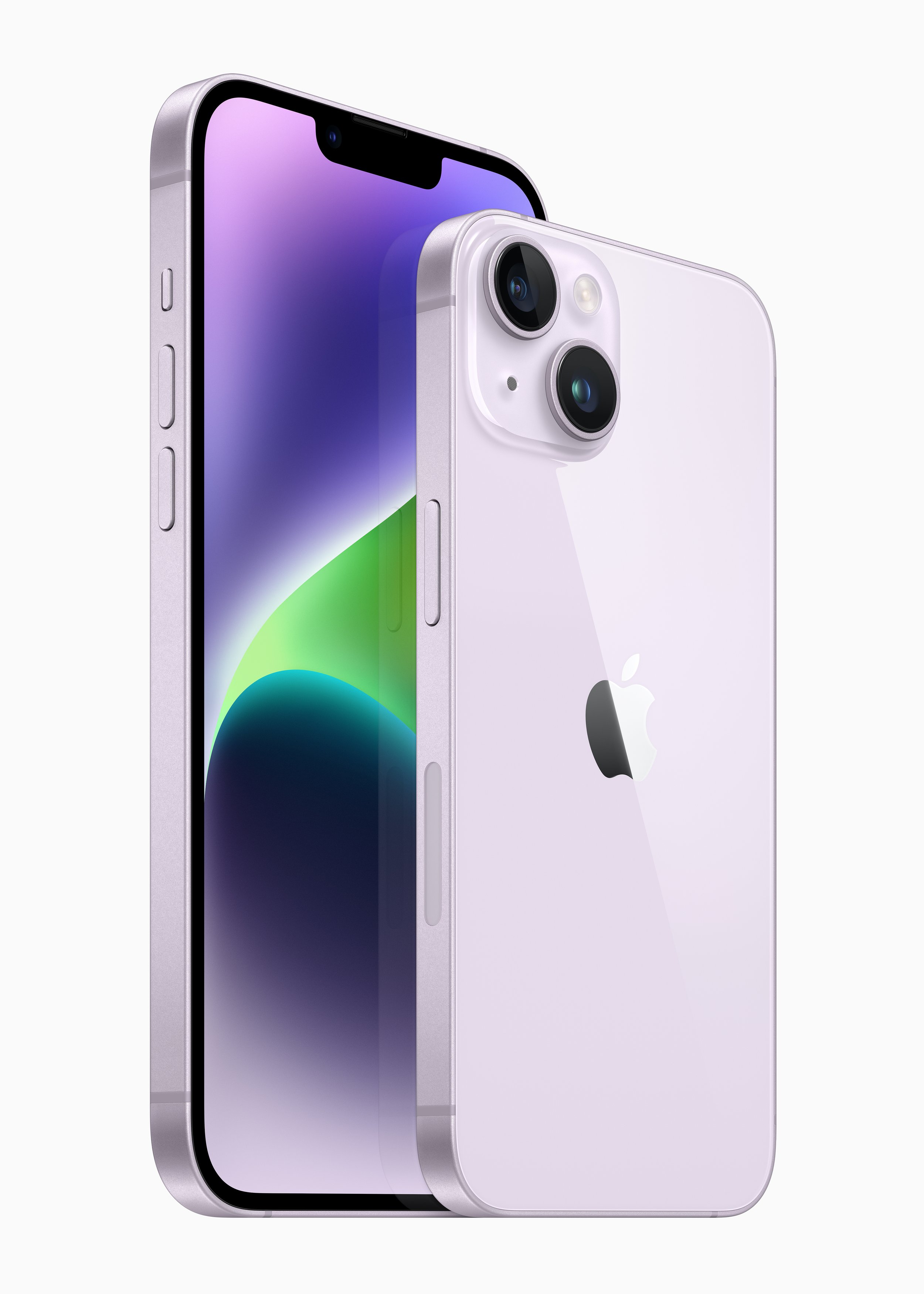
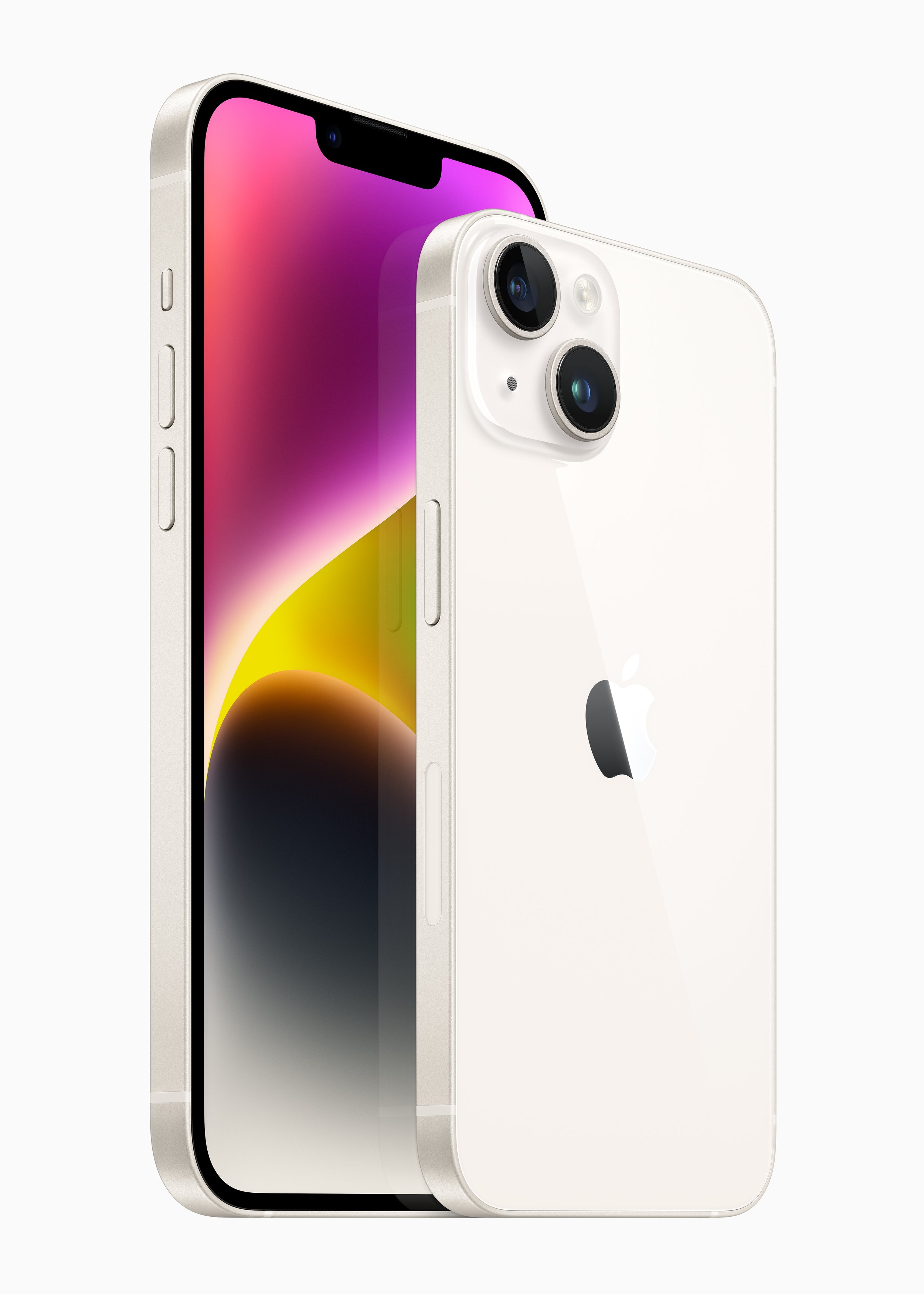
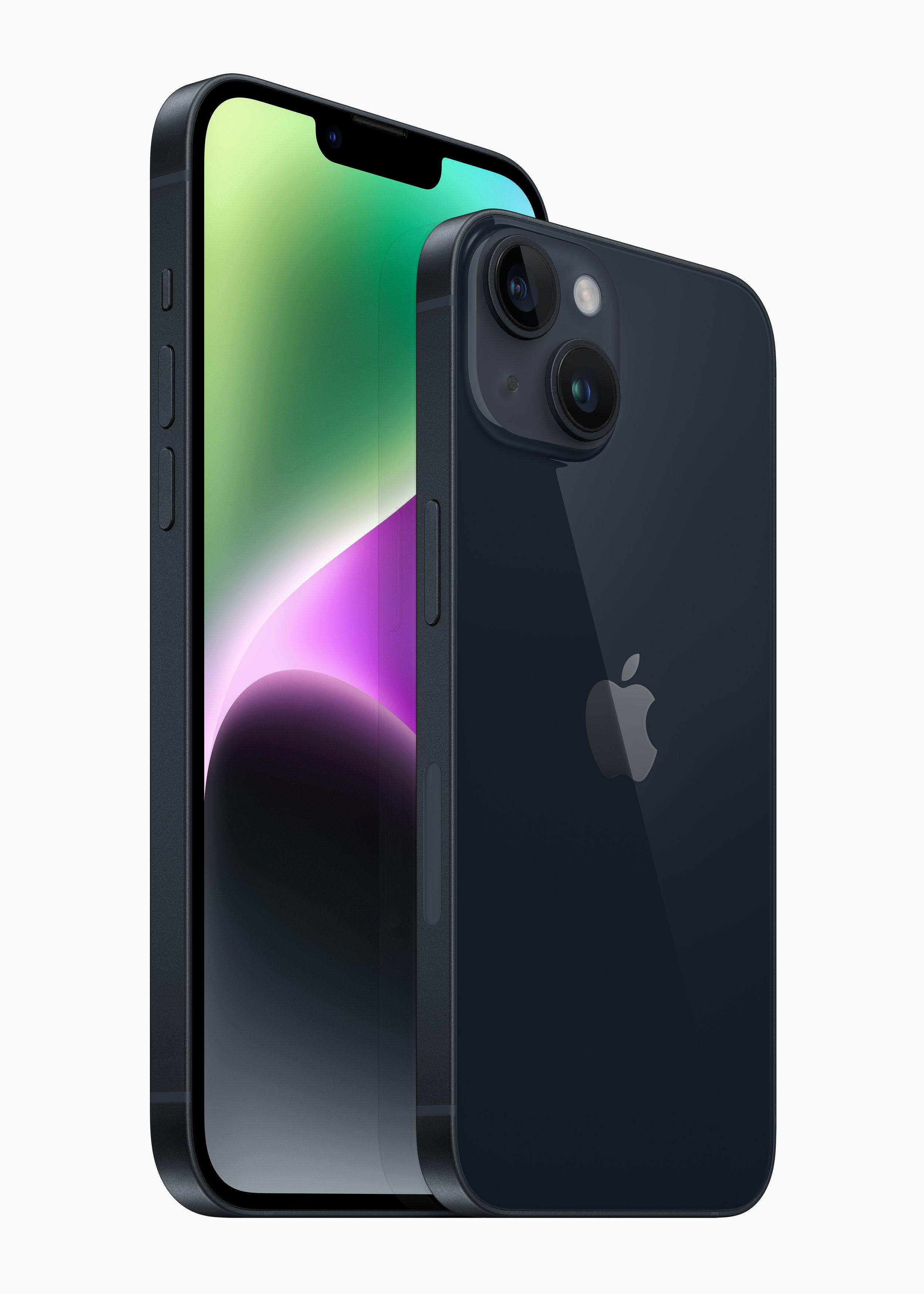
So, what's up with these new iPhones? The base iPhone 14 will have a 6.1" display, while the iPhone 14 Plus will have a 6.7" display. Both will"have the A15 Bionic chip from last year's iPhone 13 Pro. The rear camera is 12MP with a larger sensor on the back, with the selfie camera getting a new auto-focus system built for selfies.
The iPhone 14 starts at $799, and the iPhone 14 Plus starts at $899. Pre-orders have already started for the iPhone 14 and will begin shipping on September 16th, while the iPhone 14 Plus will ship about a month later, on October 7th.
iPhone 14 and iPhone 14 Plus will only be available with eSIM, meaning your SIM card can't be lost or stolen, and it’s all stored in iCloud, just in case, I’m assuming.
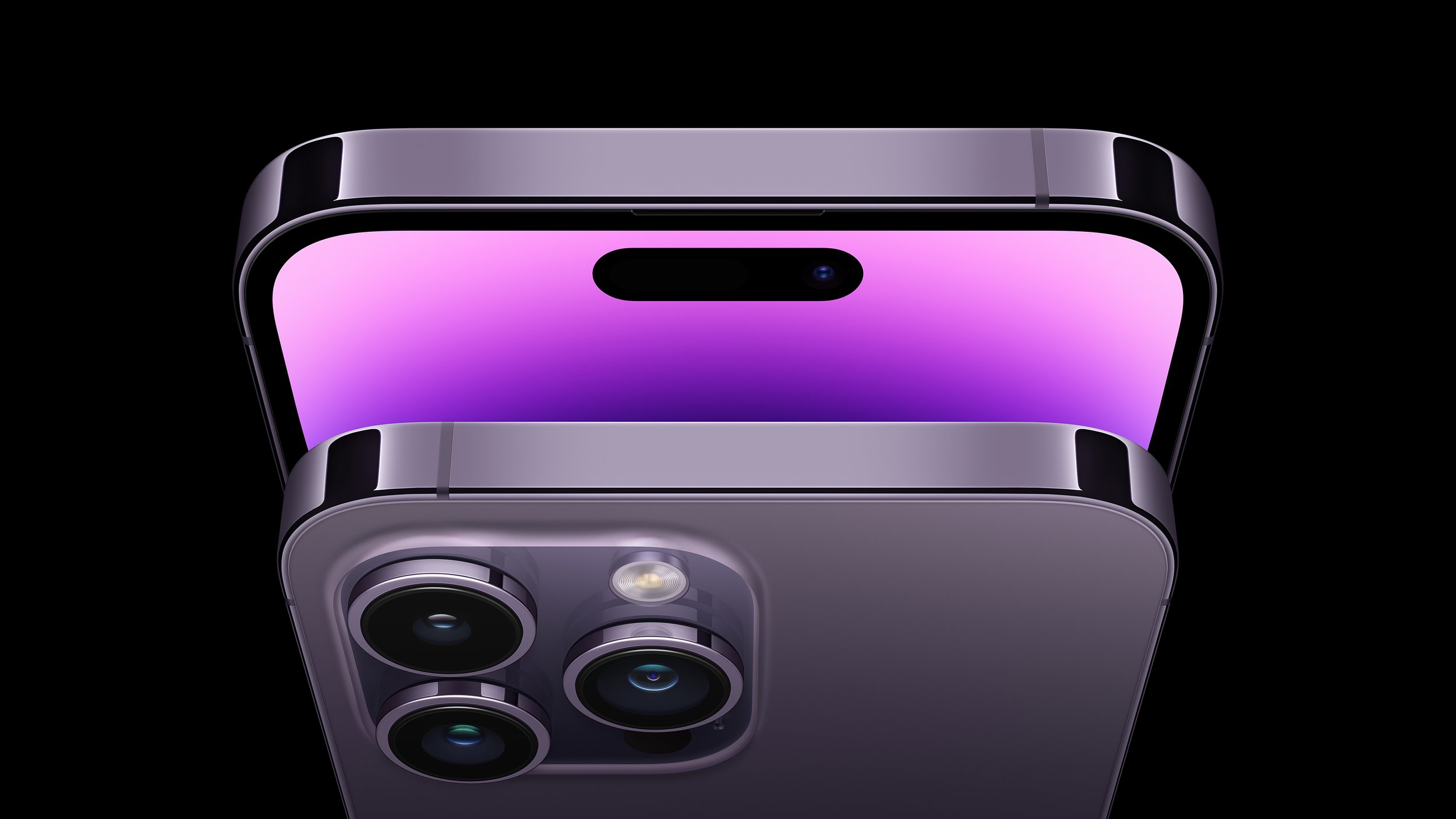
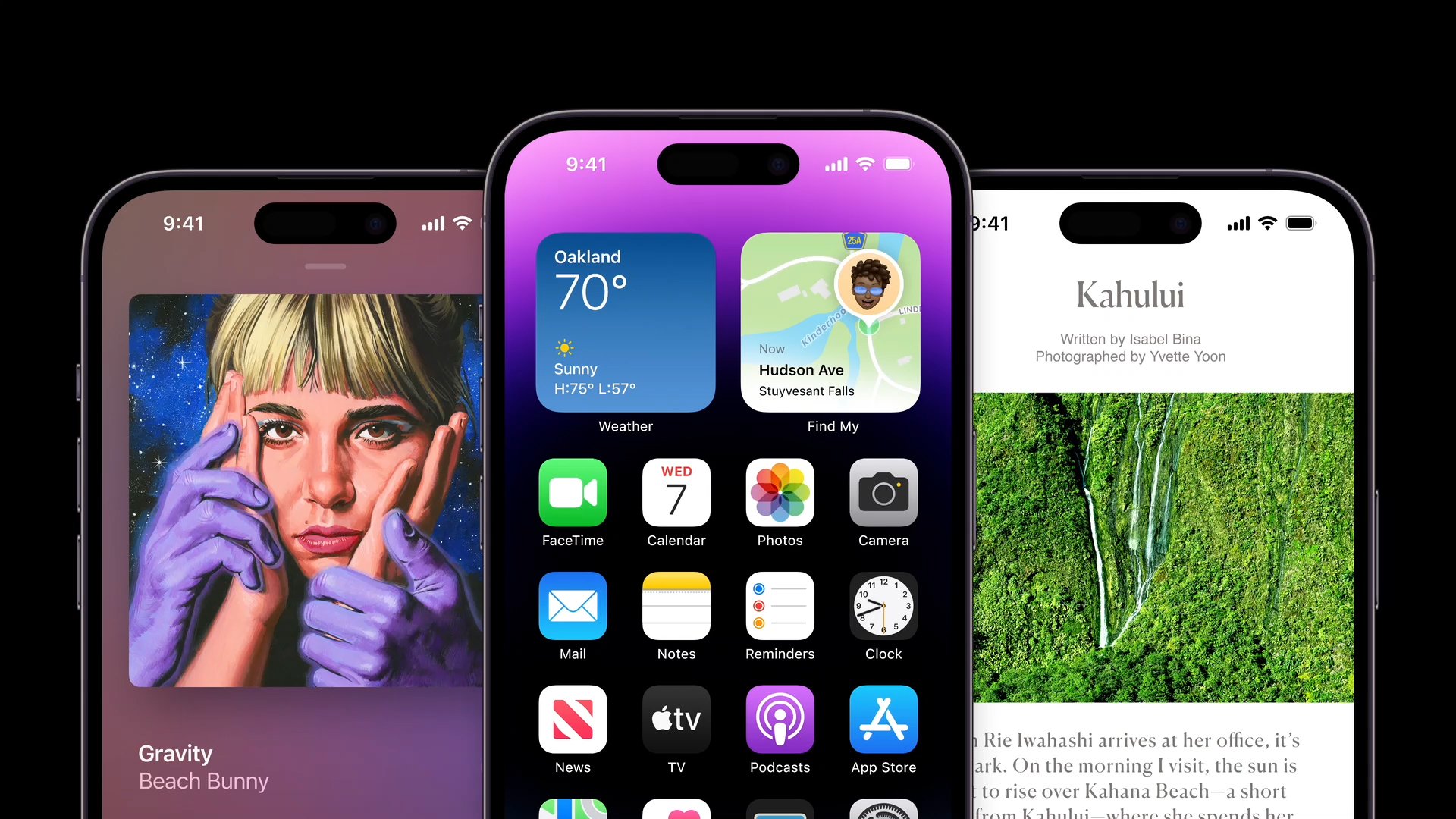
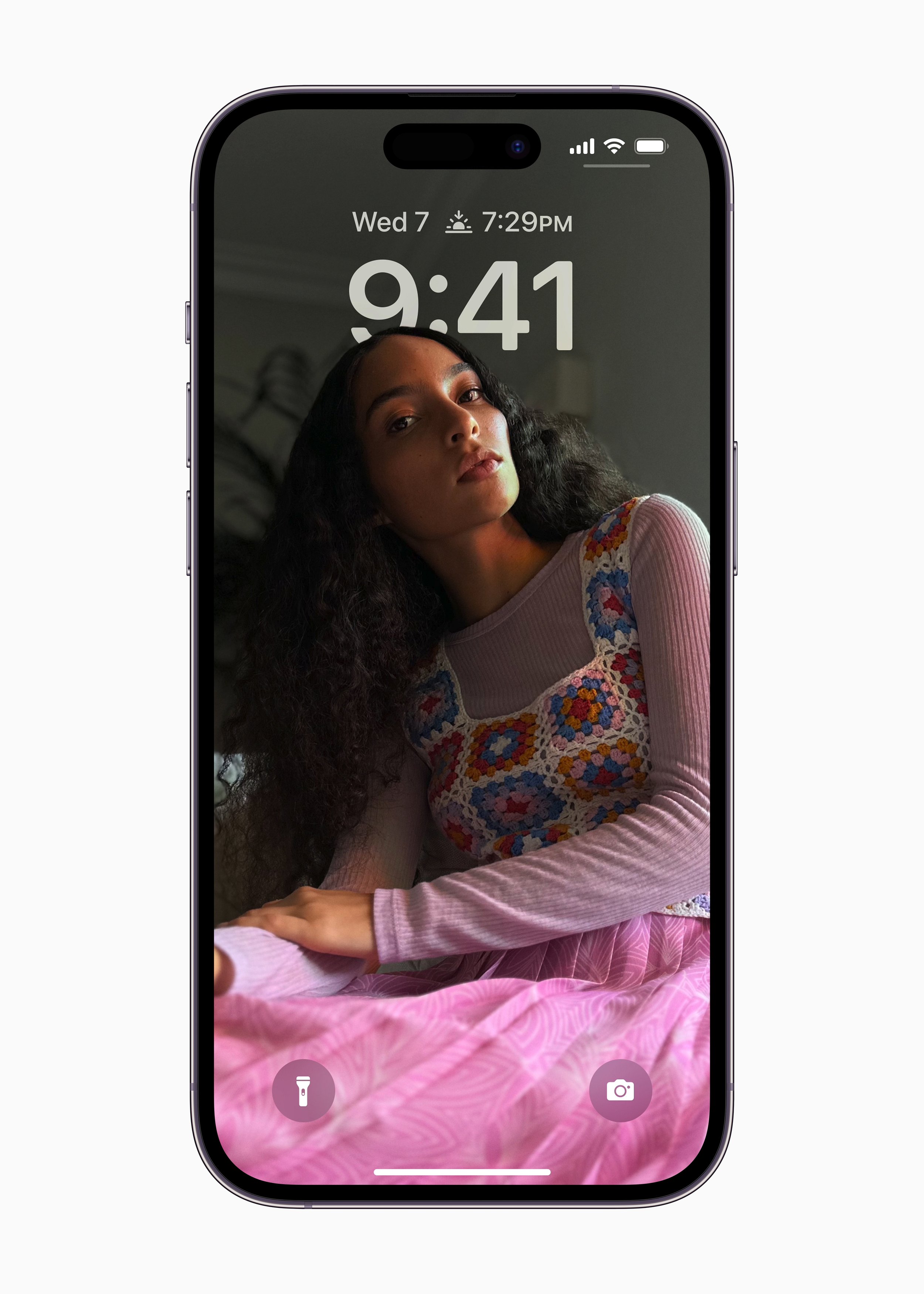

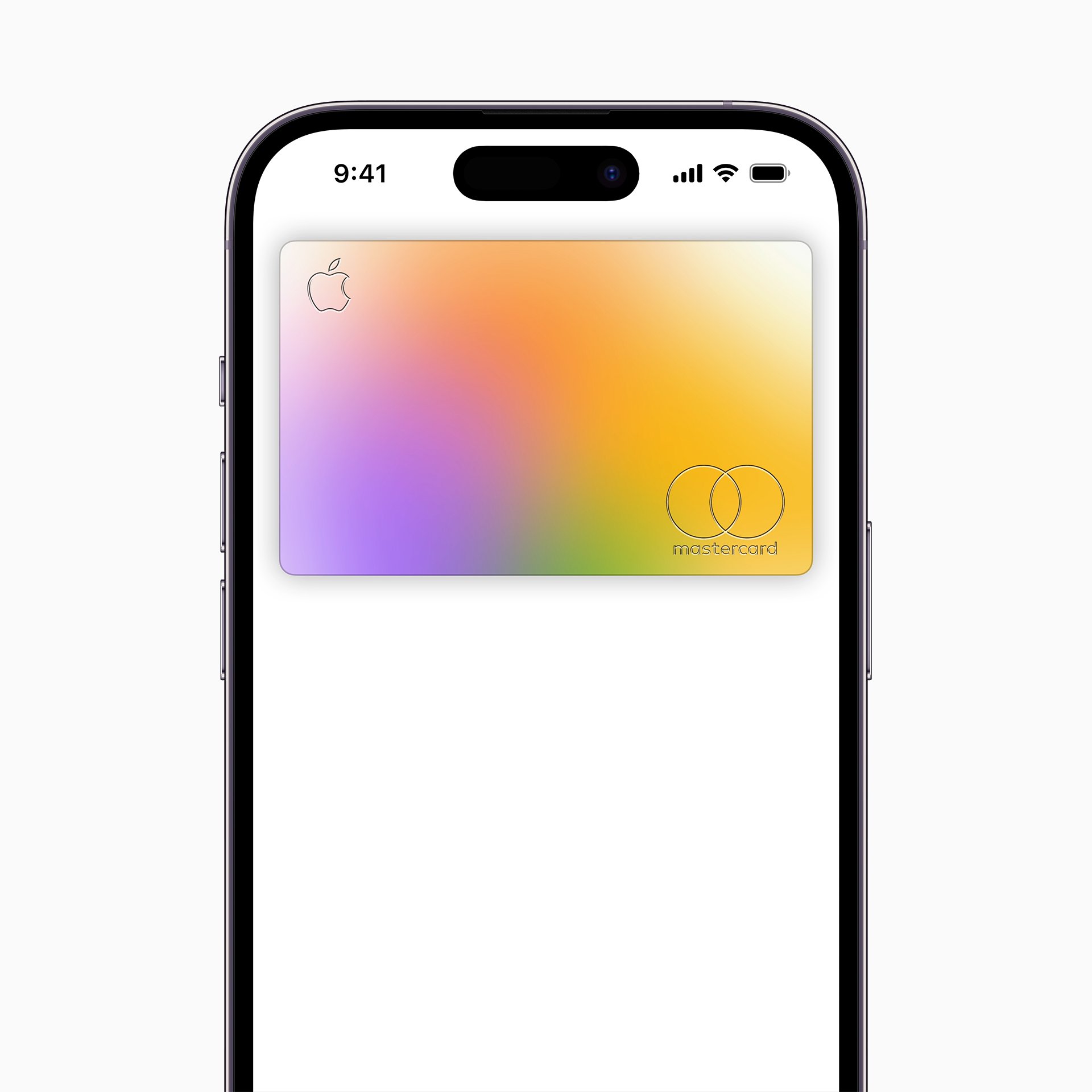

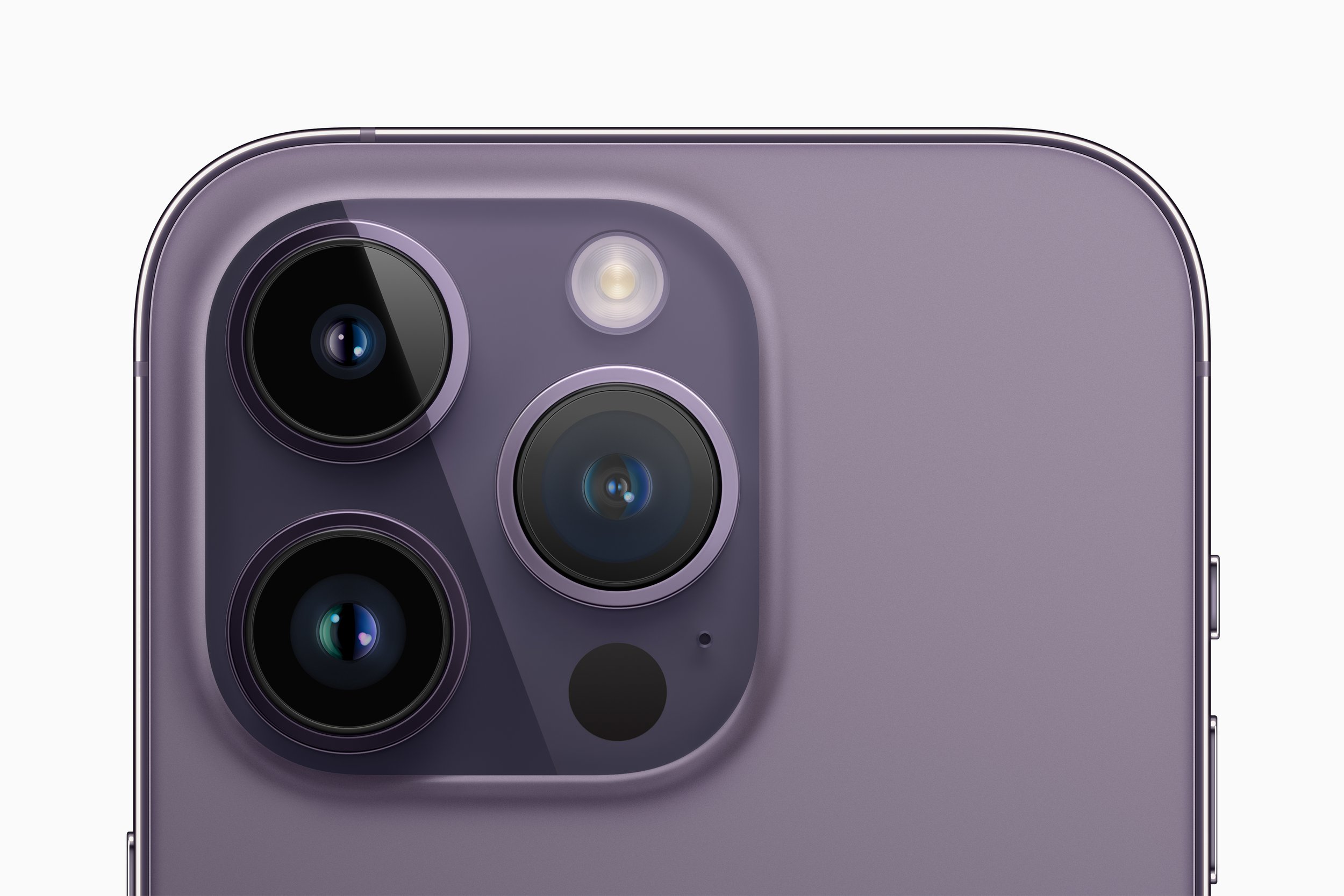
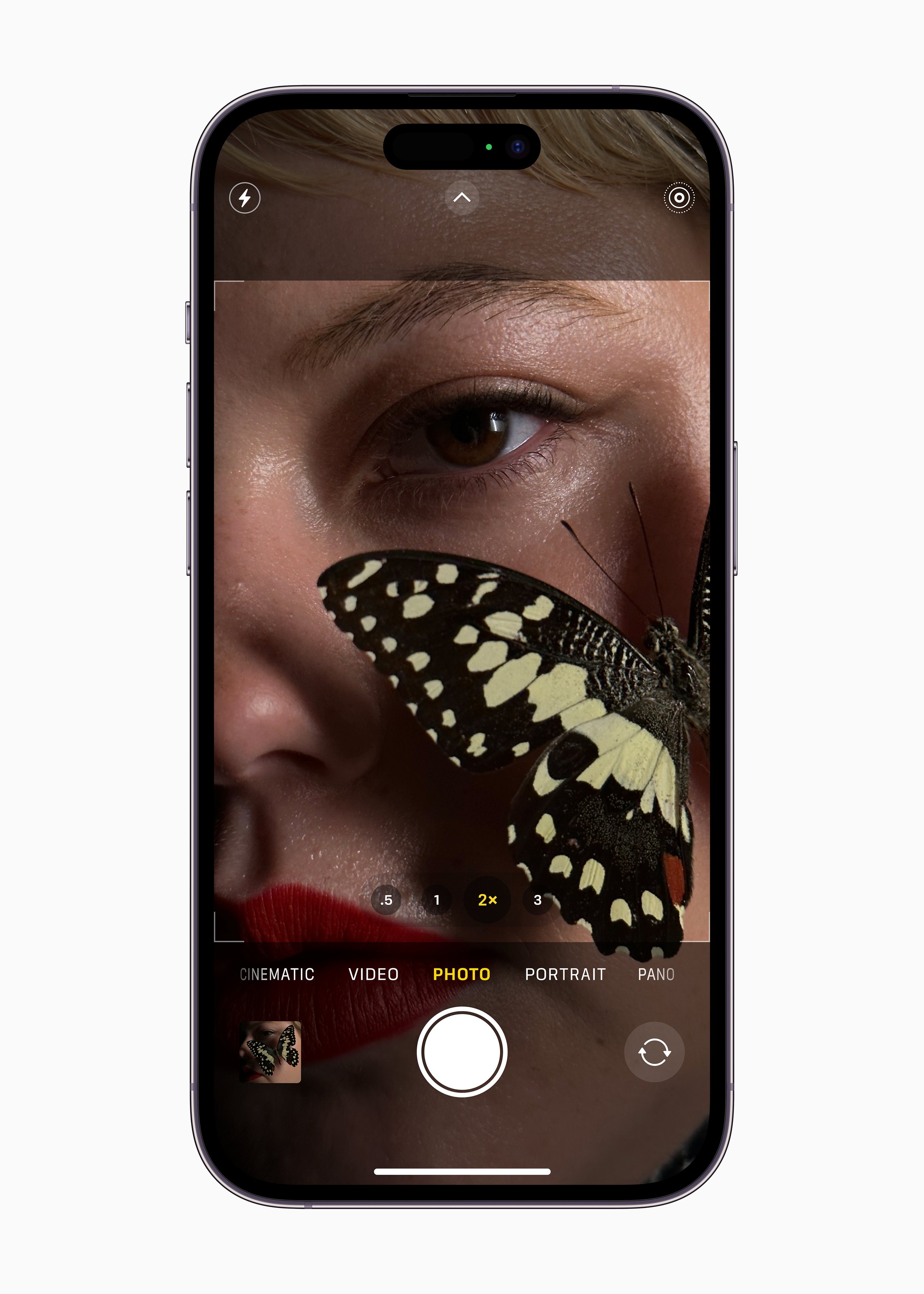
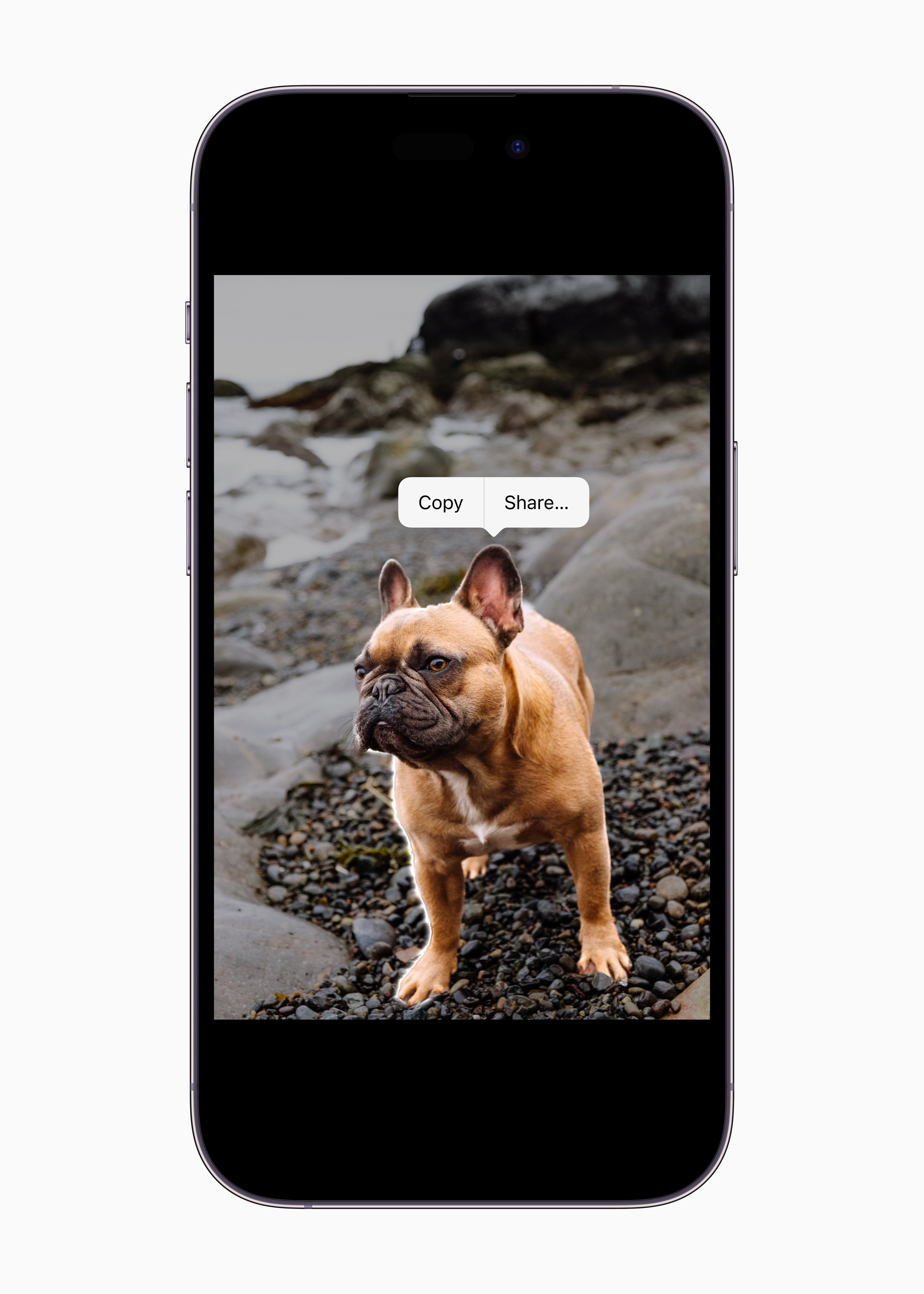
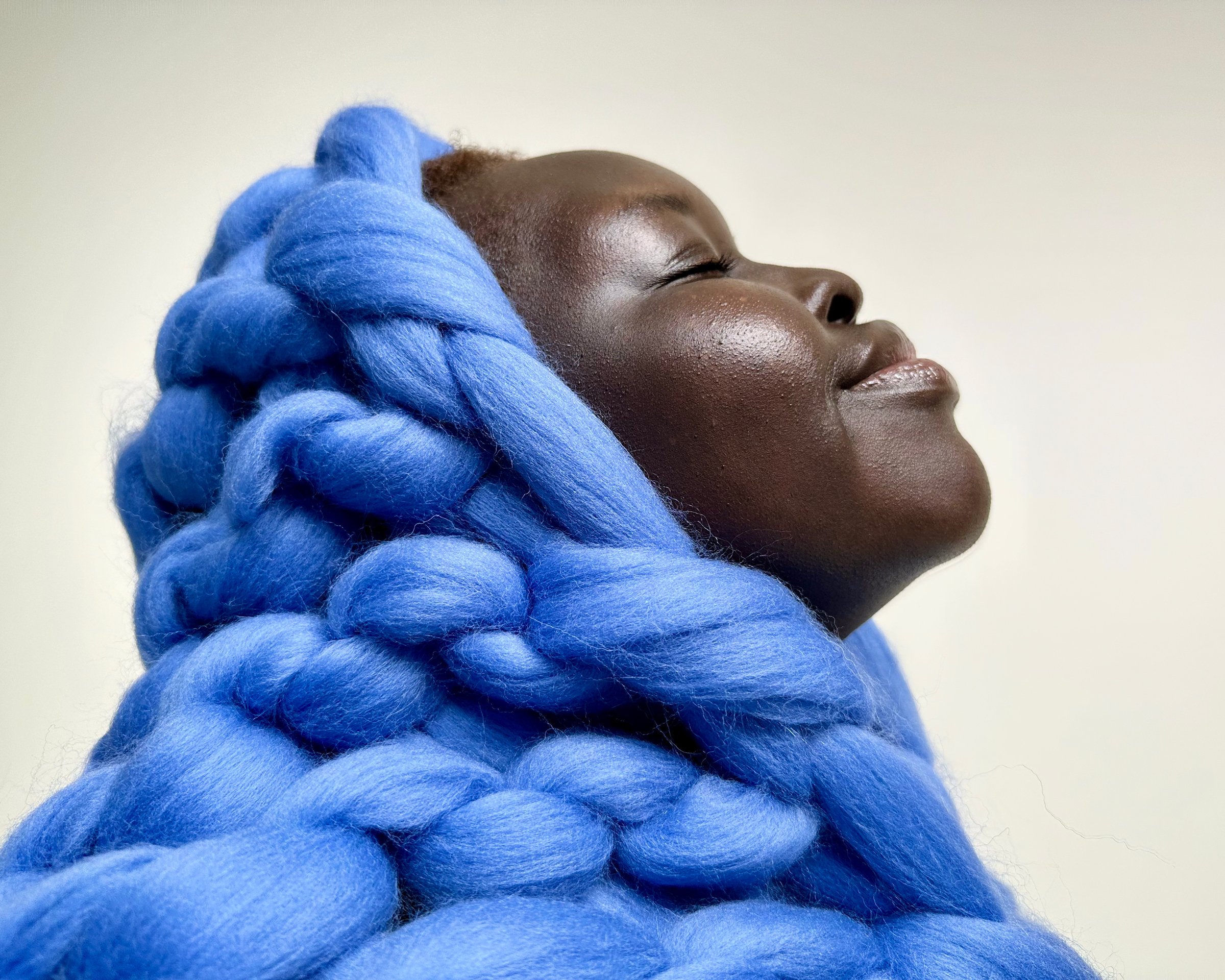



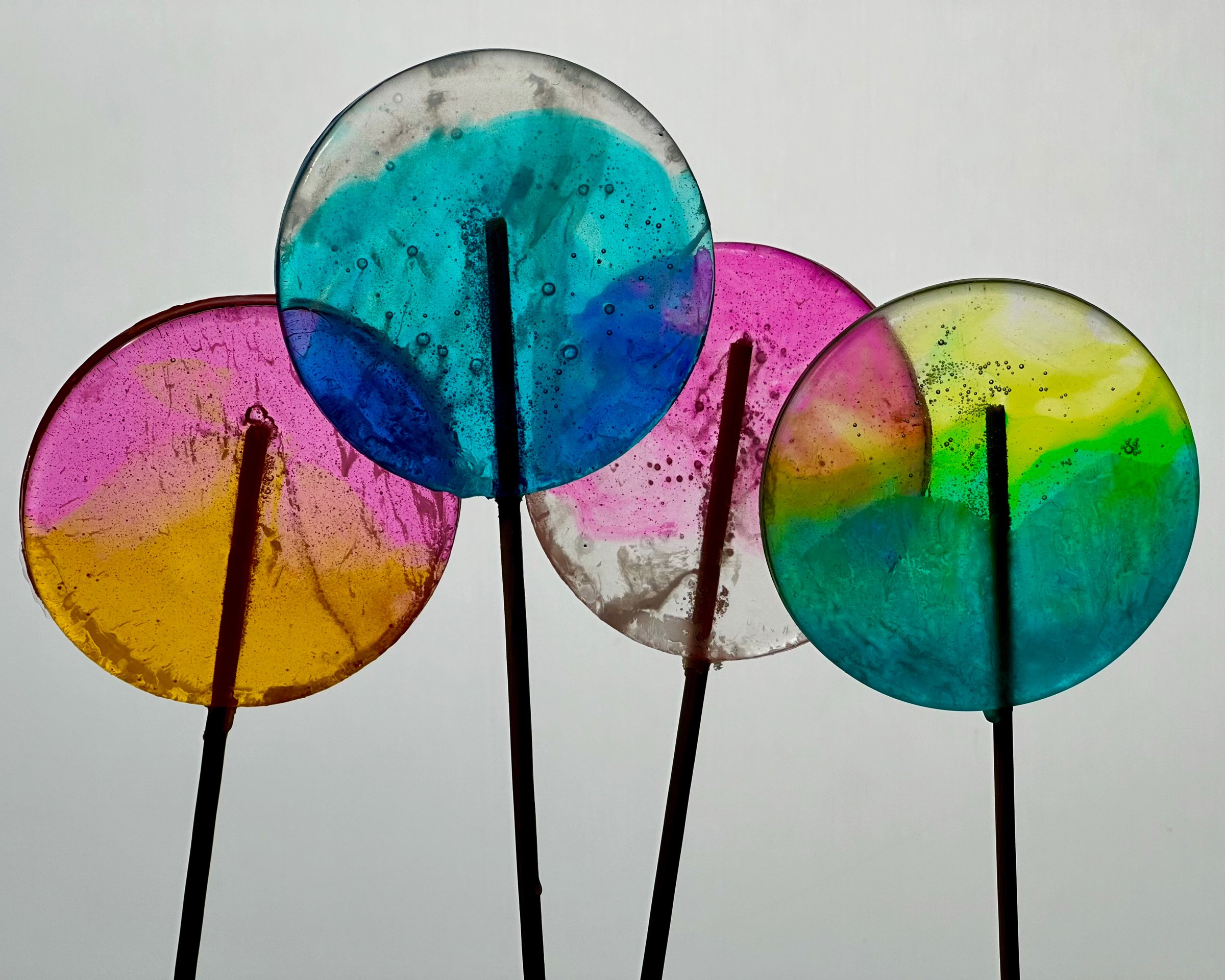



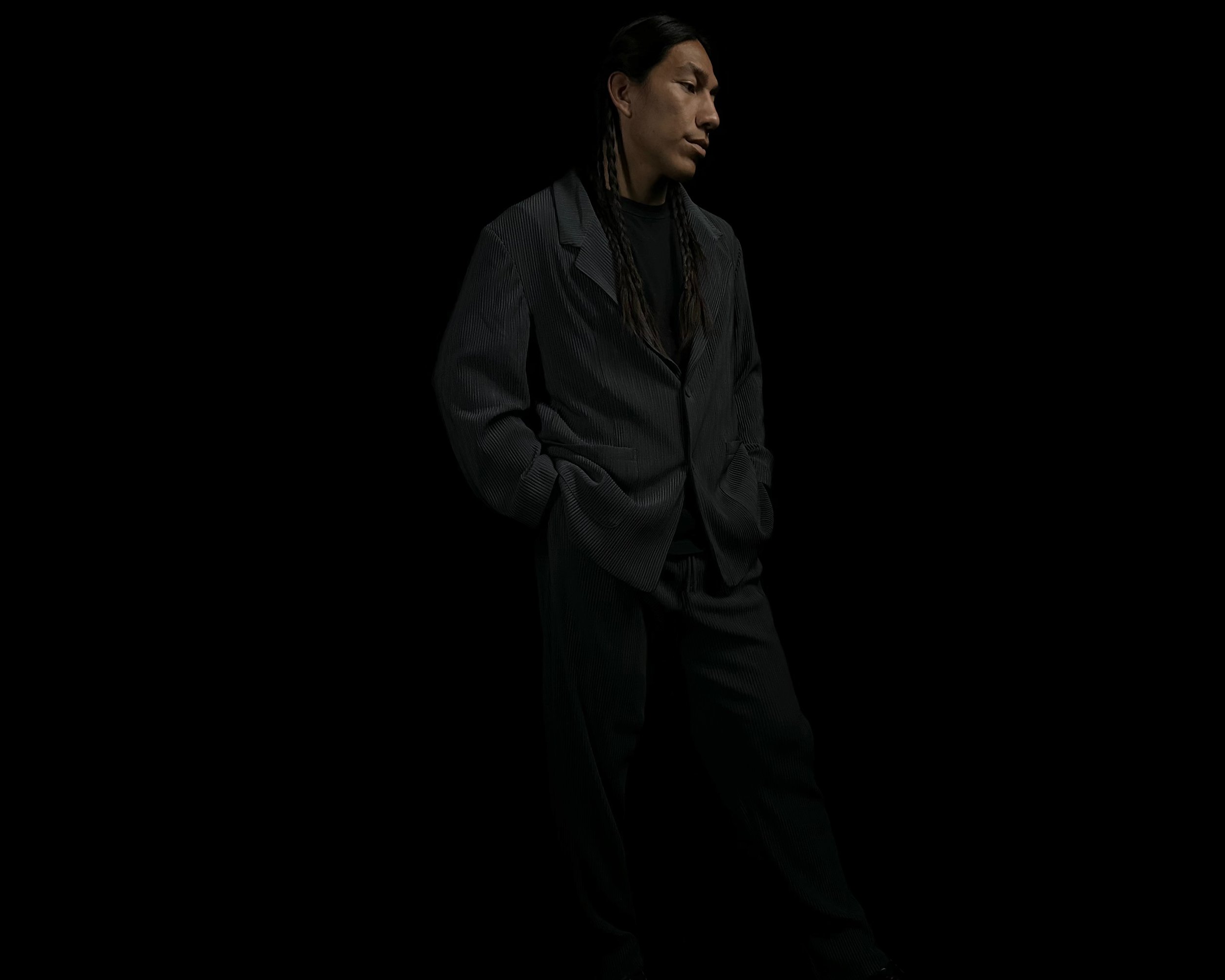
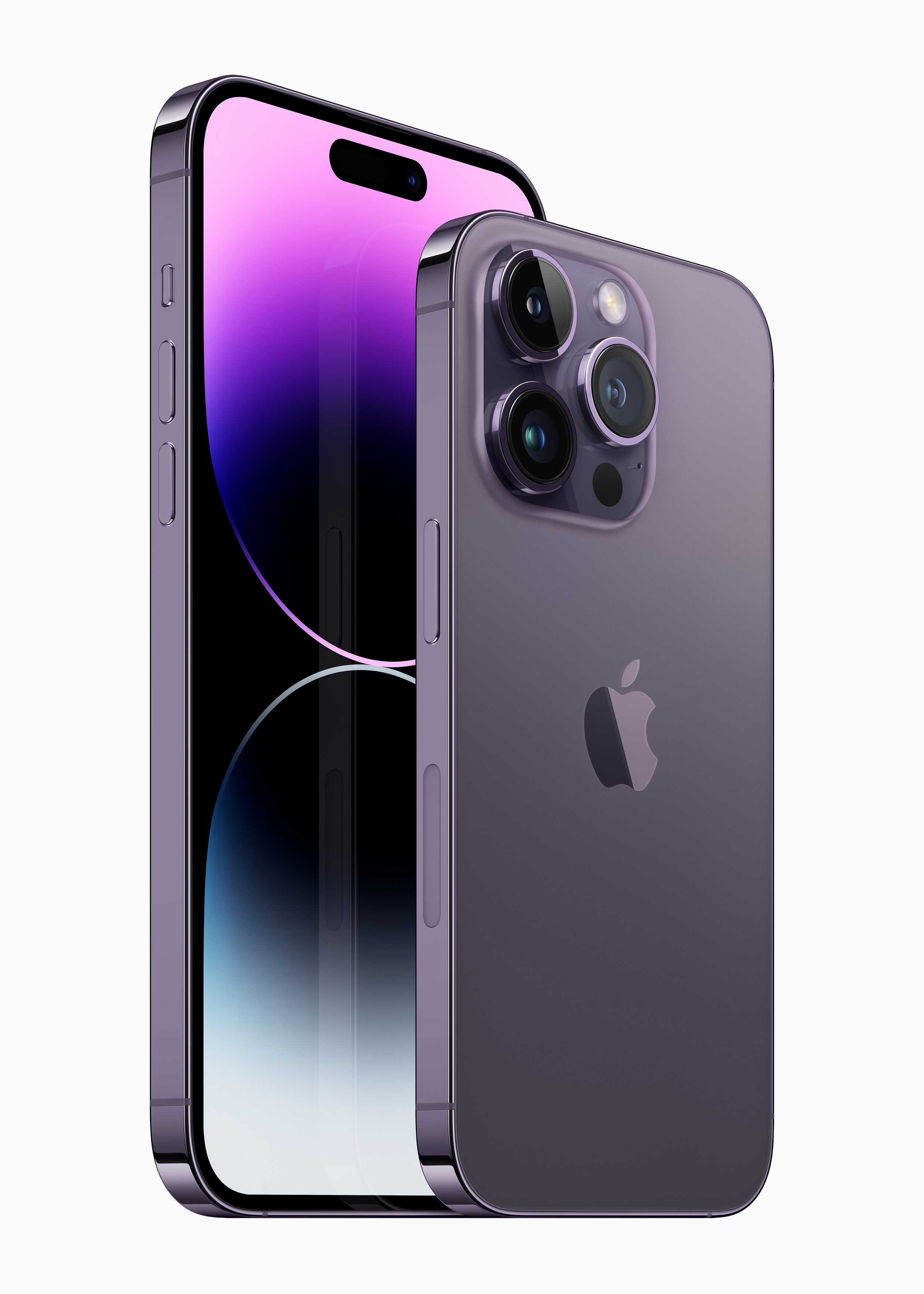
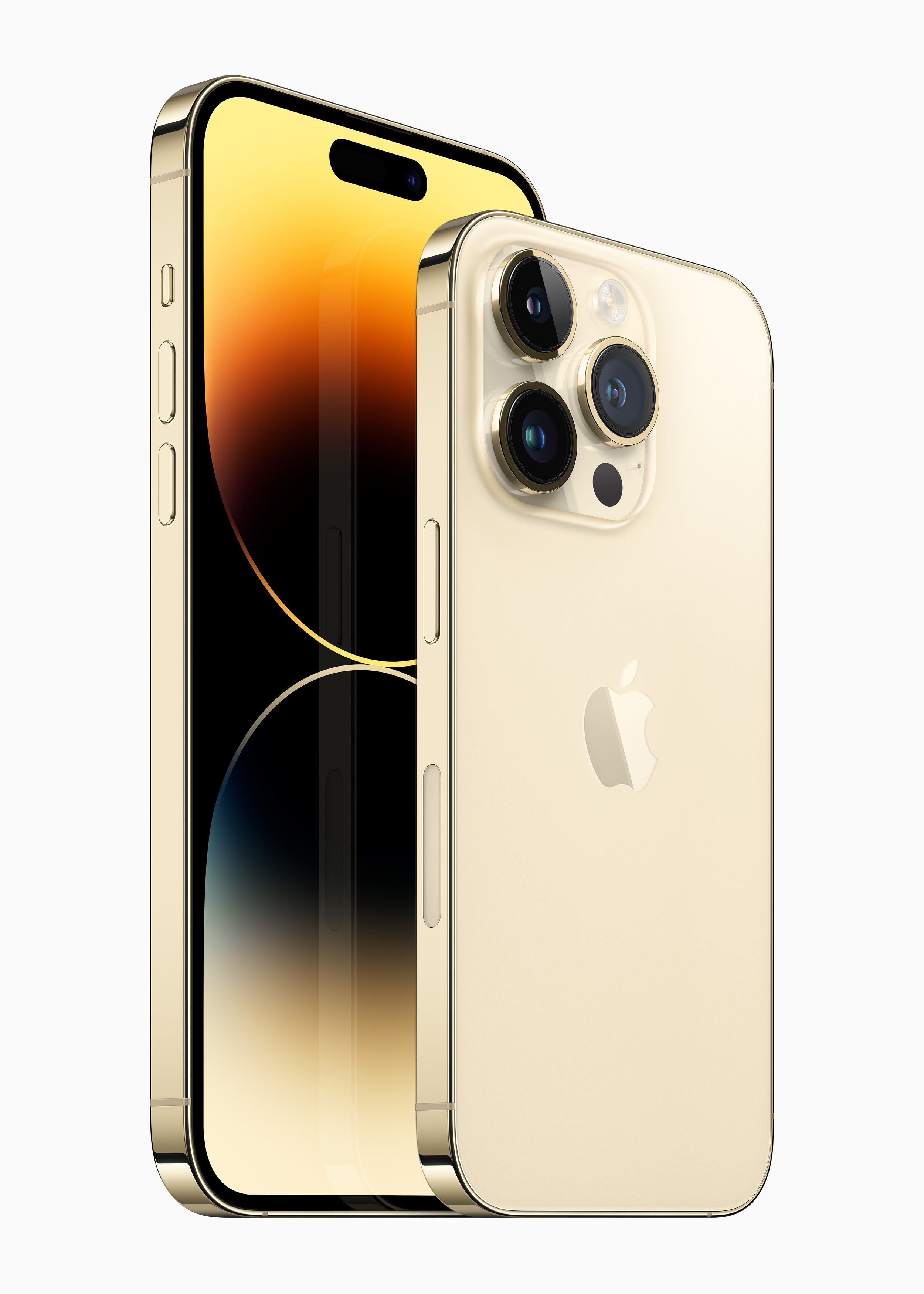
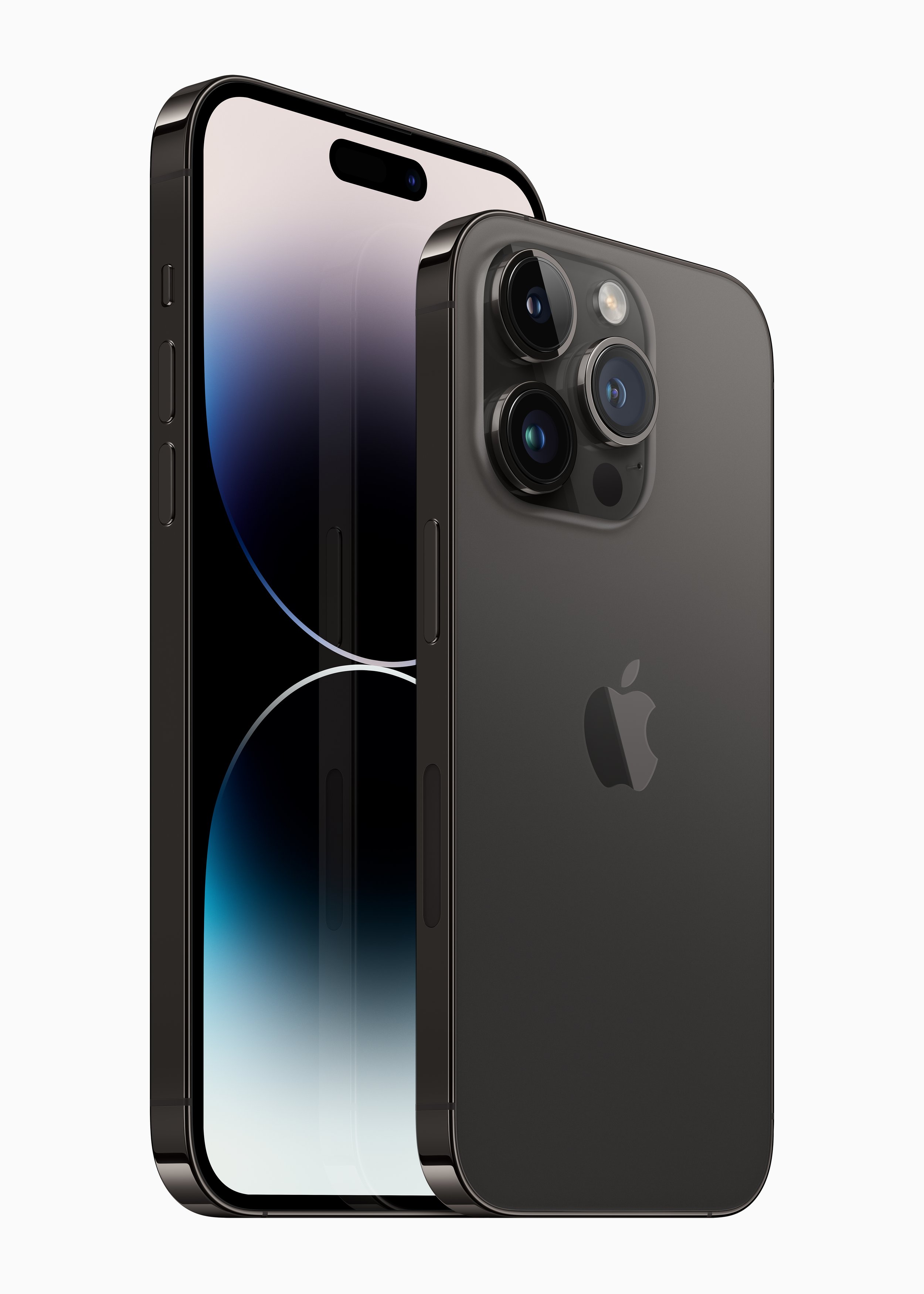
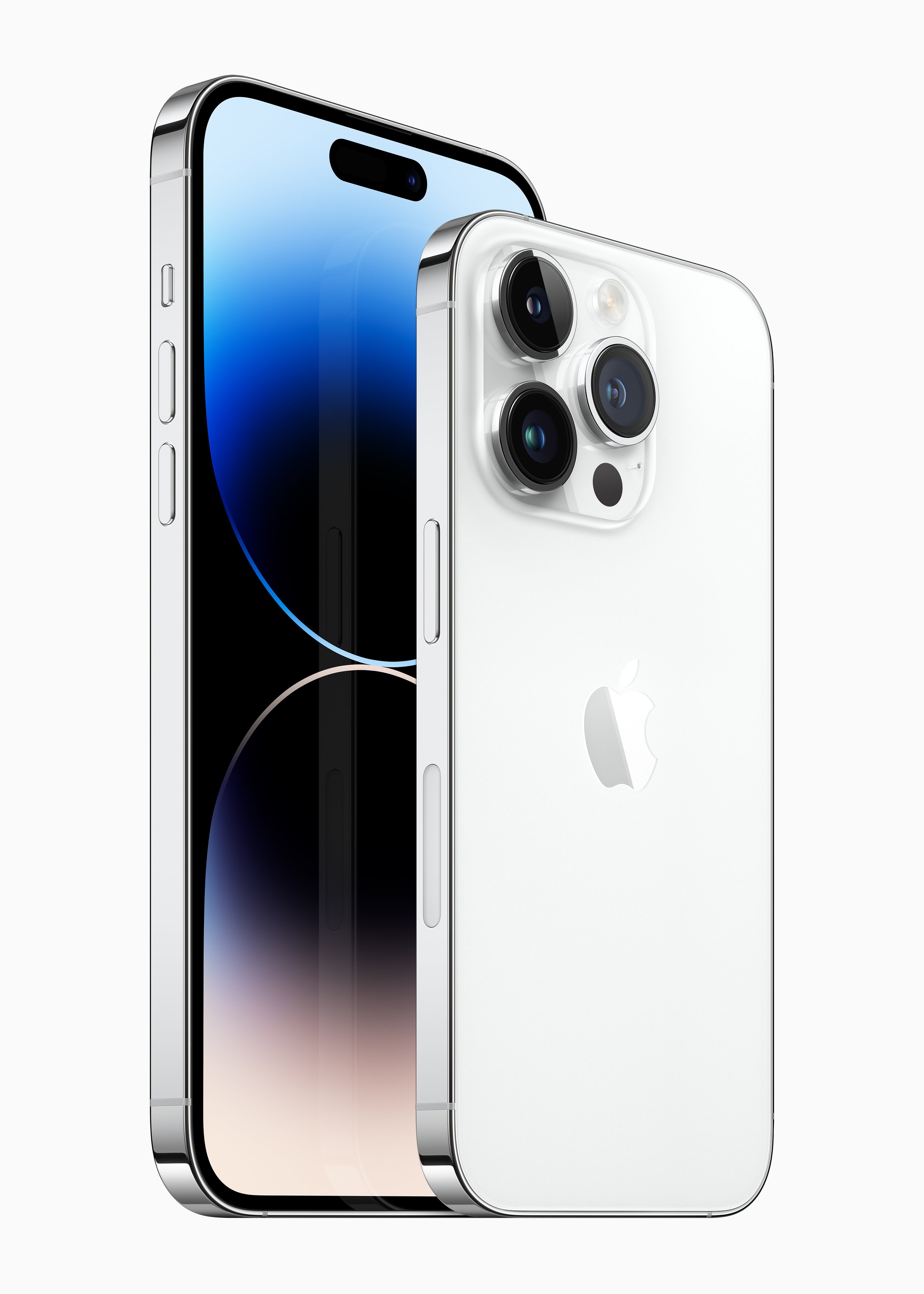
The iPhone 14 Pro and iPhone 14 Pro Max will also have 6.1" and 6.7" displays but will run on the A16 Bionic and shrink the notch to a pill-shaped cutout Apple is calling the "dynamic island" with information like how far away your Lyft is, how long you've been on that been on a call for, and more. The Pro models also get always-on displays, 2000 nit brightness for improved outdoor visibility, a camera module with a 48-megapixel main camera, a 12-megapixel telephoto lens, and a 12-megapixel ultrawide lens that's "capable of “much sharper shots than before," according to Apple.
iPhone 14 Pro starts at $999, and the iPhone 14 Pro Max will start at $1099. Both models start shipping on September 16th and can be pre-ordered now.
The announcement of the iPhone 14 lineup means another thing: one iPhone has to go. While iOS 16 officially supports iPhones as old as the iPhone 8 and iPhone 8 Plus, the 2022 iPhone lineup is as follows:
iPhone SE (3rd generation) - starting at $429
iPhone 12 and iPhone 13 mini - starting at $599
iPhone 13 - starting at $699
iPhone 14 - starting at $799
iPhone 14 Plus - starting at $899
iPhone 14 Pro - starting at $999
iPhone 14 Pro Max - starting at $1099
So, there’s essentially an iPhone for everyone now at almost every price point imaginable. For those on the iPhone X or older, I’d recommend upgrading to the iPhone 12, unless you can nab an iPhone 11 secondhand. If you still want Touch ID, the SE (3rd generation) will likely remain an option until the next generation of iPhone SE releases. Then, there’s the mini for those who want a more pocketable iPhone. For everyone else, you’re probably okay waiting until the iPhone 15 or 16 to upgrade.
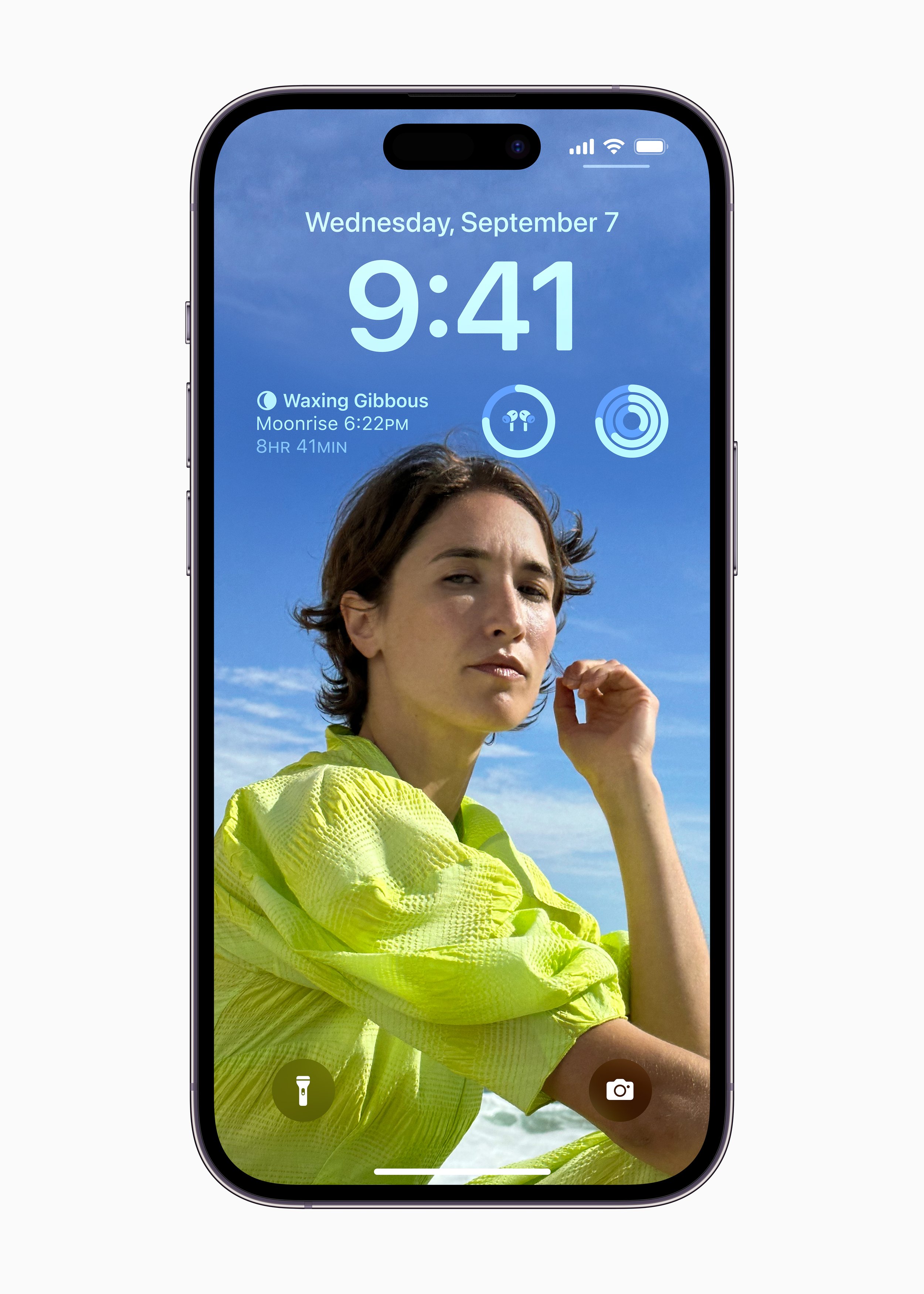
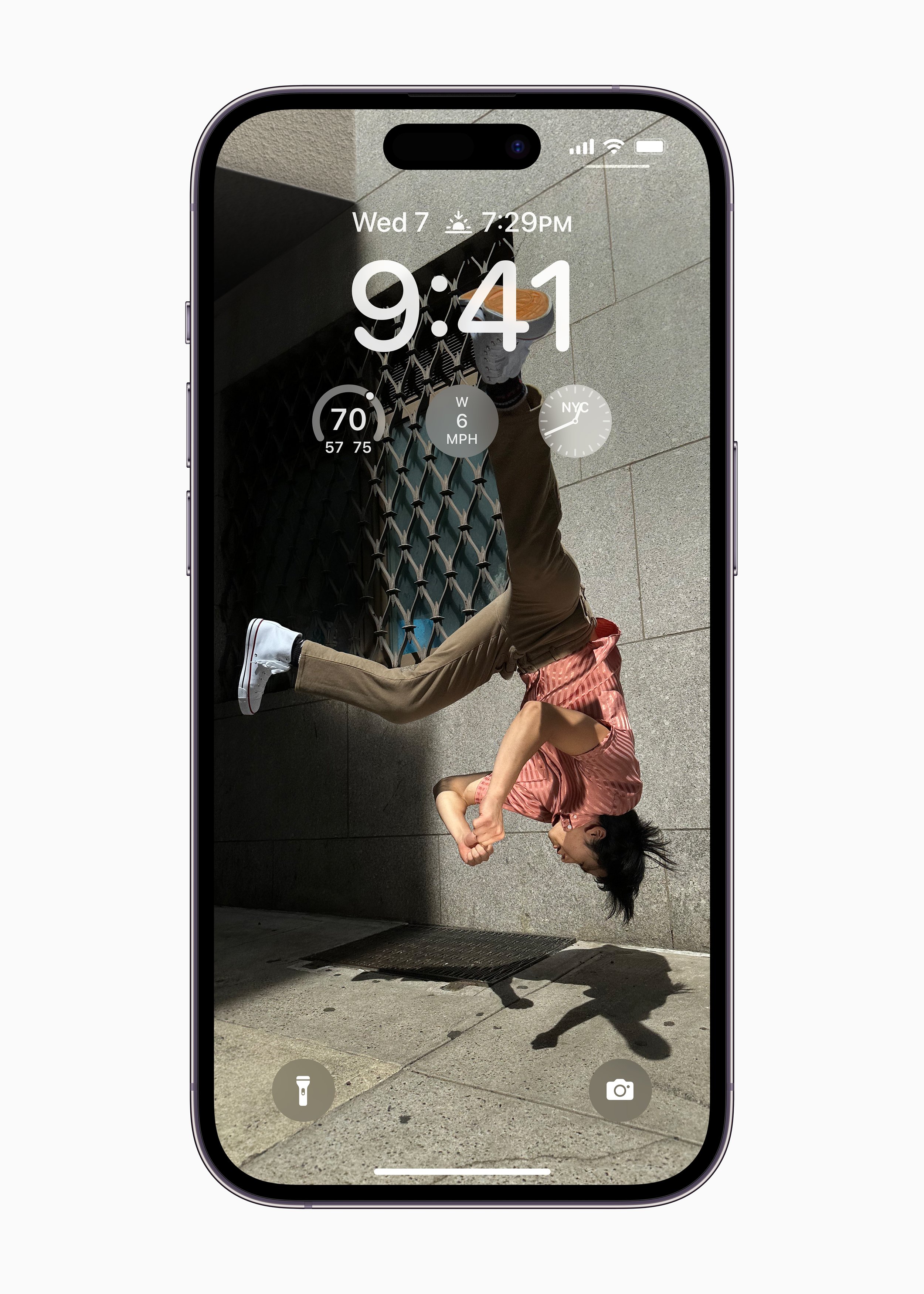
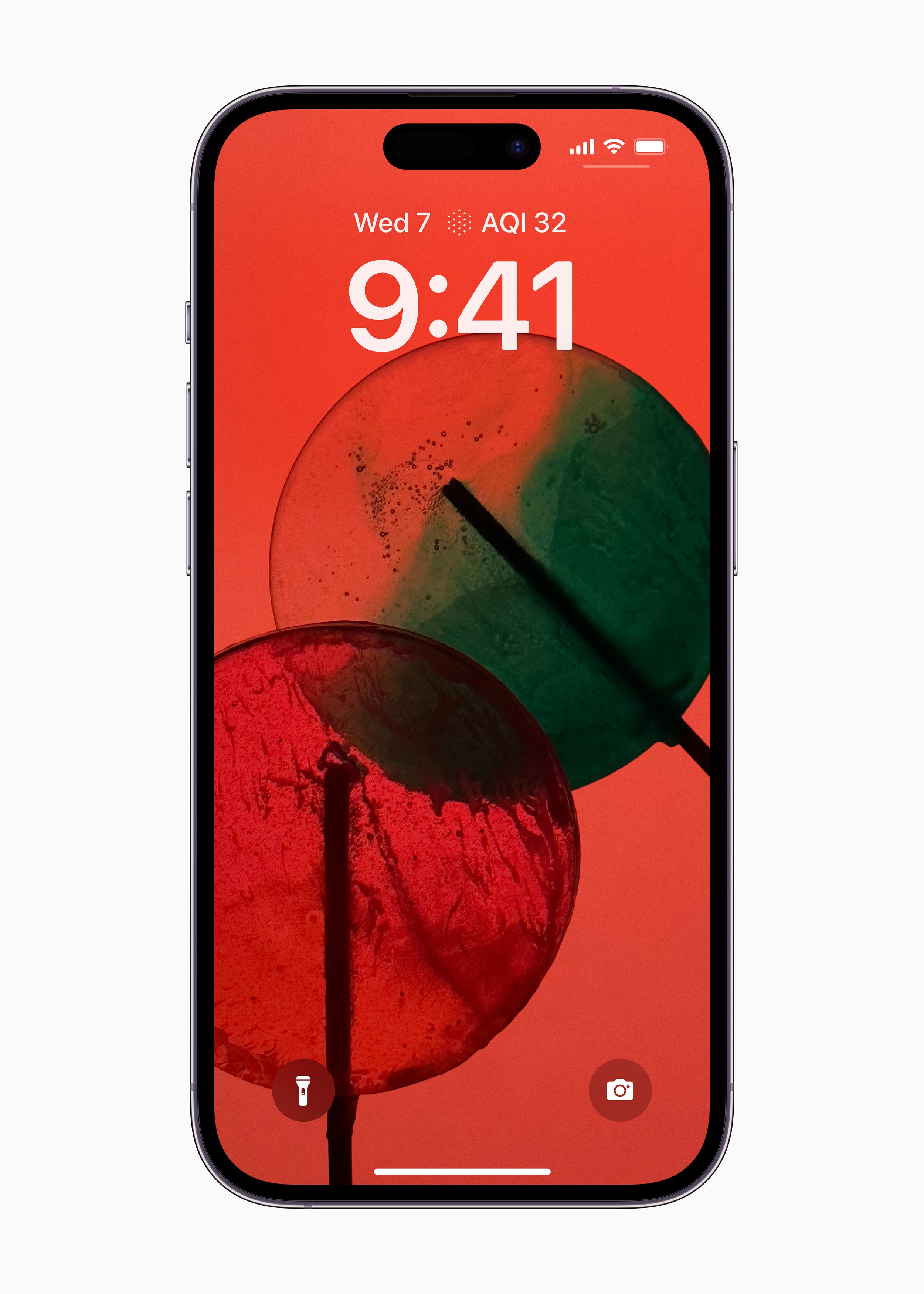
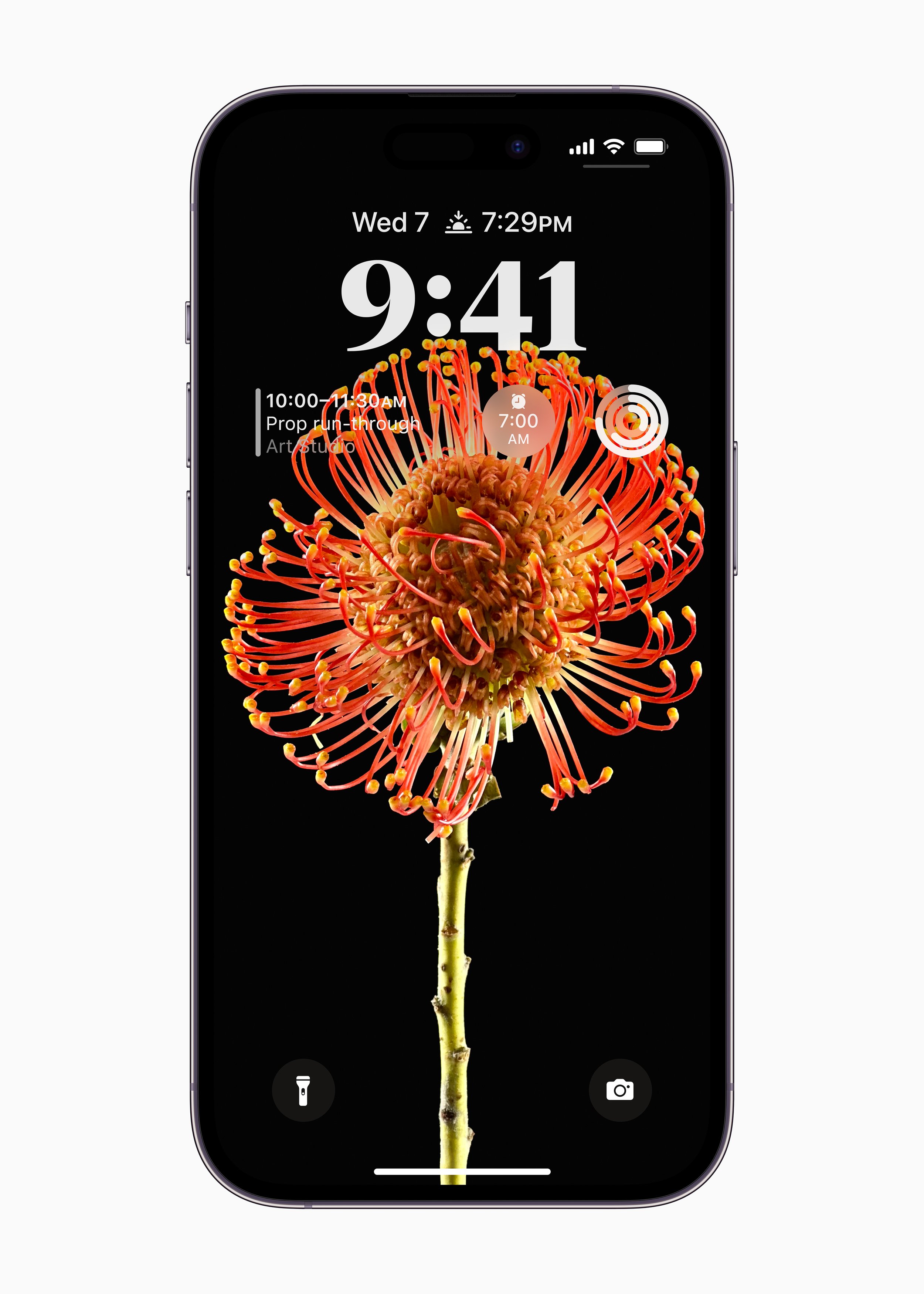
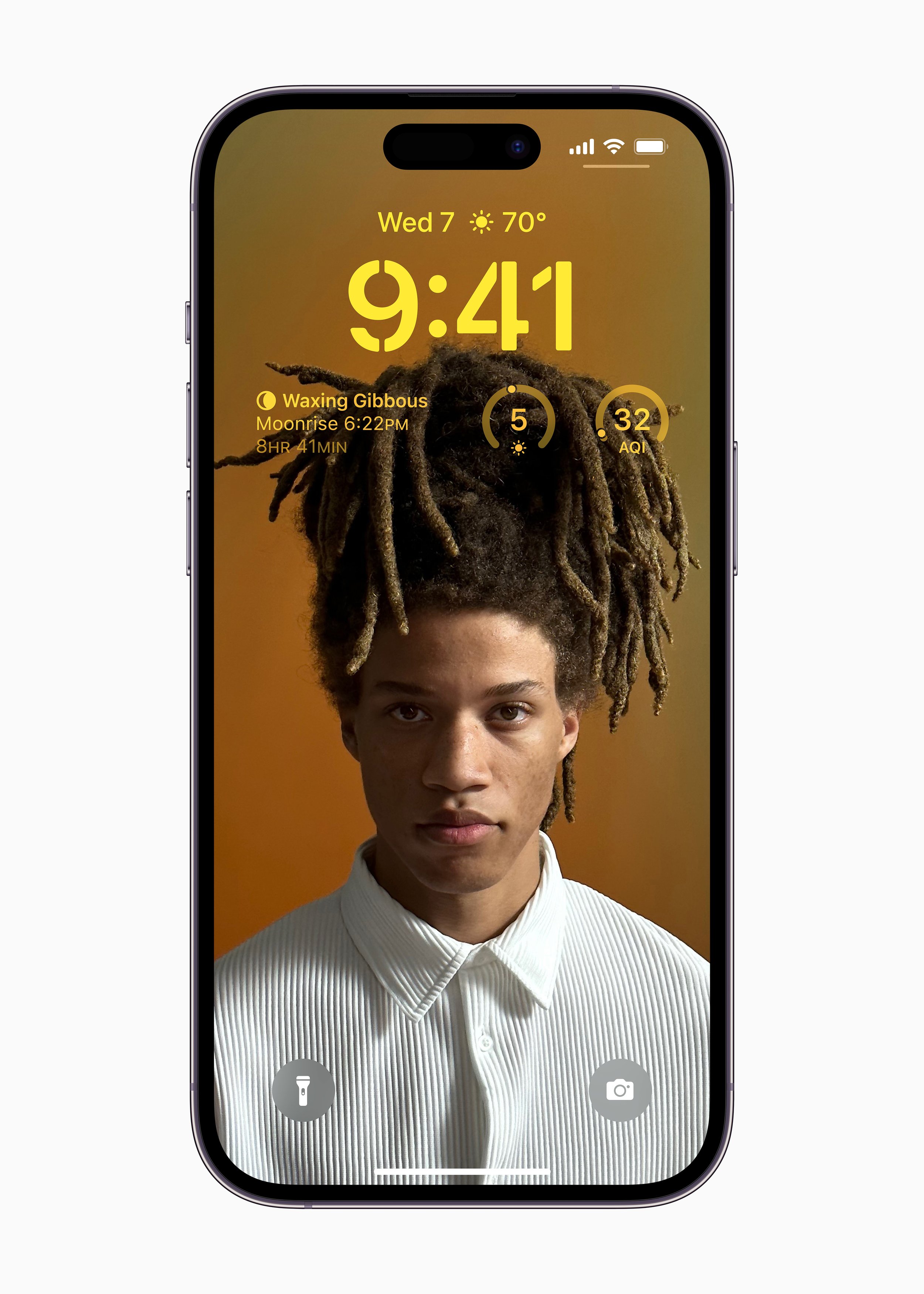
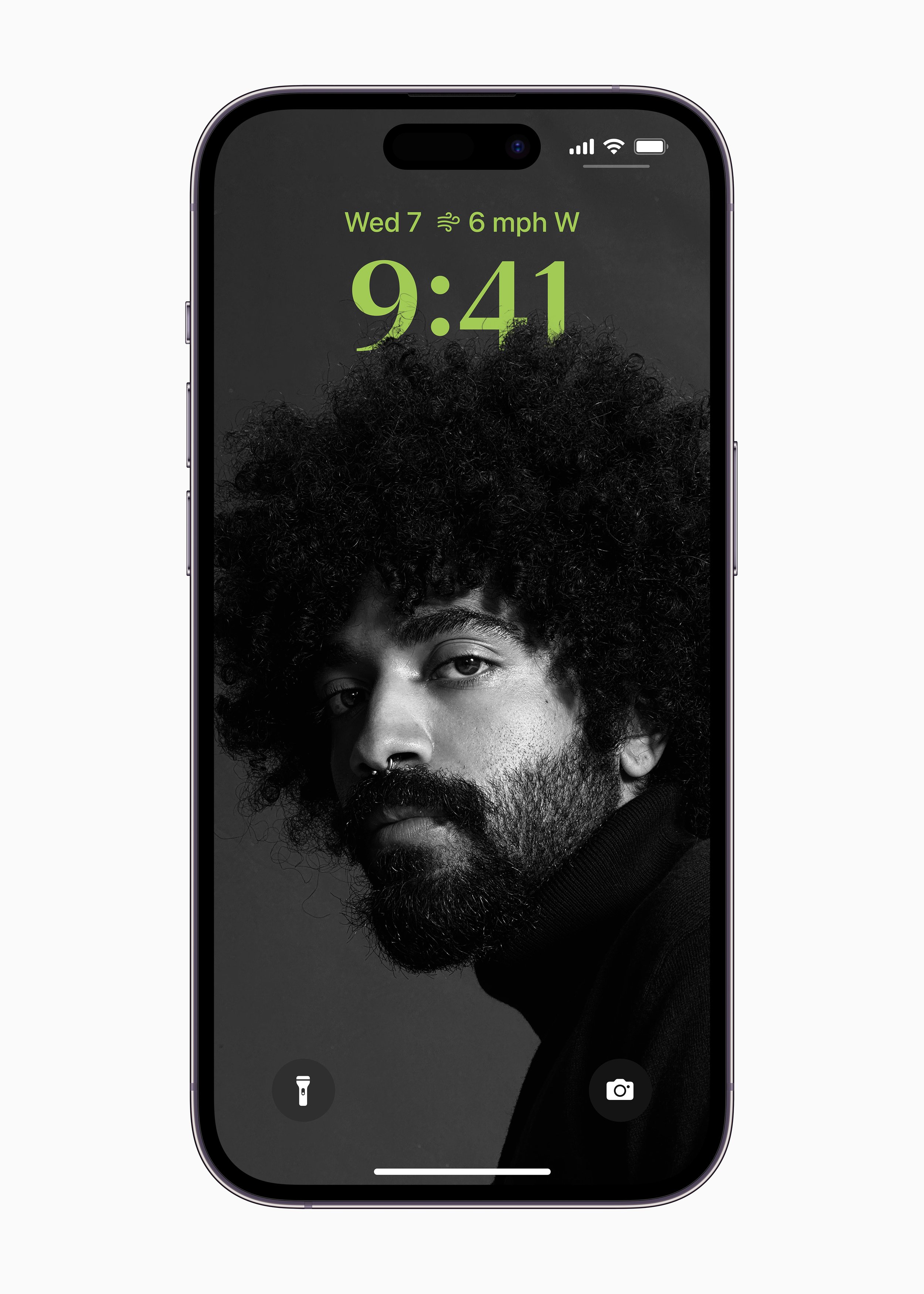
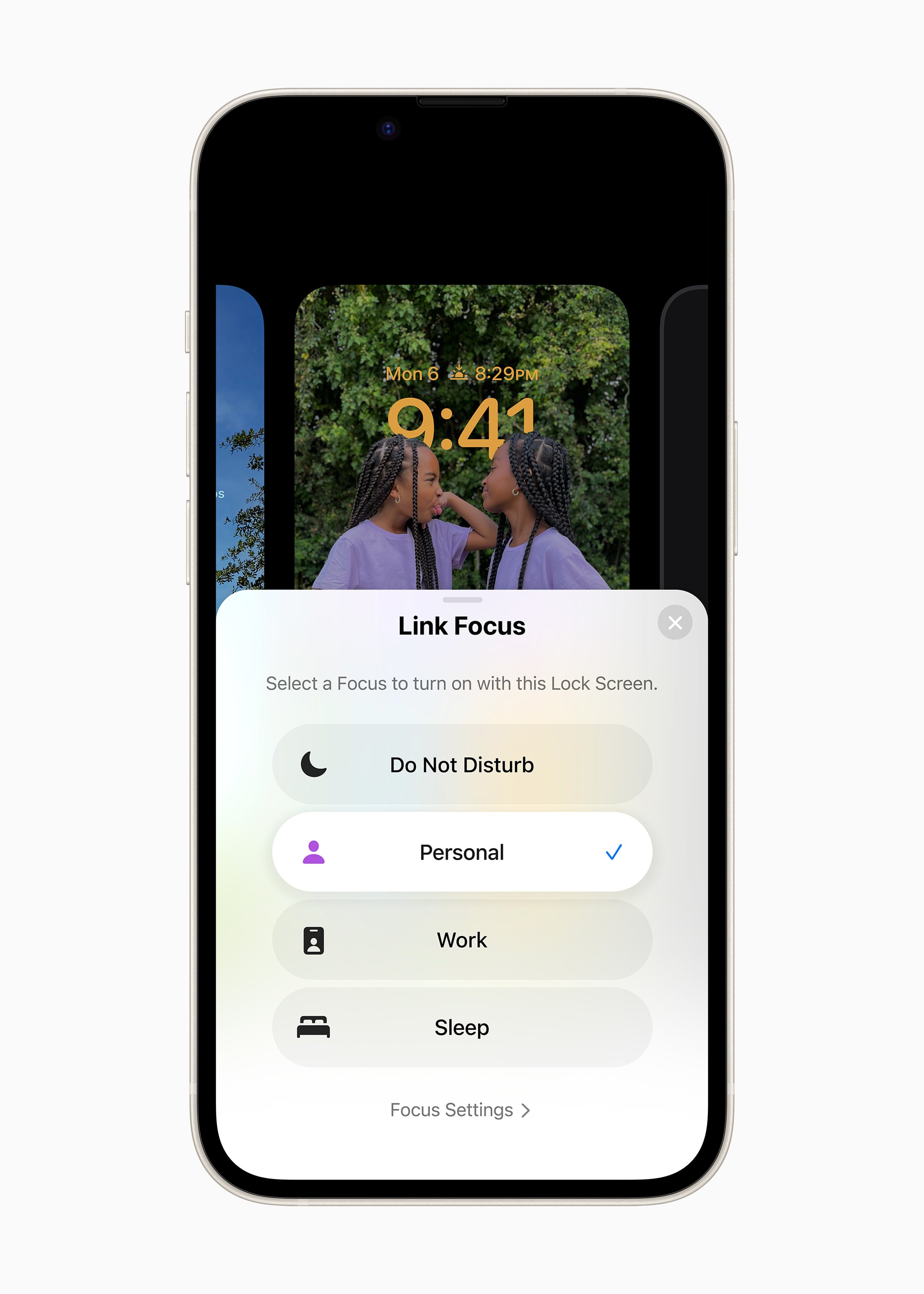
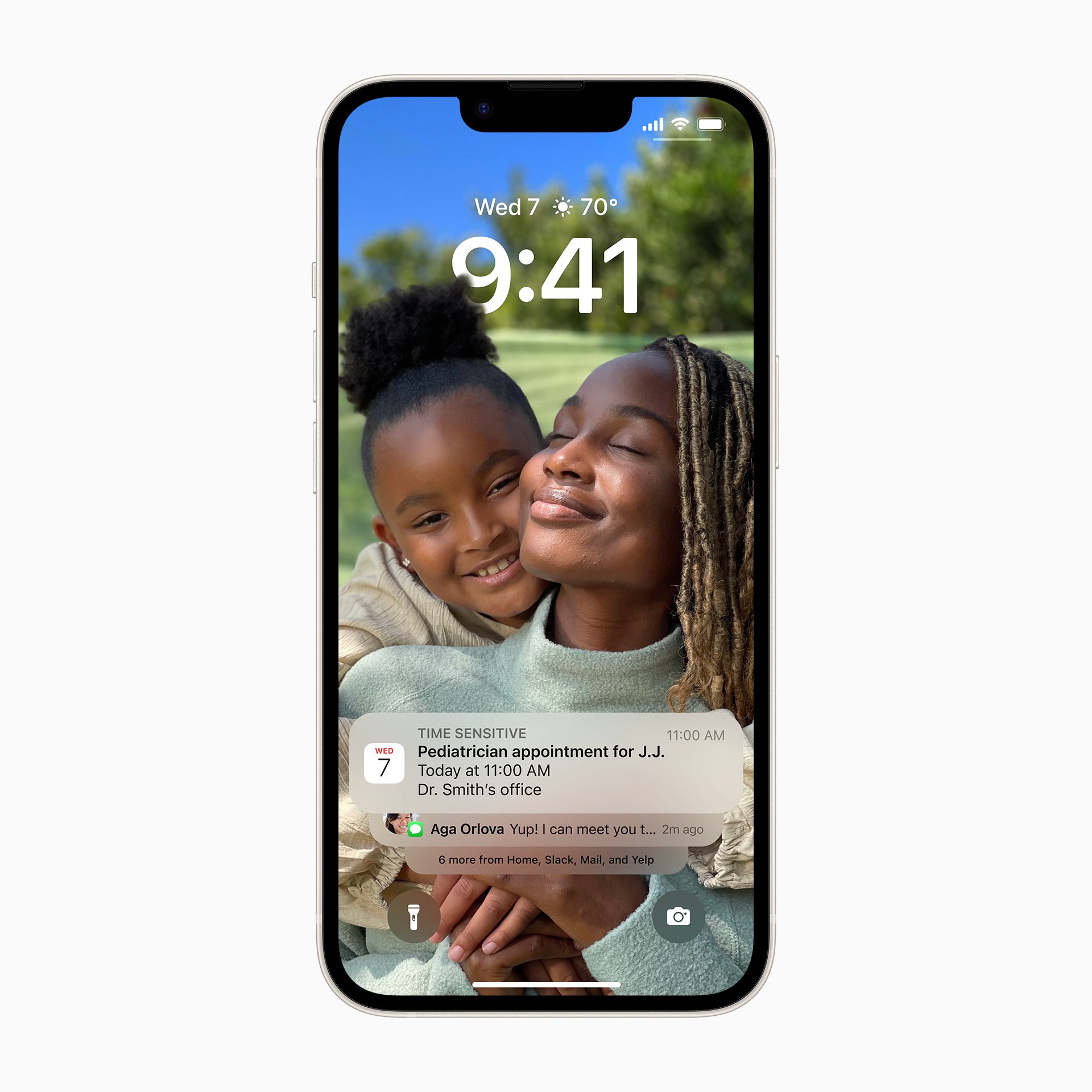
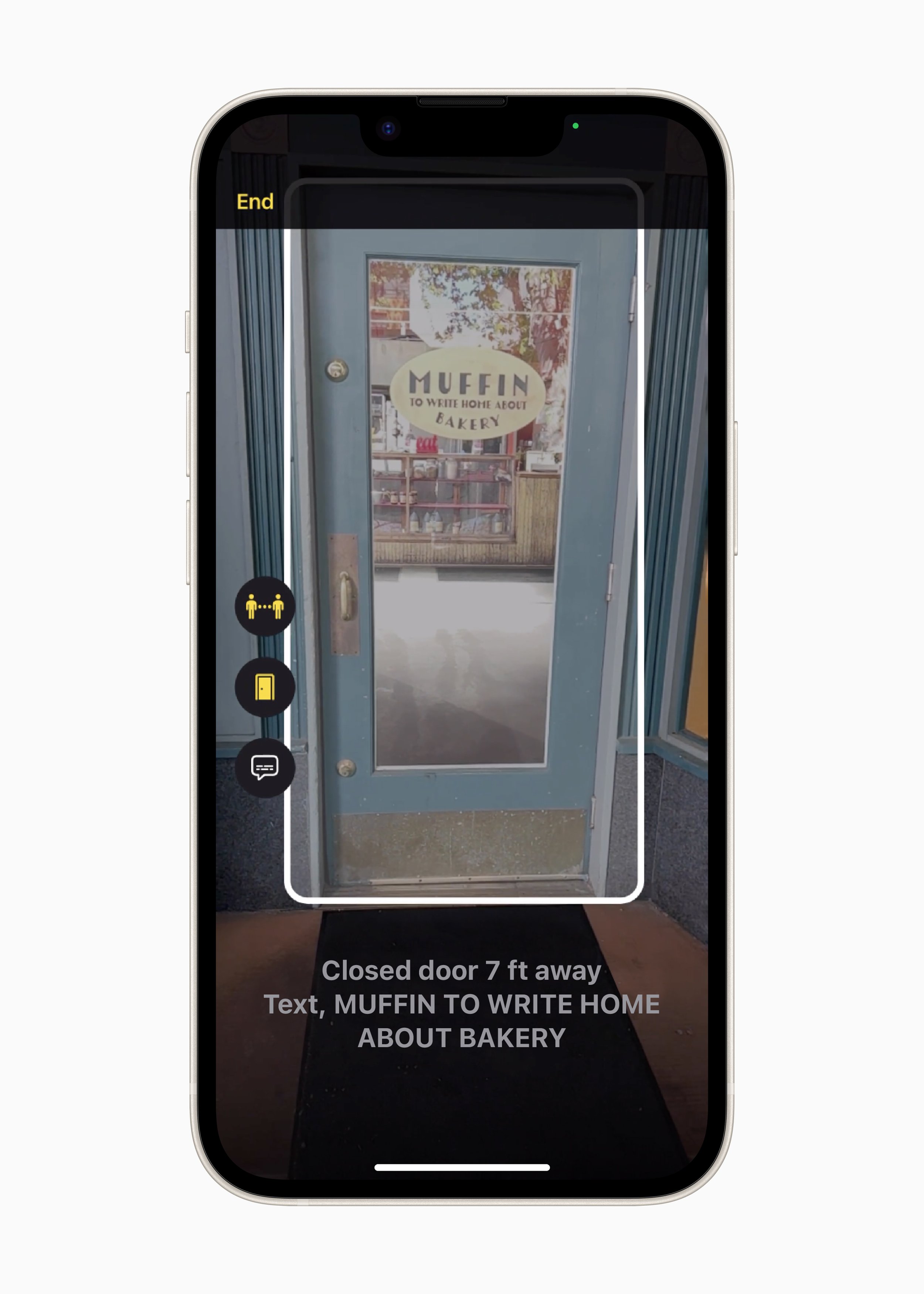

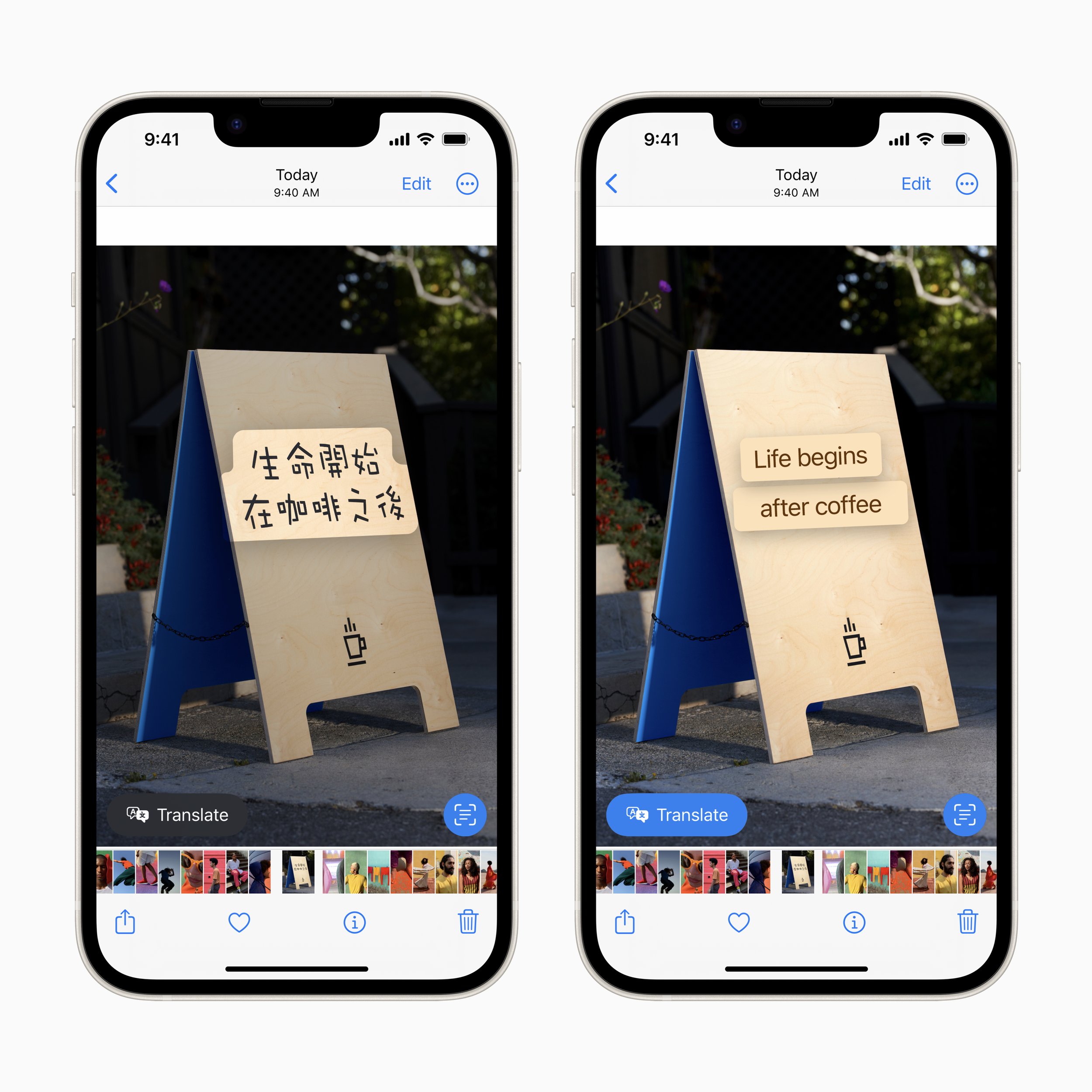
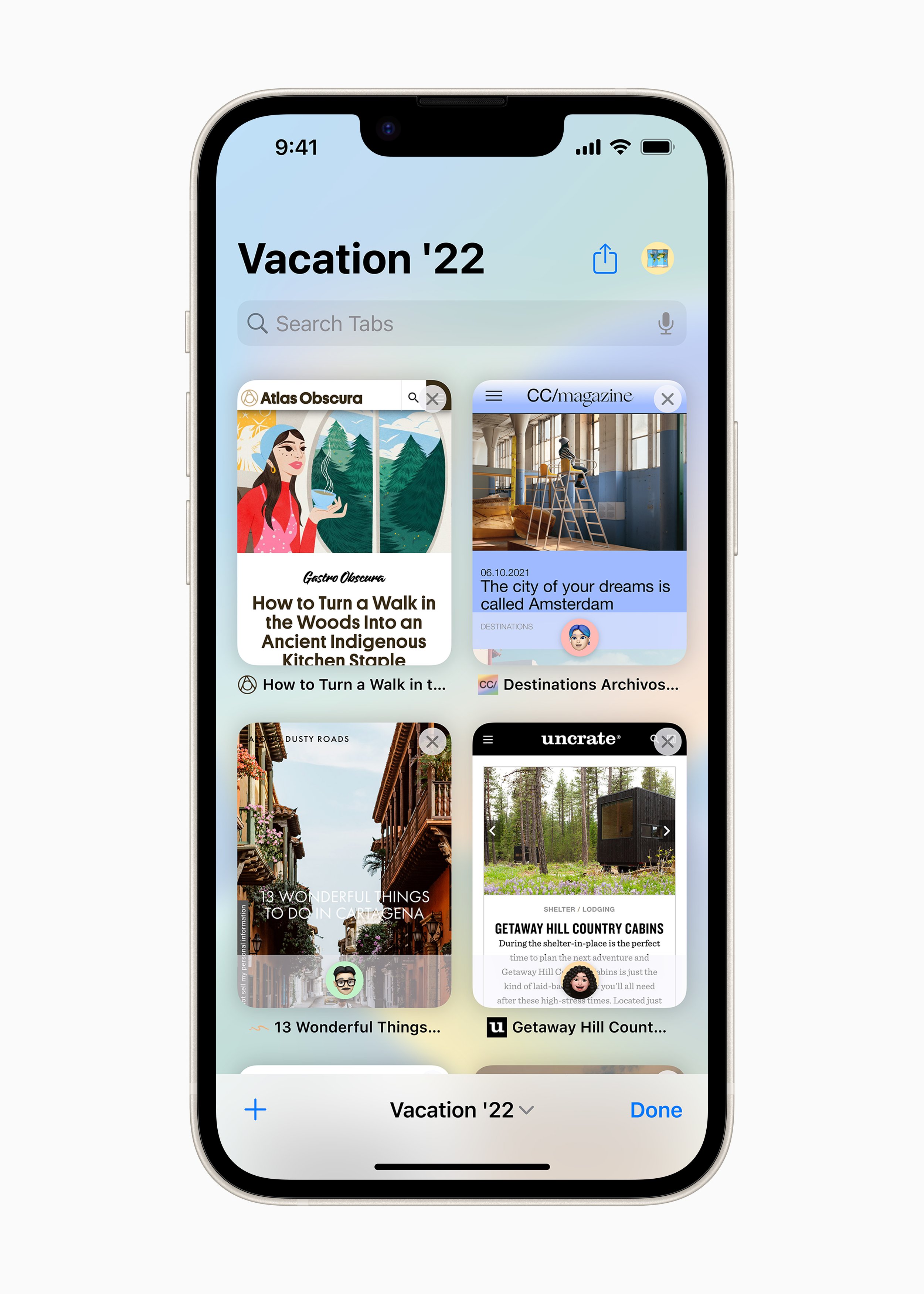
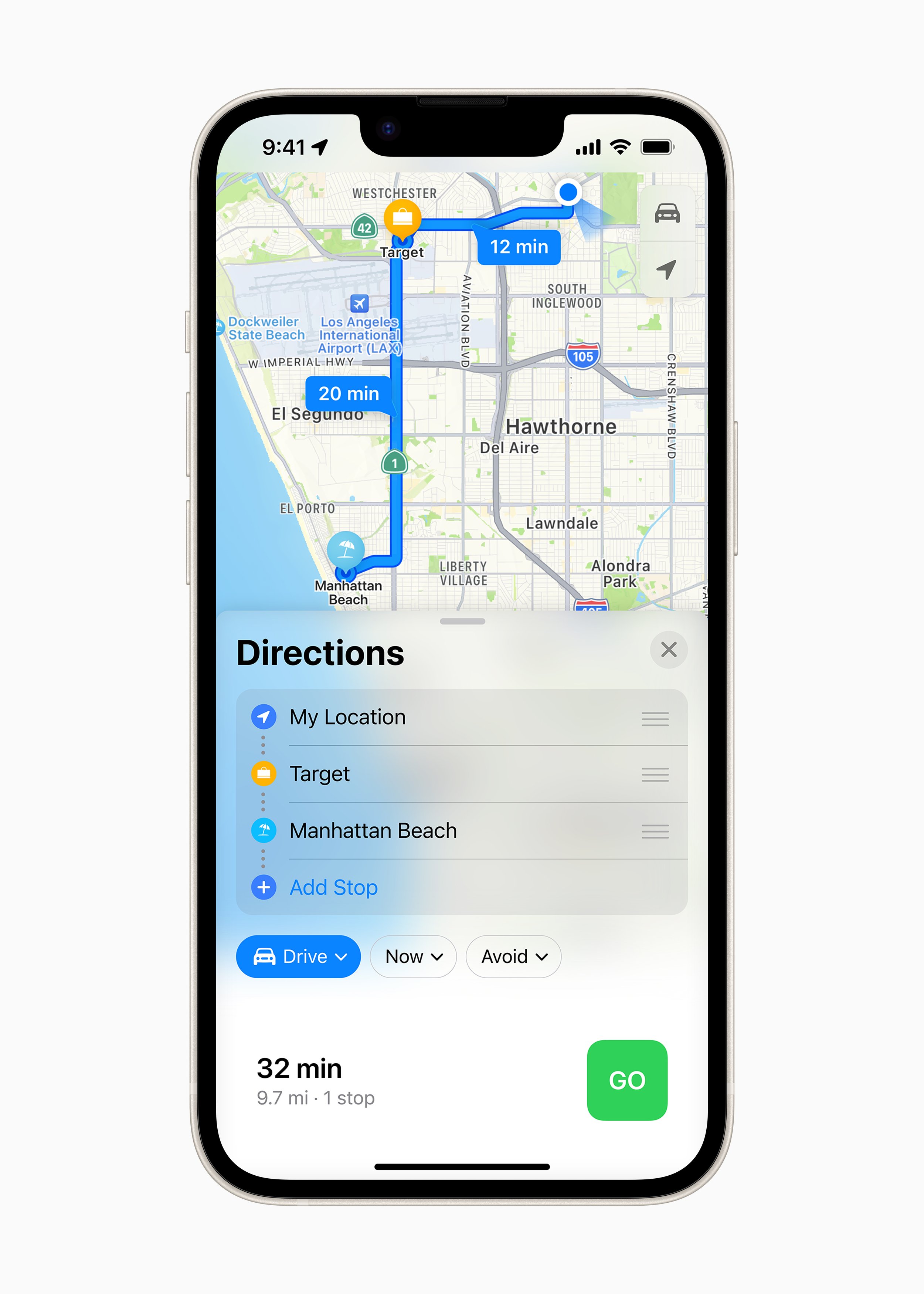
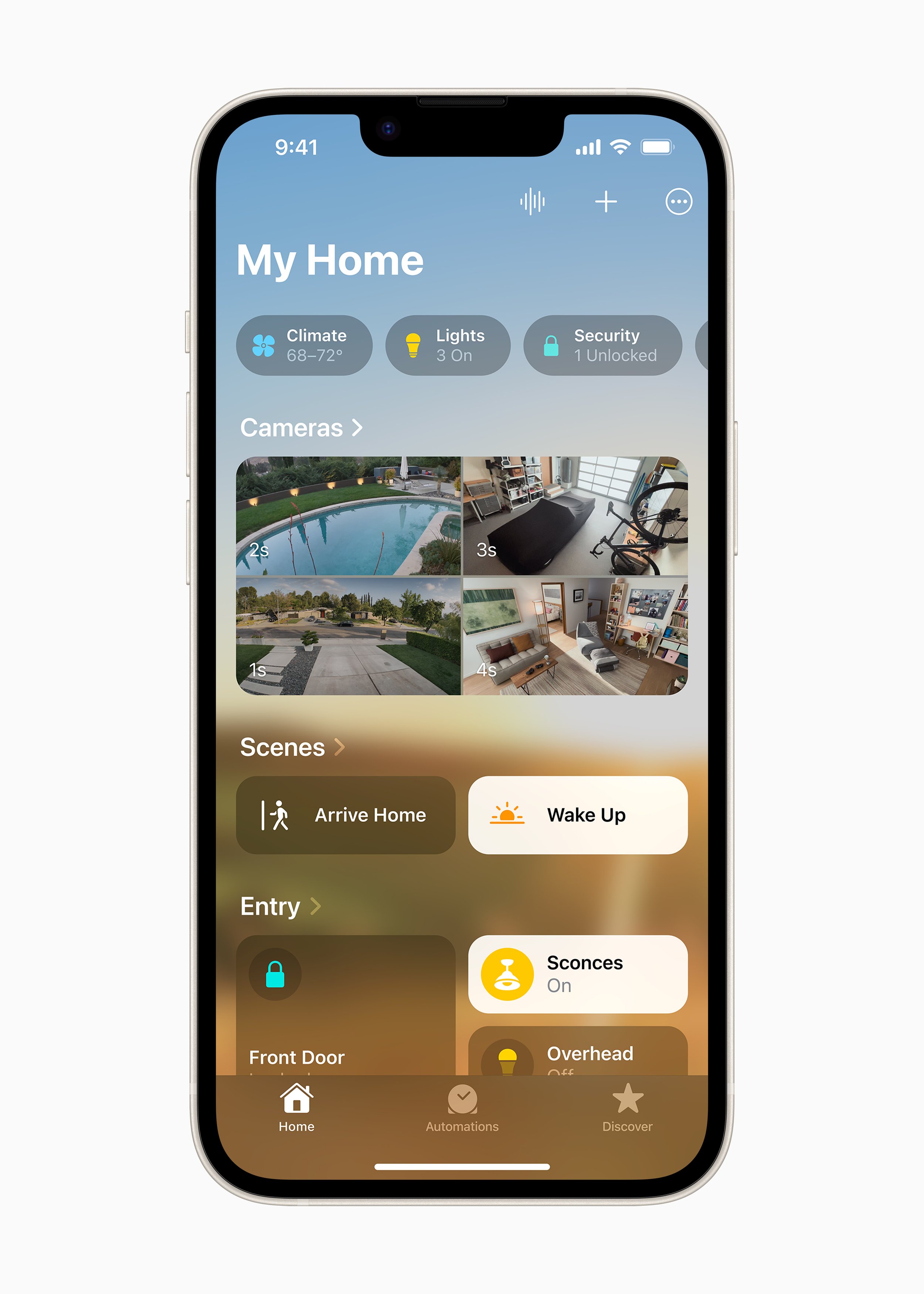

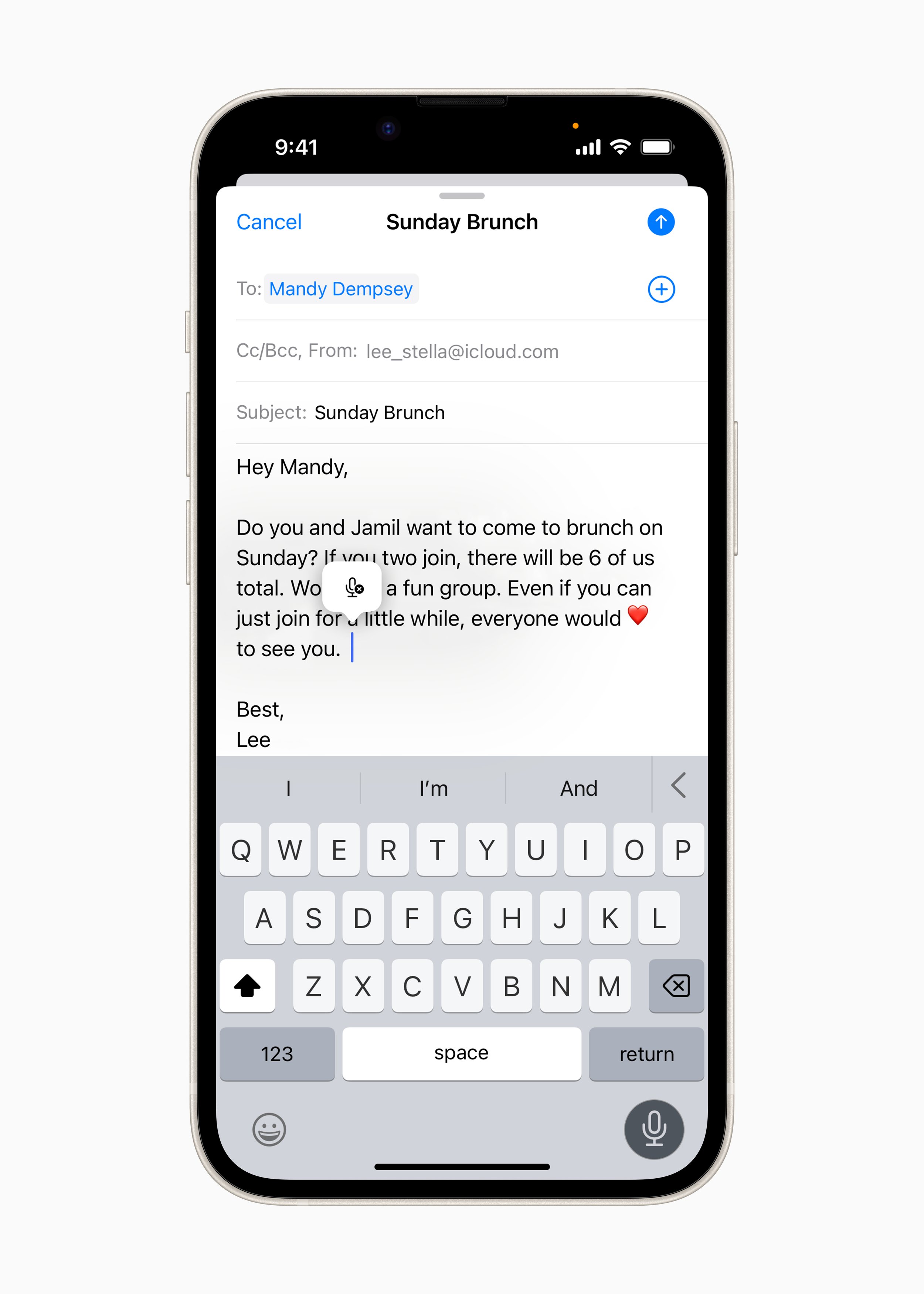
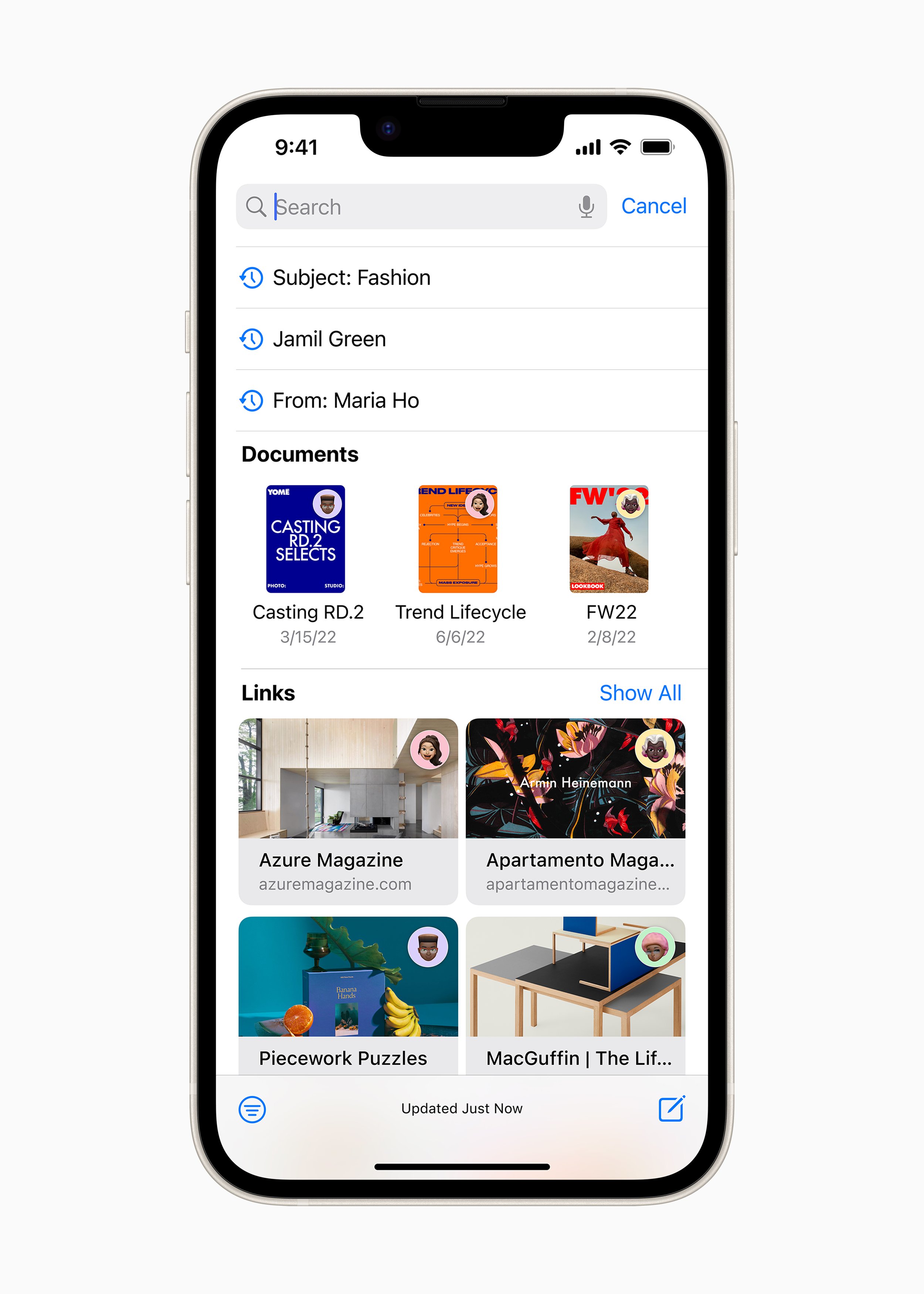
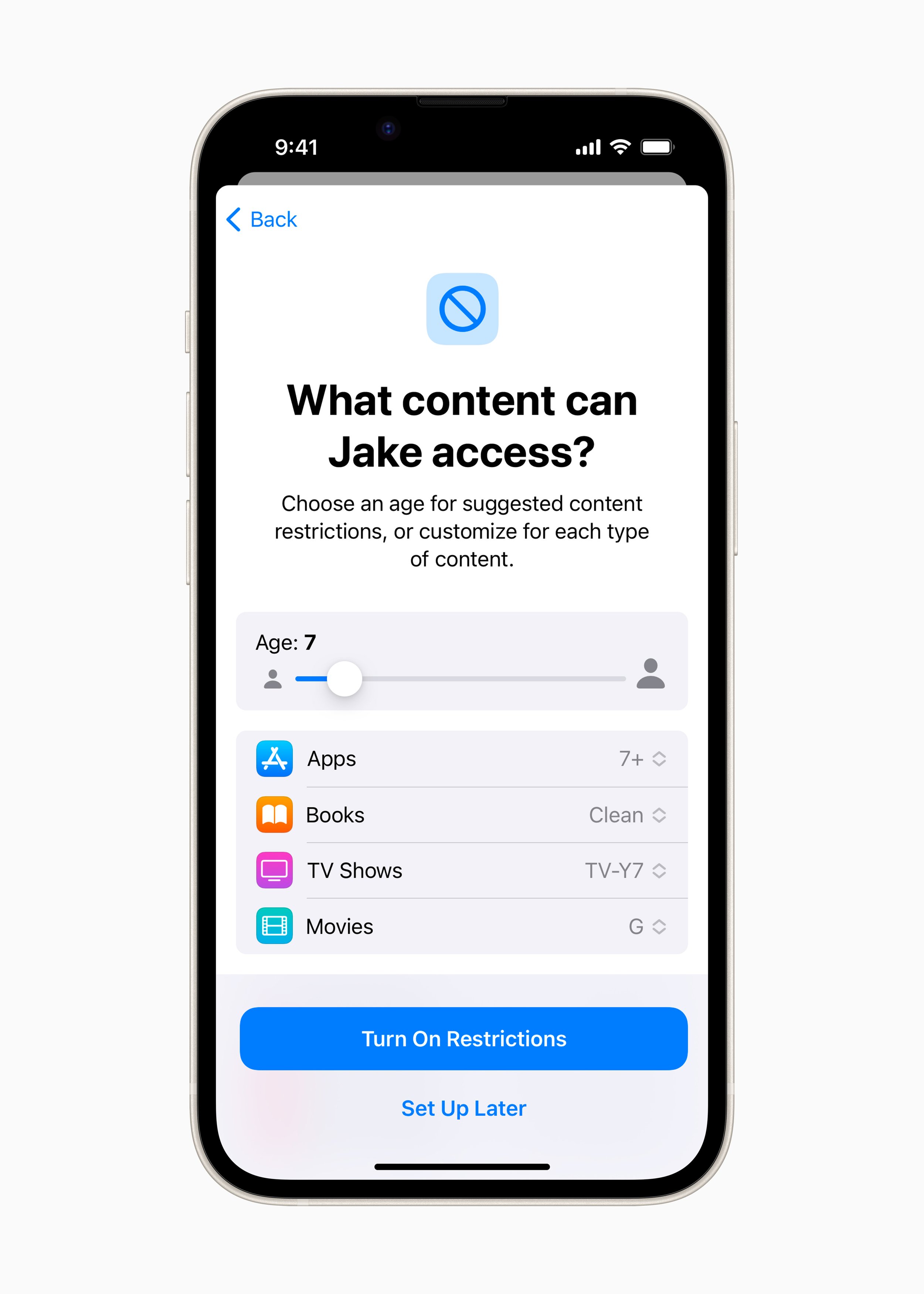
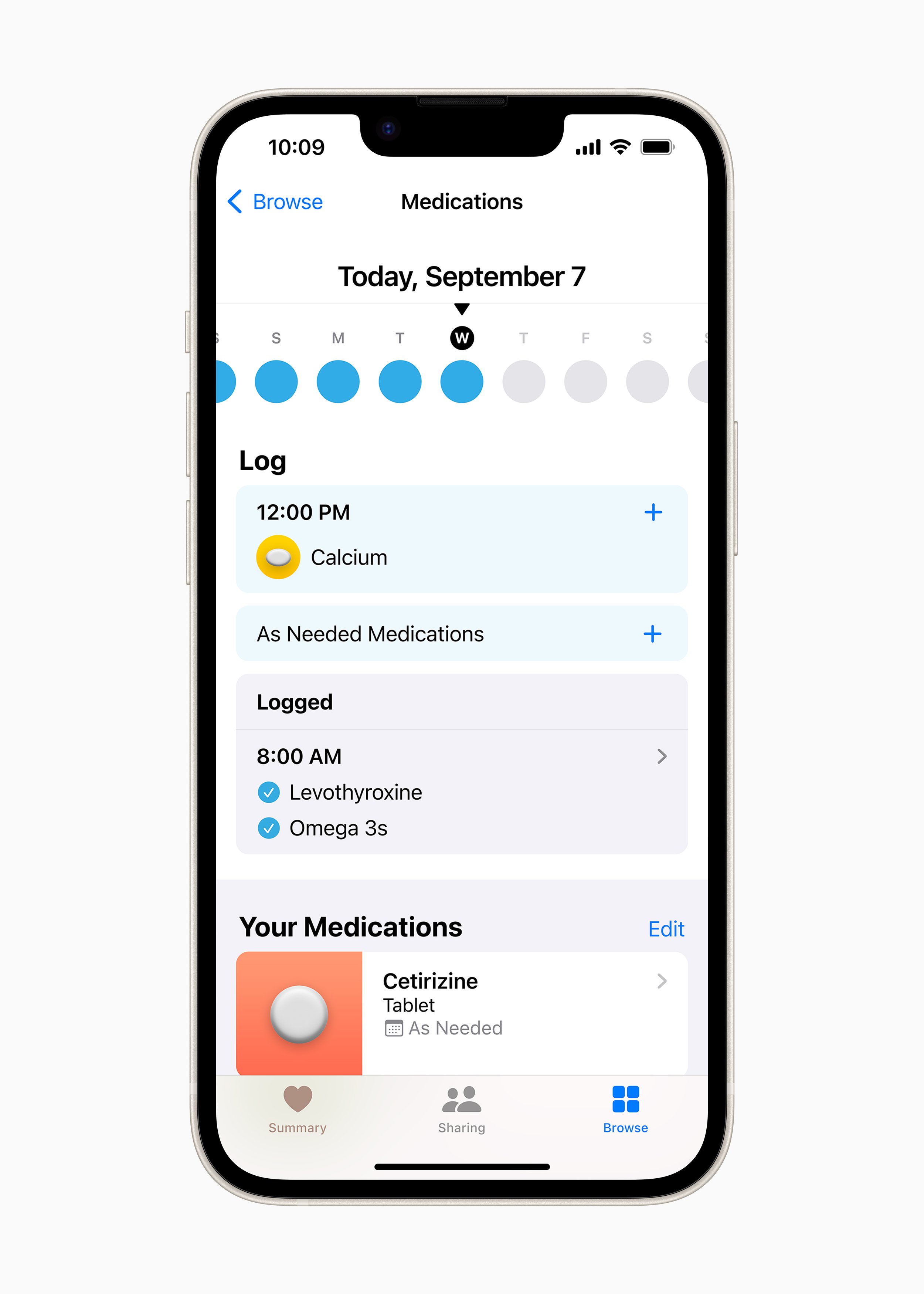

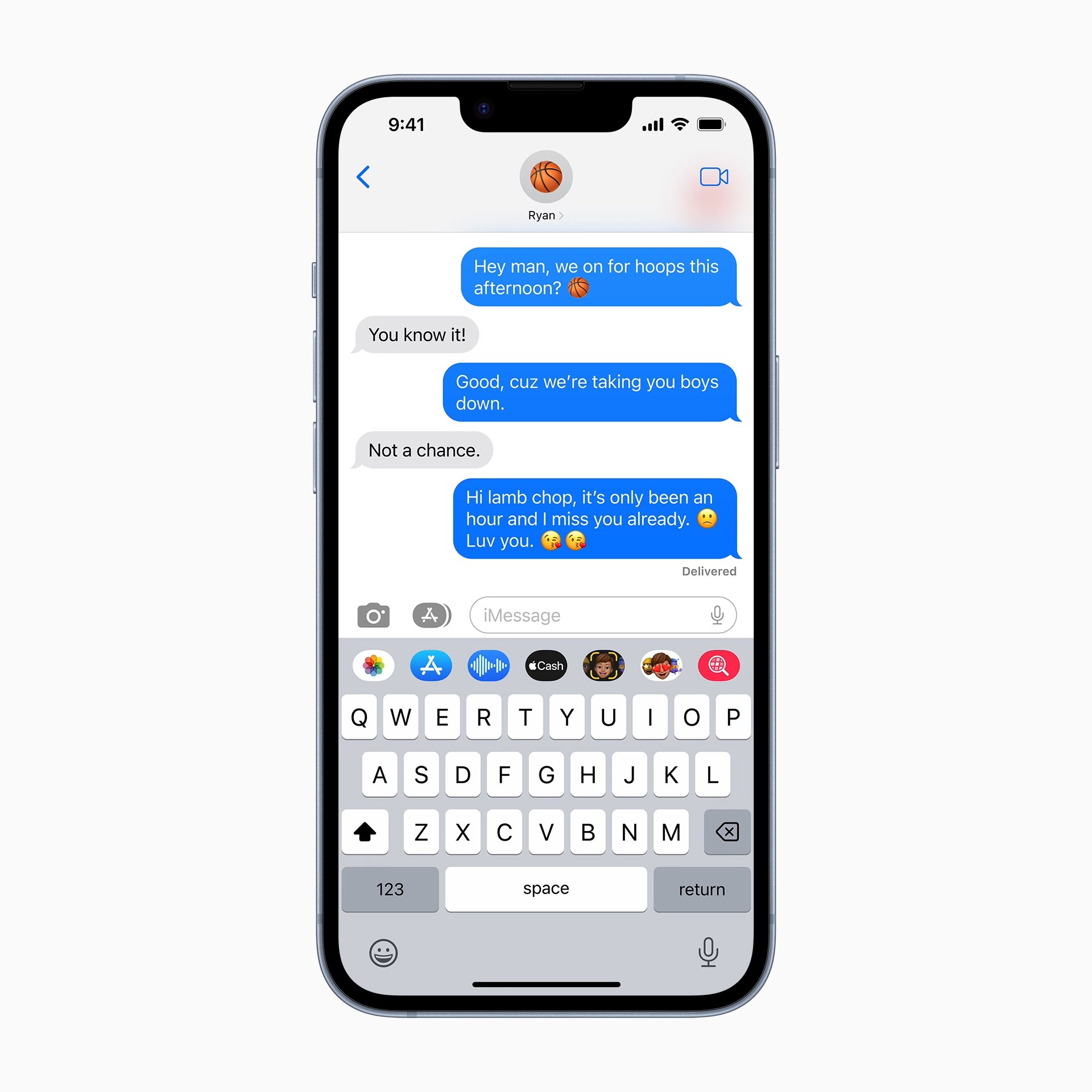


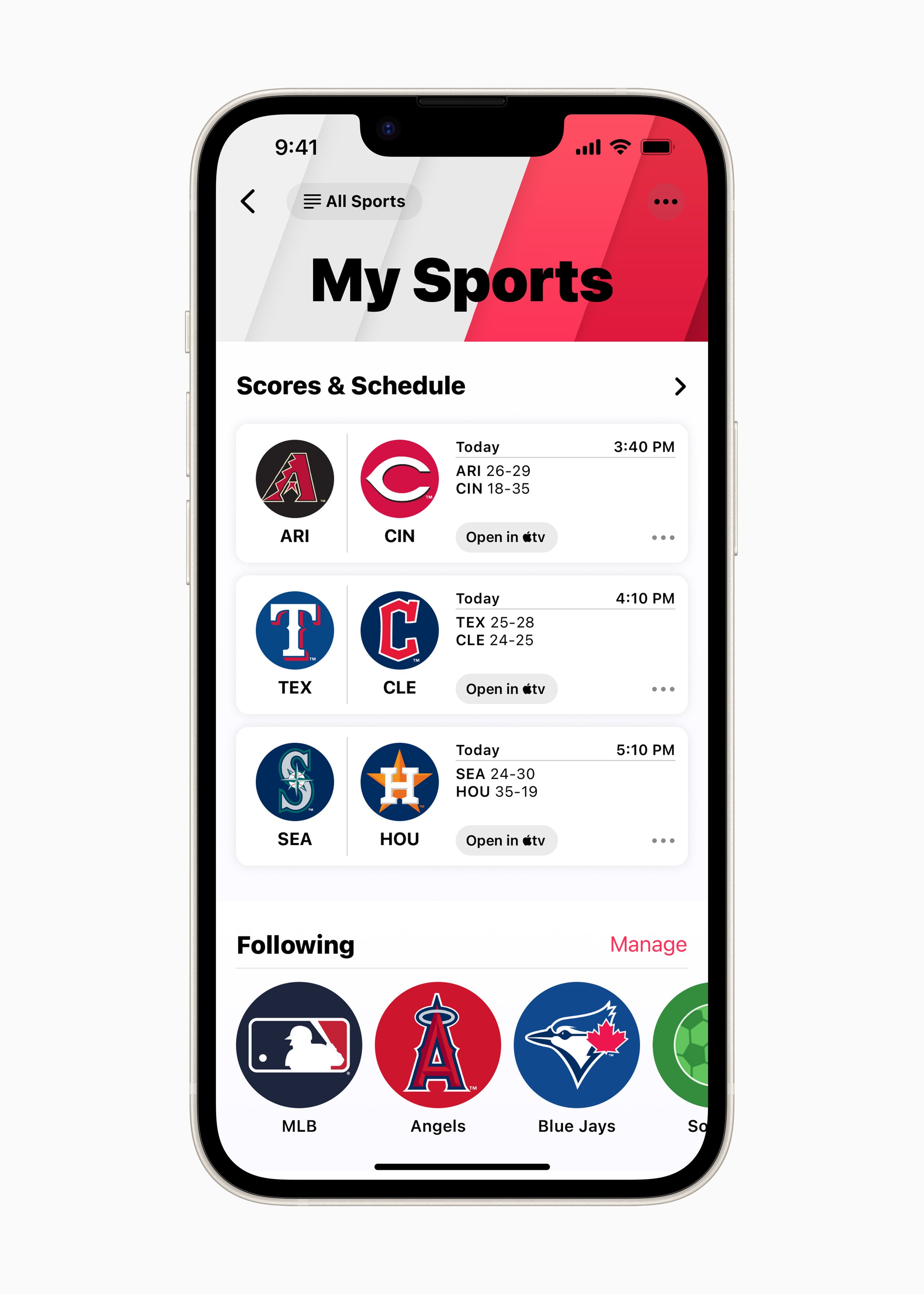





Another thing you can do now is download iOS 16, which has a redesigned lock screen built for widgets and Focus modes, new ways to manage notifications, and more. Speaking of more, that's another software update that’s out today. tvOS 16 is also available on Apple TV and HomePod. It introduces compatibility with Nintendo Switch's Joy-Cons and Pro Controller, HDR10+ support, rich video previews on the Apple TV+ tab of the TV app, and Intensity Metrics for Apple Fitness+ subscribers.
Oh, and as for the theme of the event? That's because the iPhone 14 lineup can use satellites in emergencies where you don't have cell service. It's free for two years, but there's no telling what it'll cost after that.
Until next time!
Thanks to Thomas Stoneham-Judge from Movies For Reel, Shane Conto, Joseph Davis, David Walters, Ambula Bula, Matthew Simpson, Thom Blackburn, Aaliyah, Libby Stephenson, and Roze for supporting Austin B Media on Patreon!

